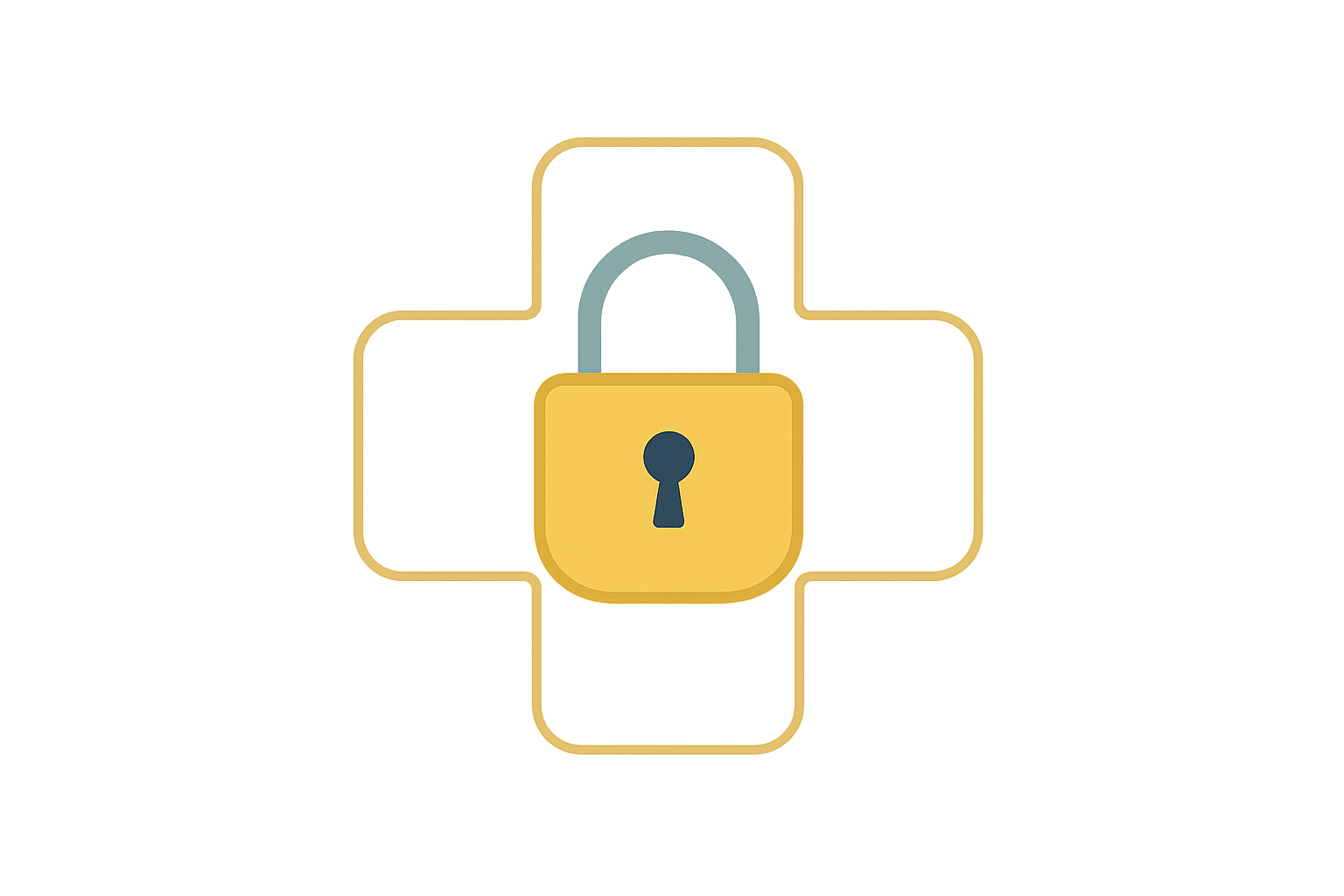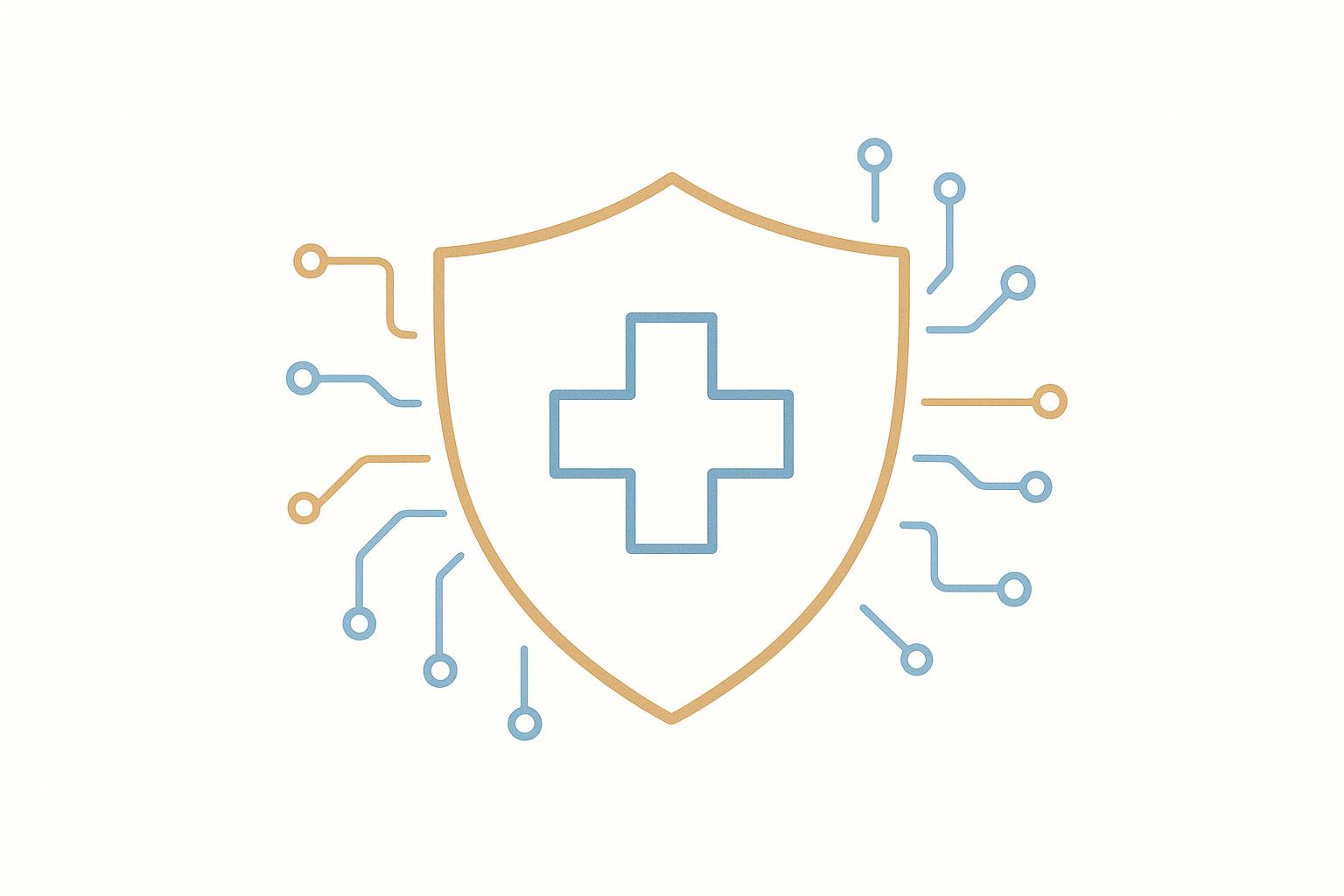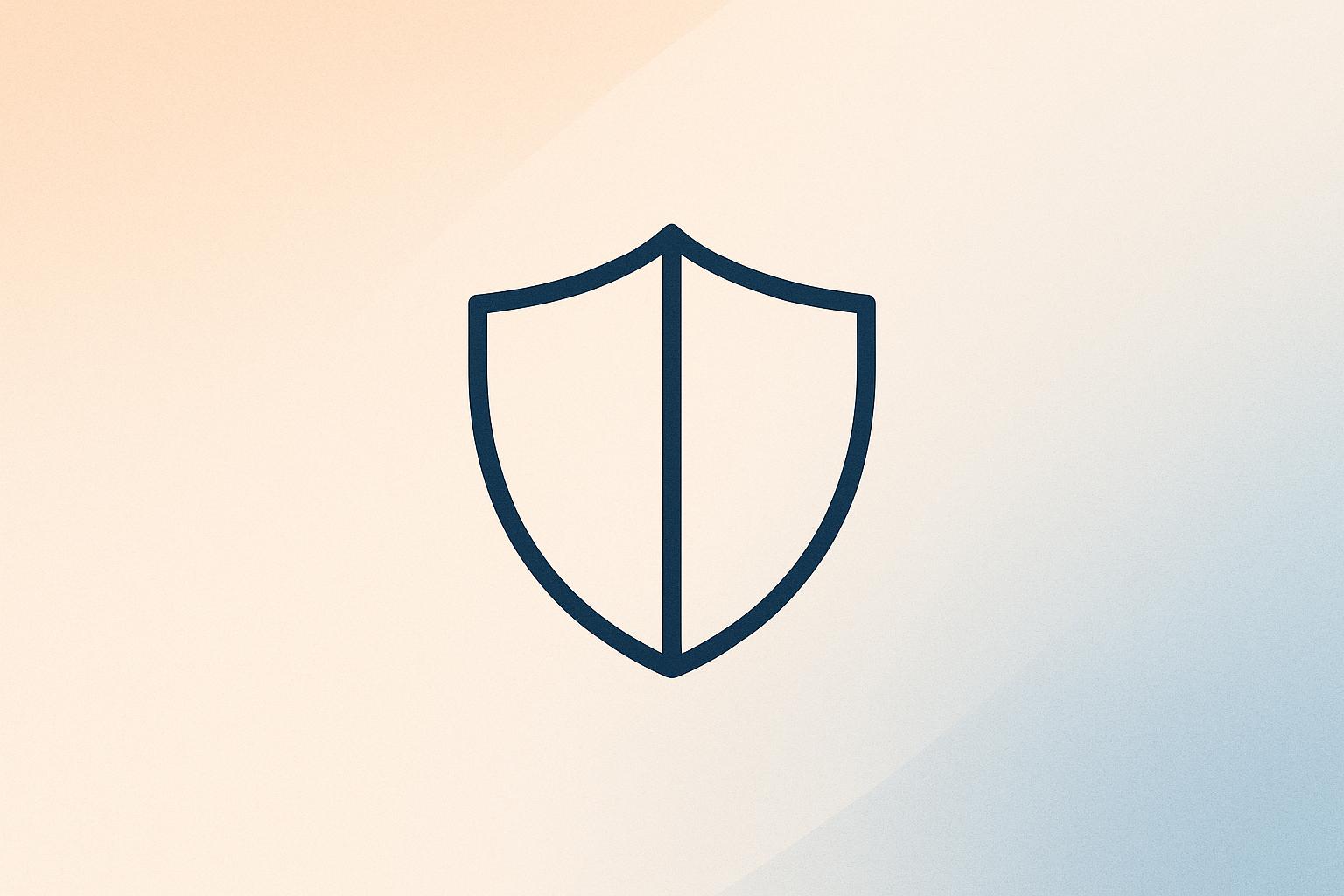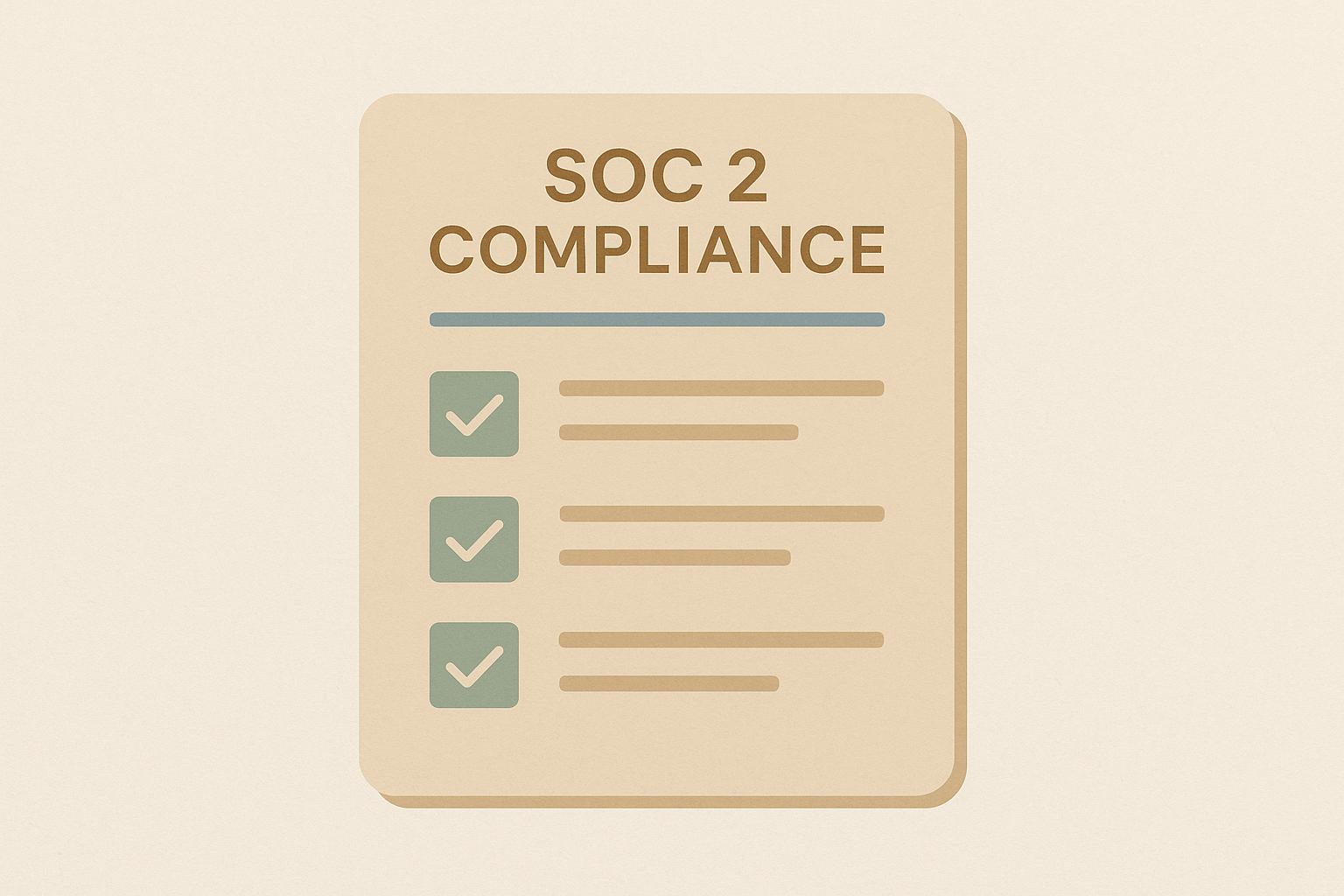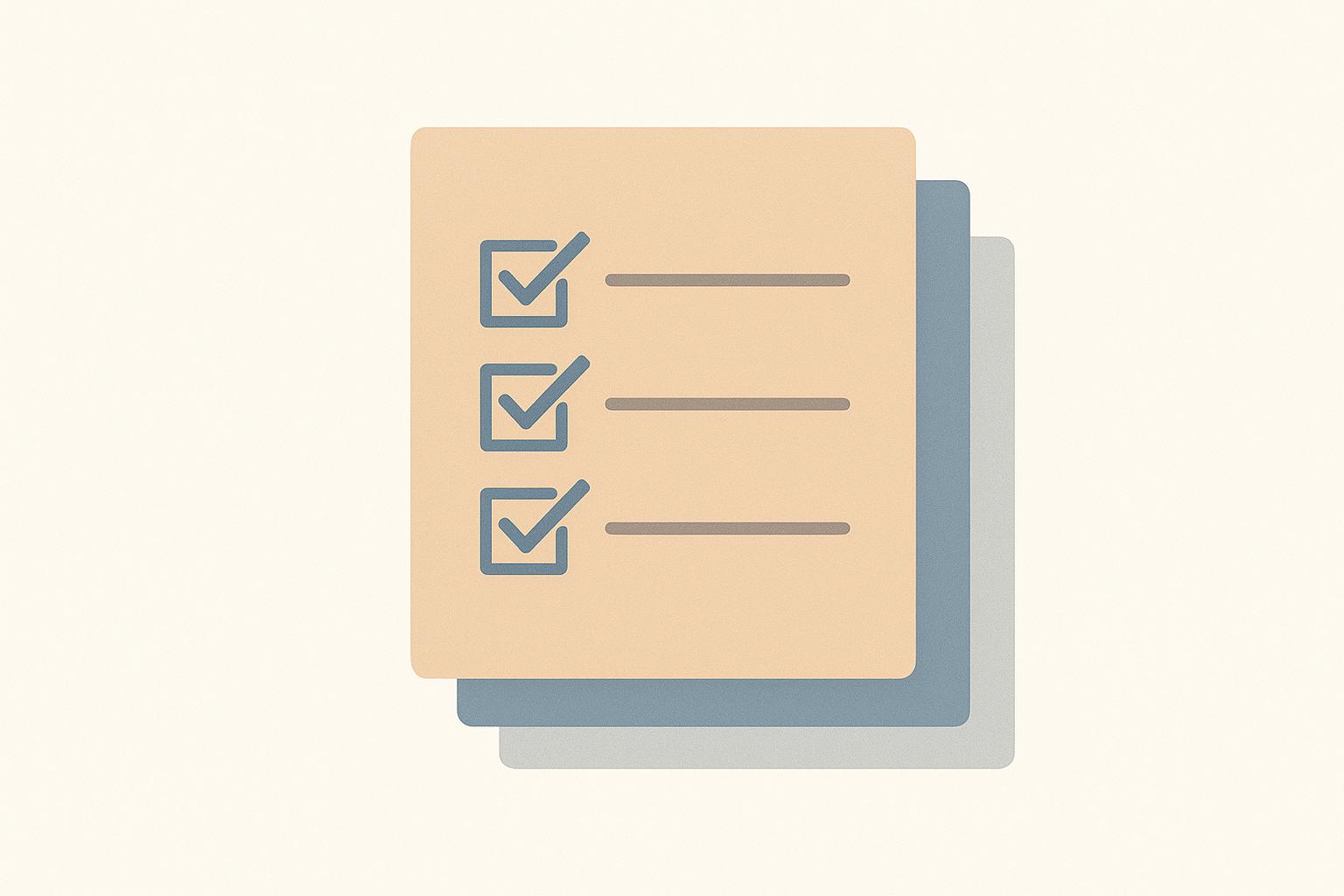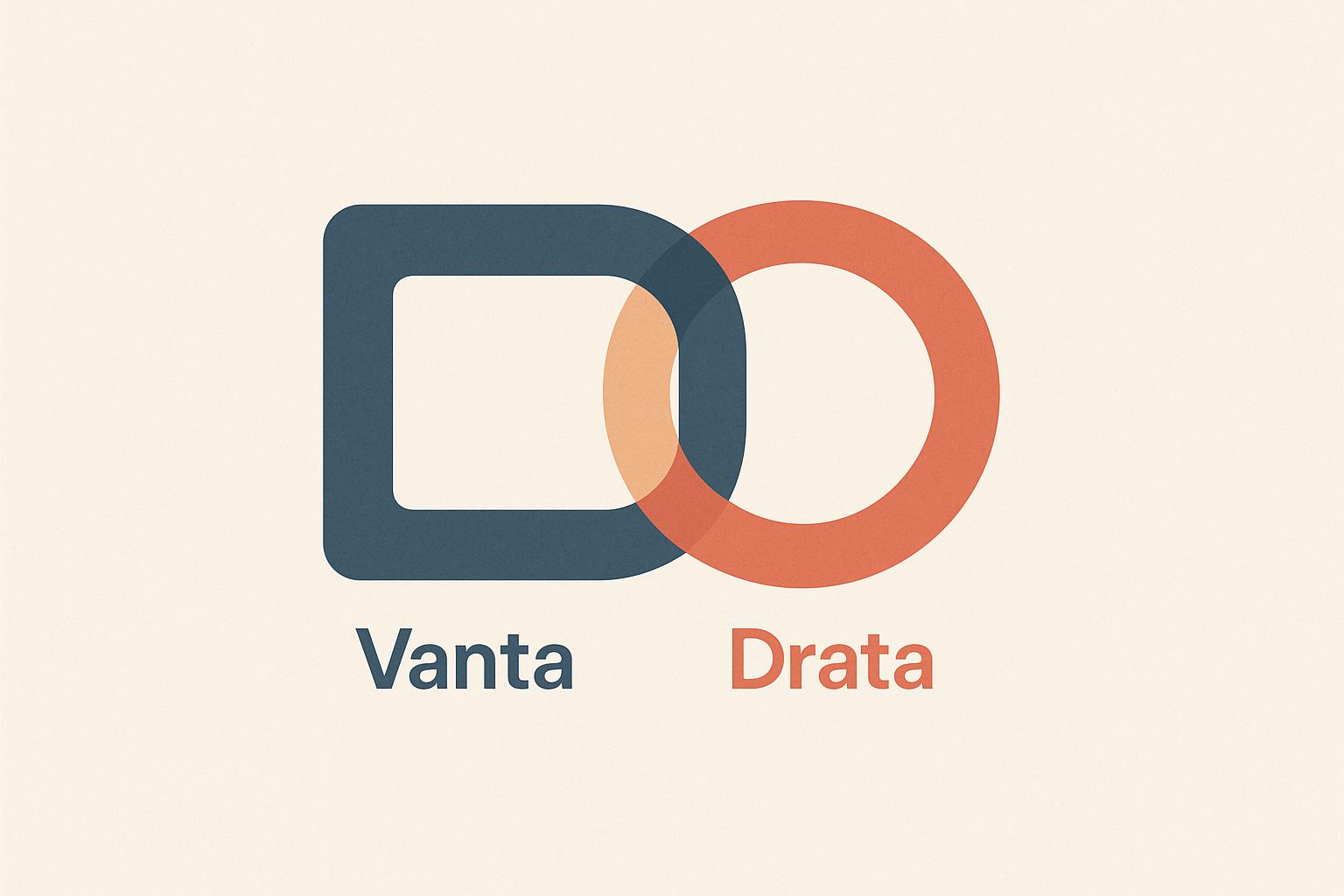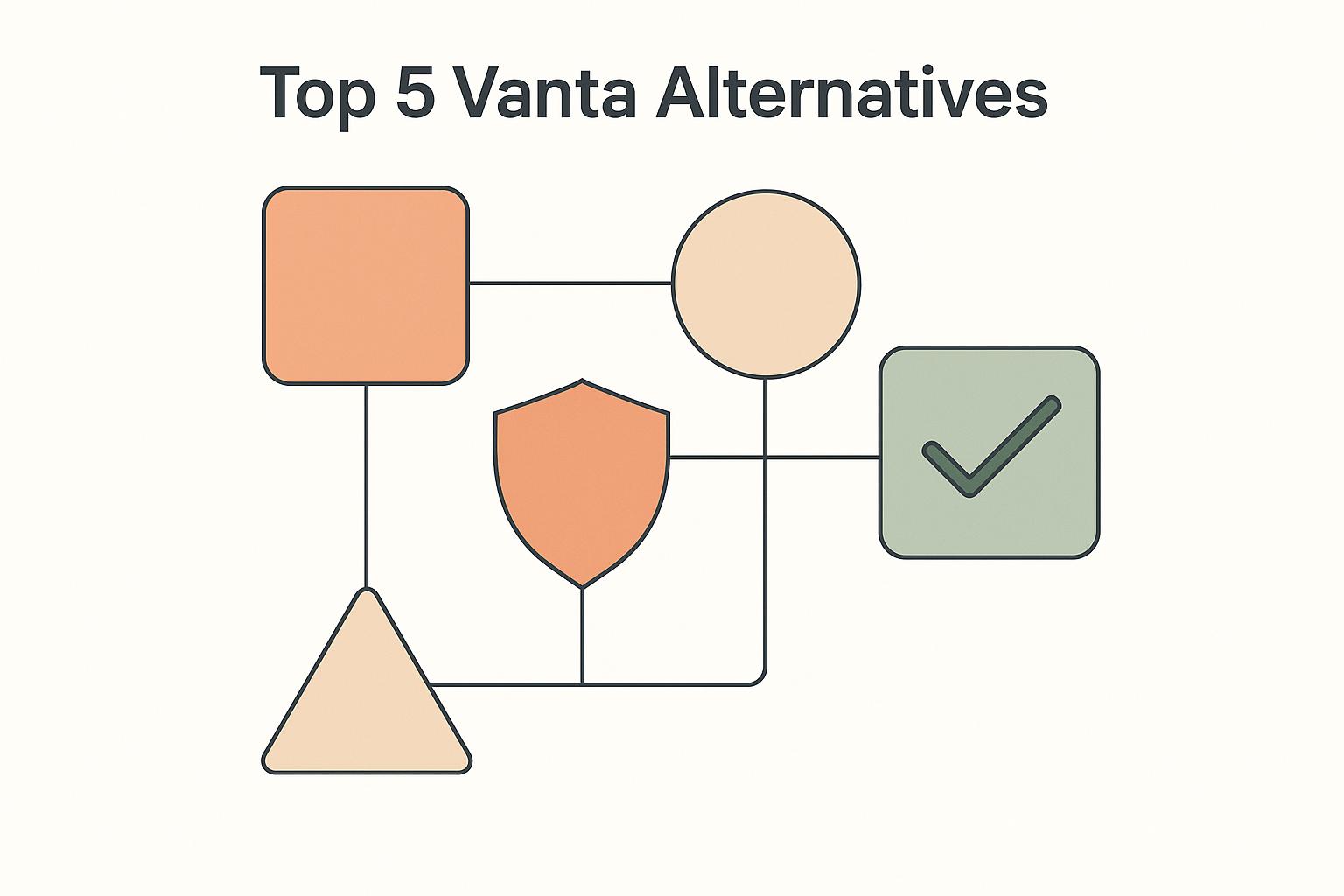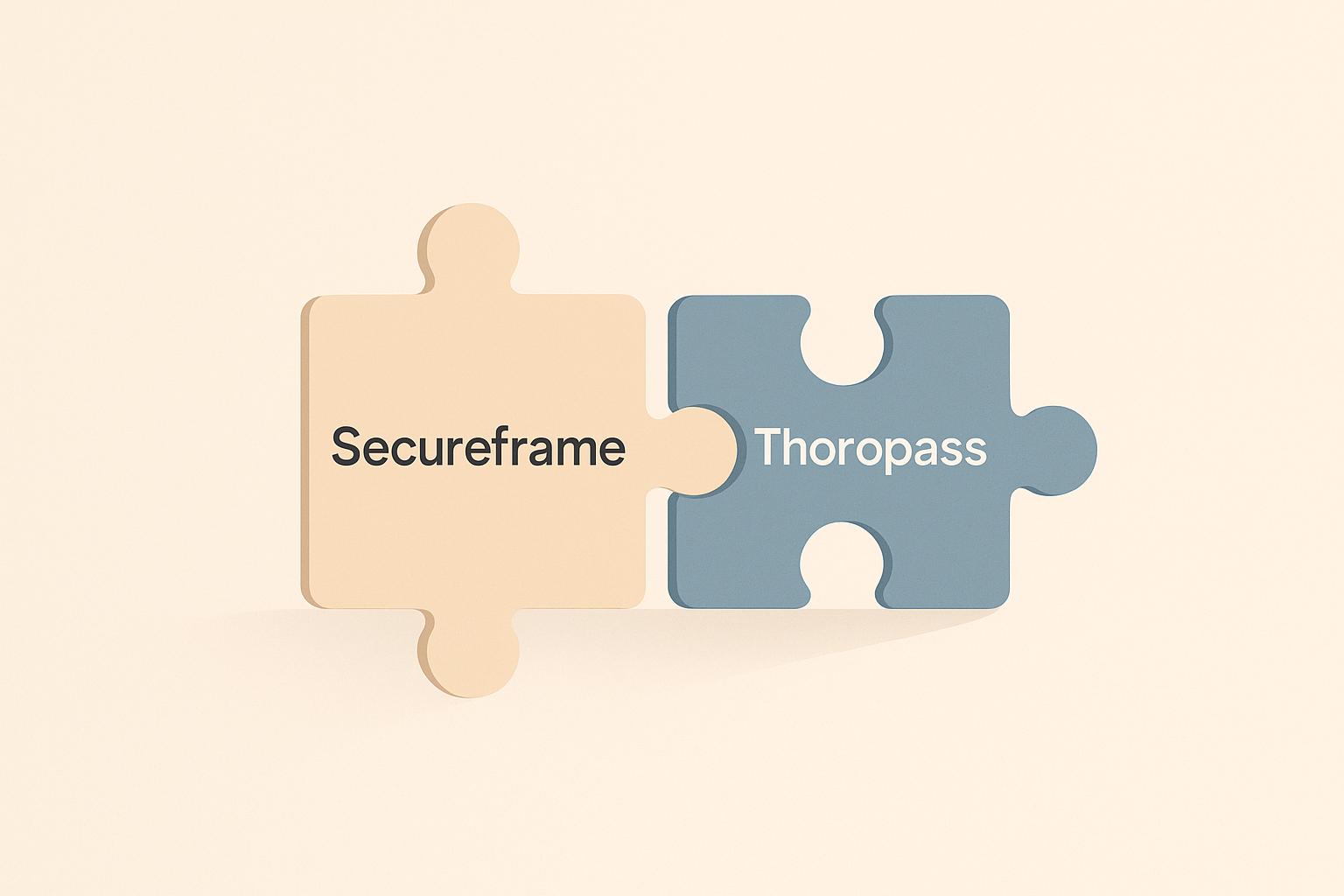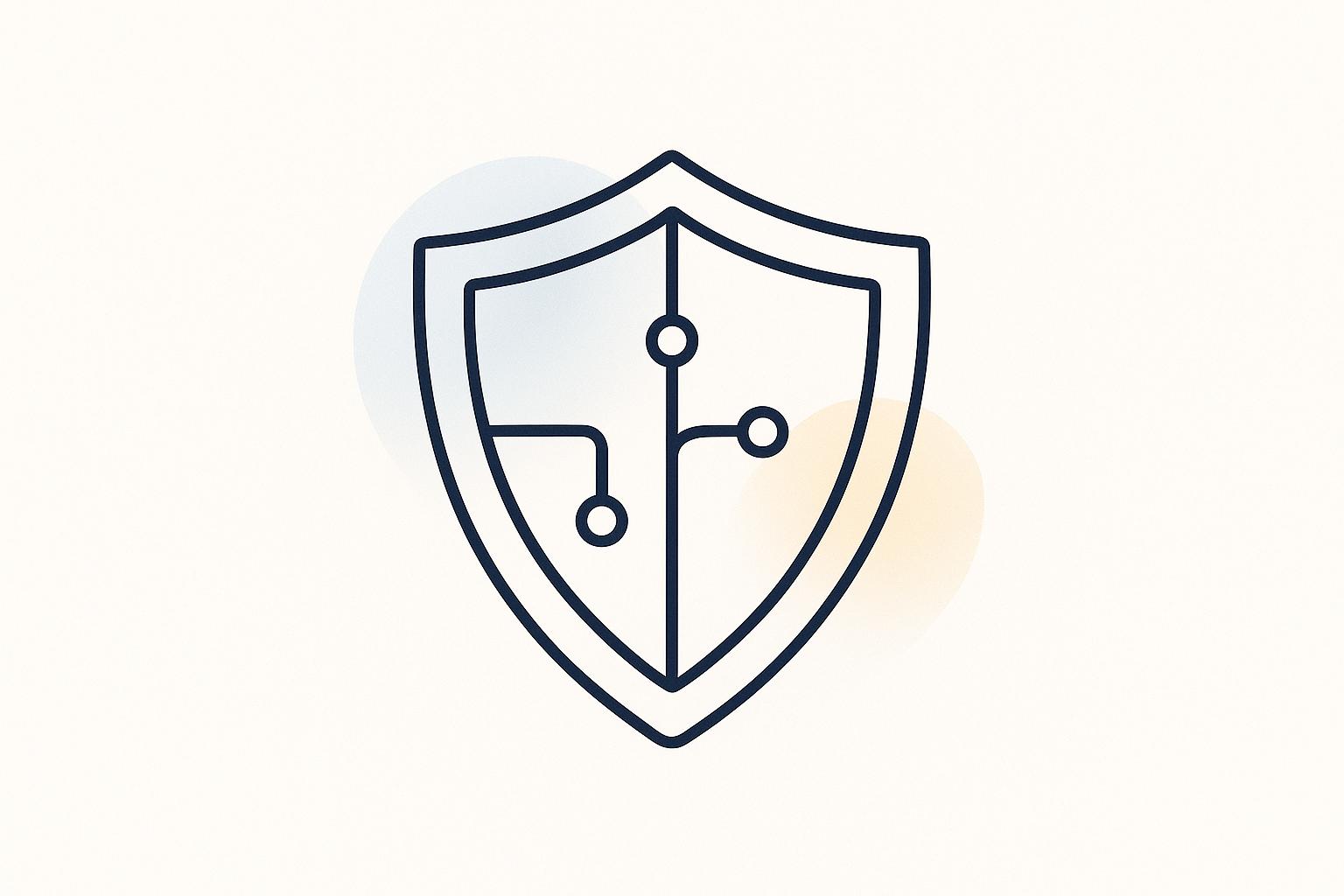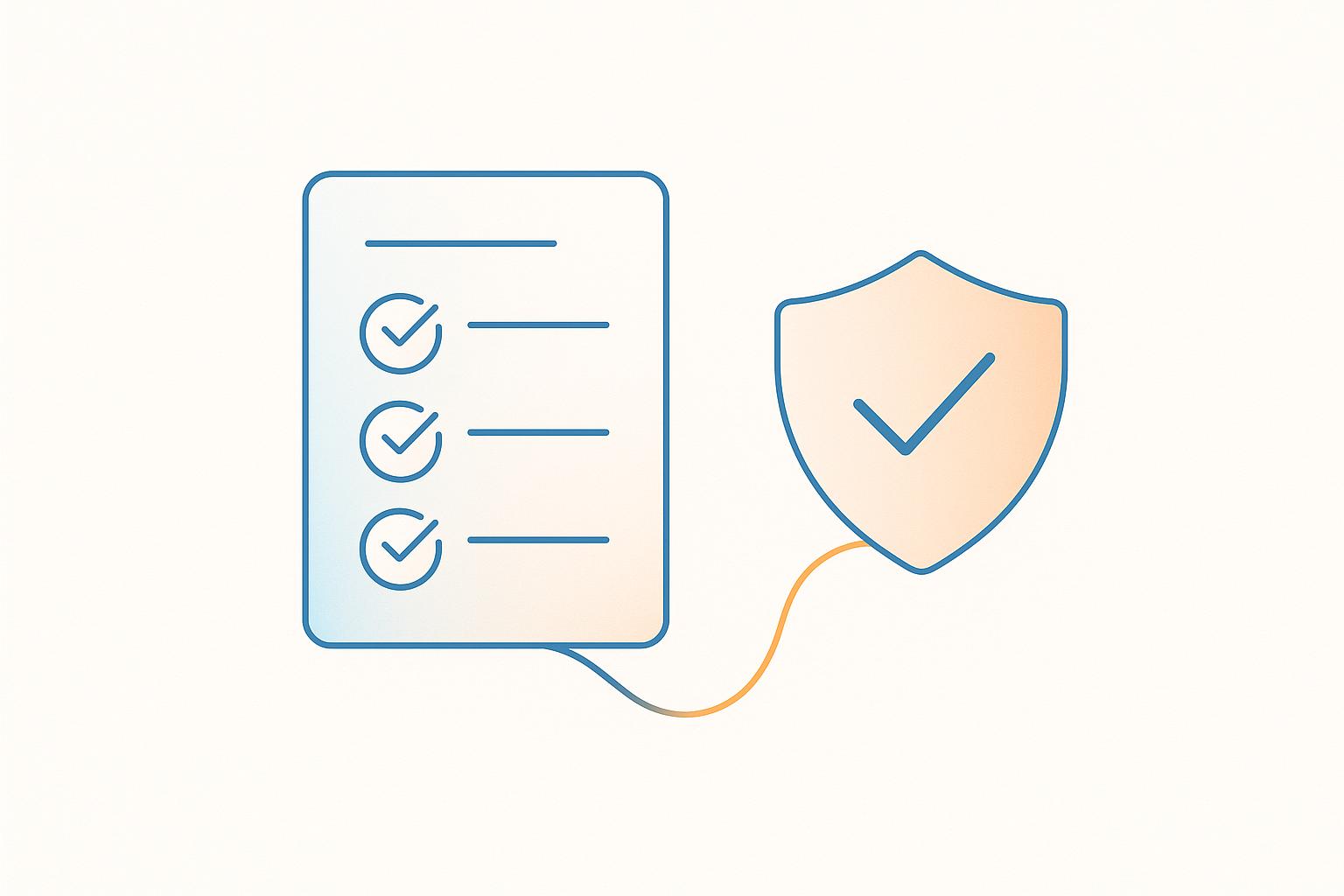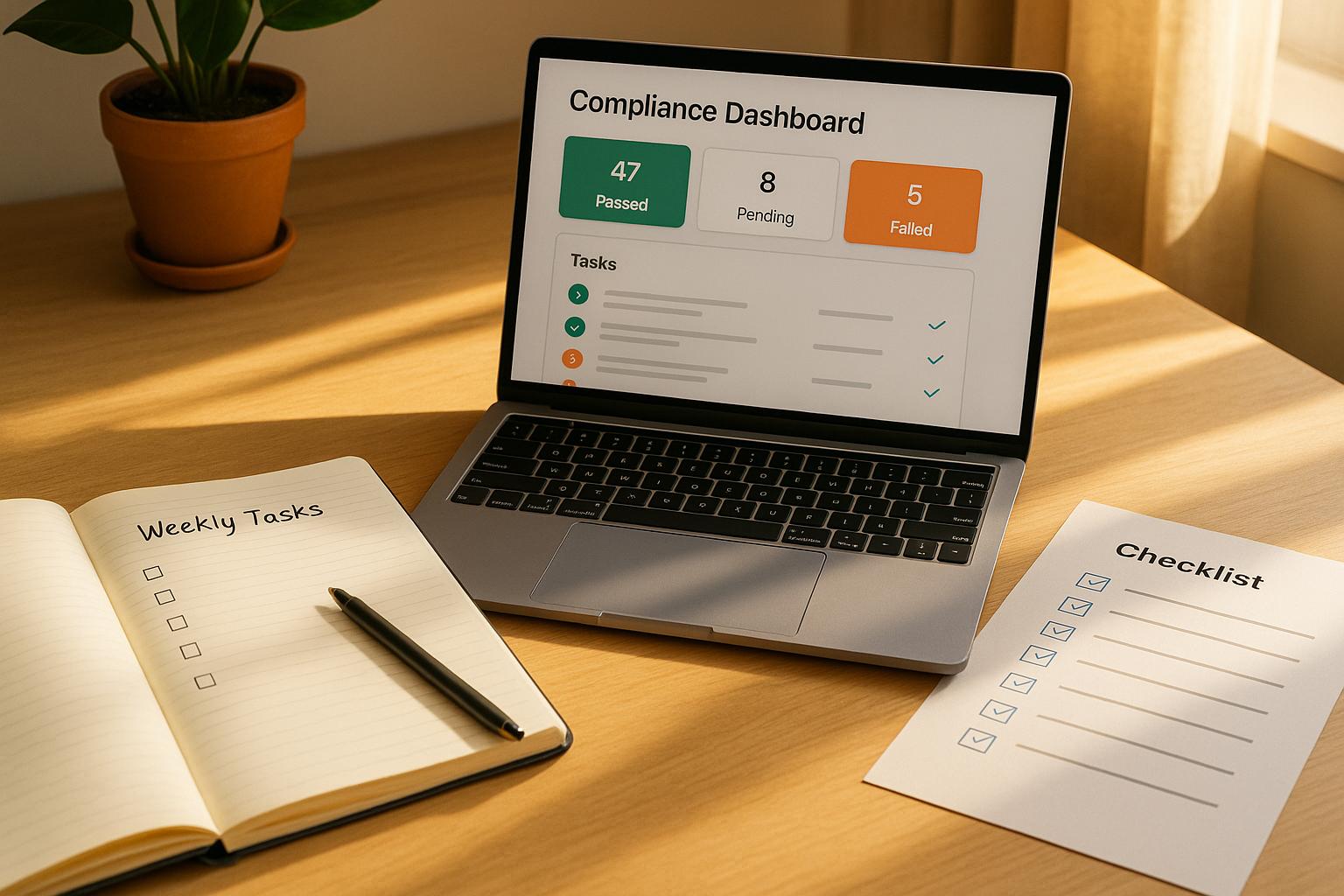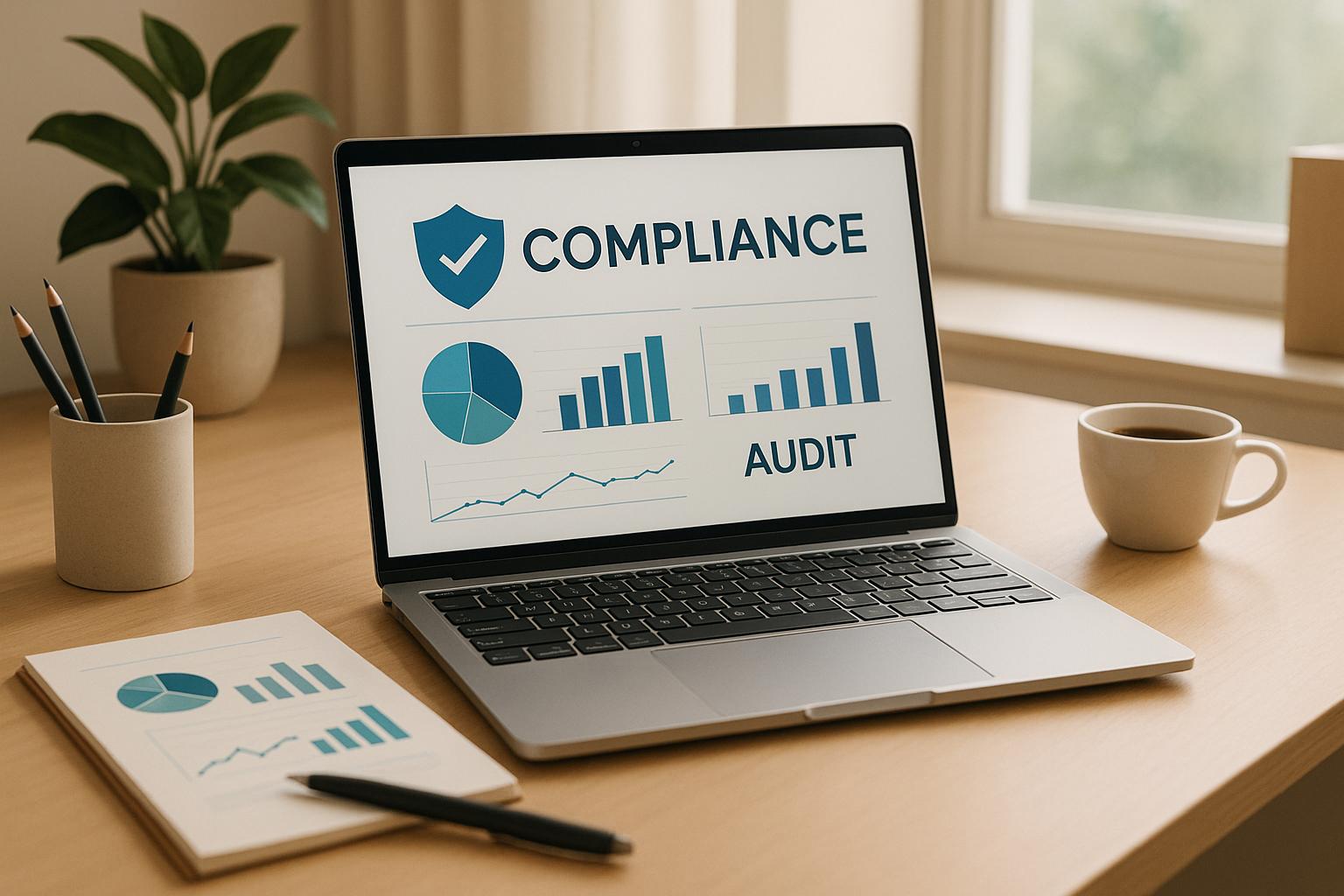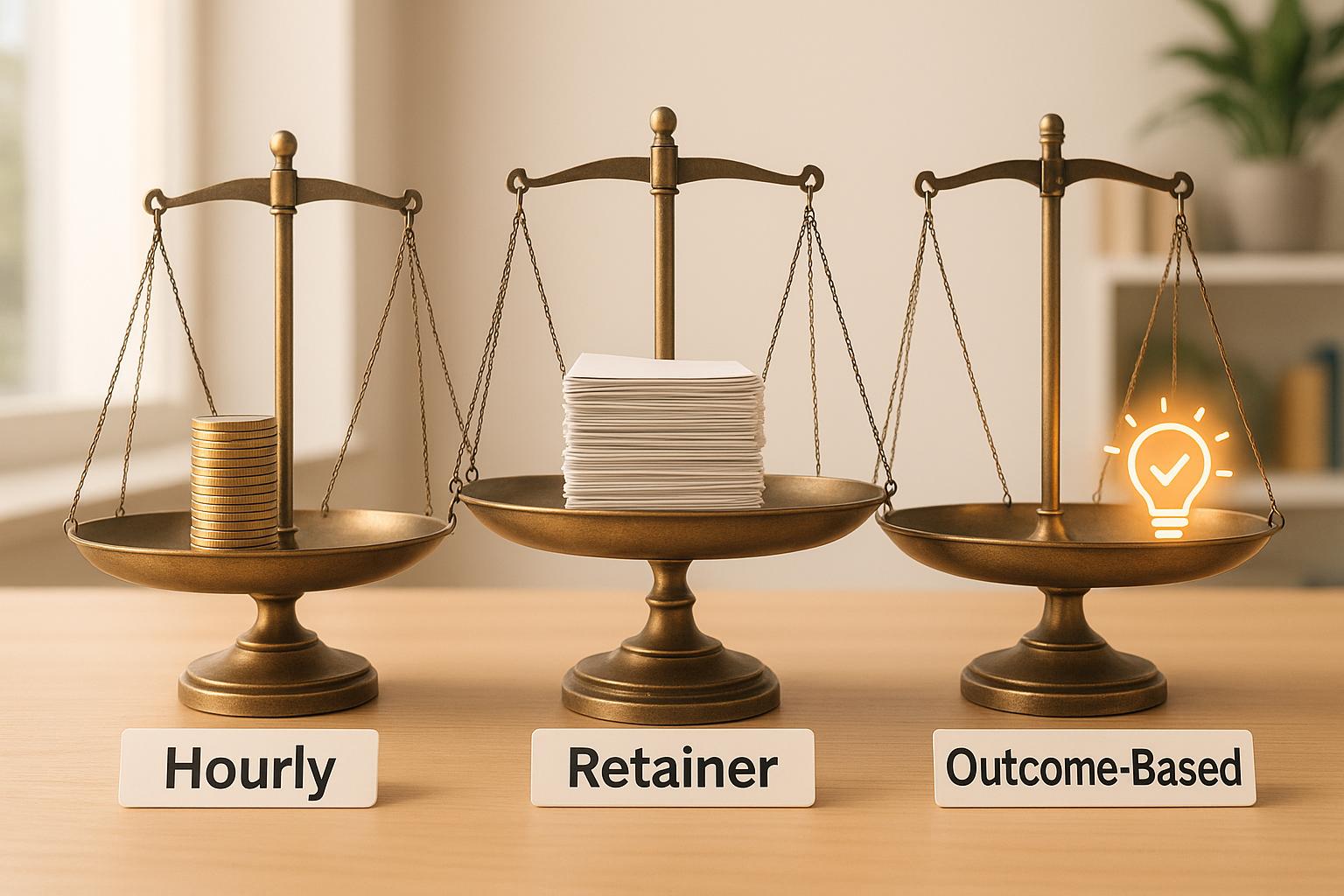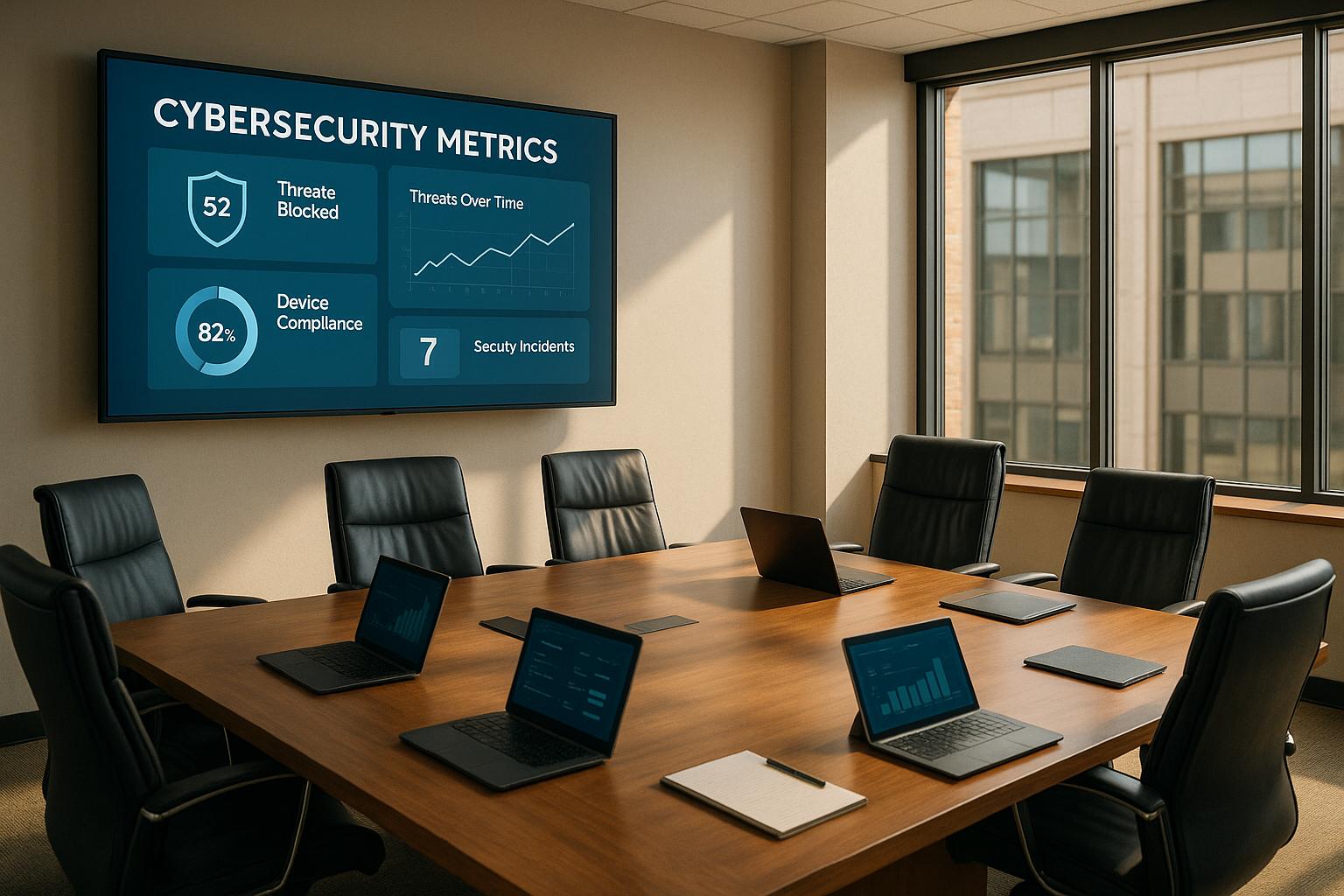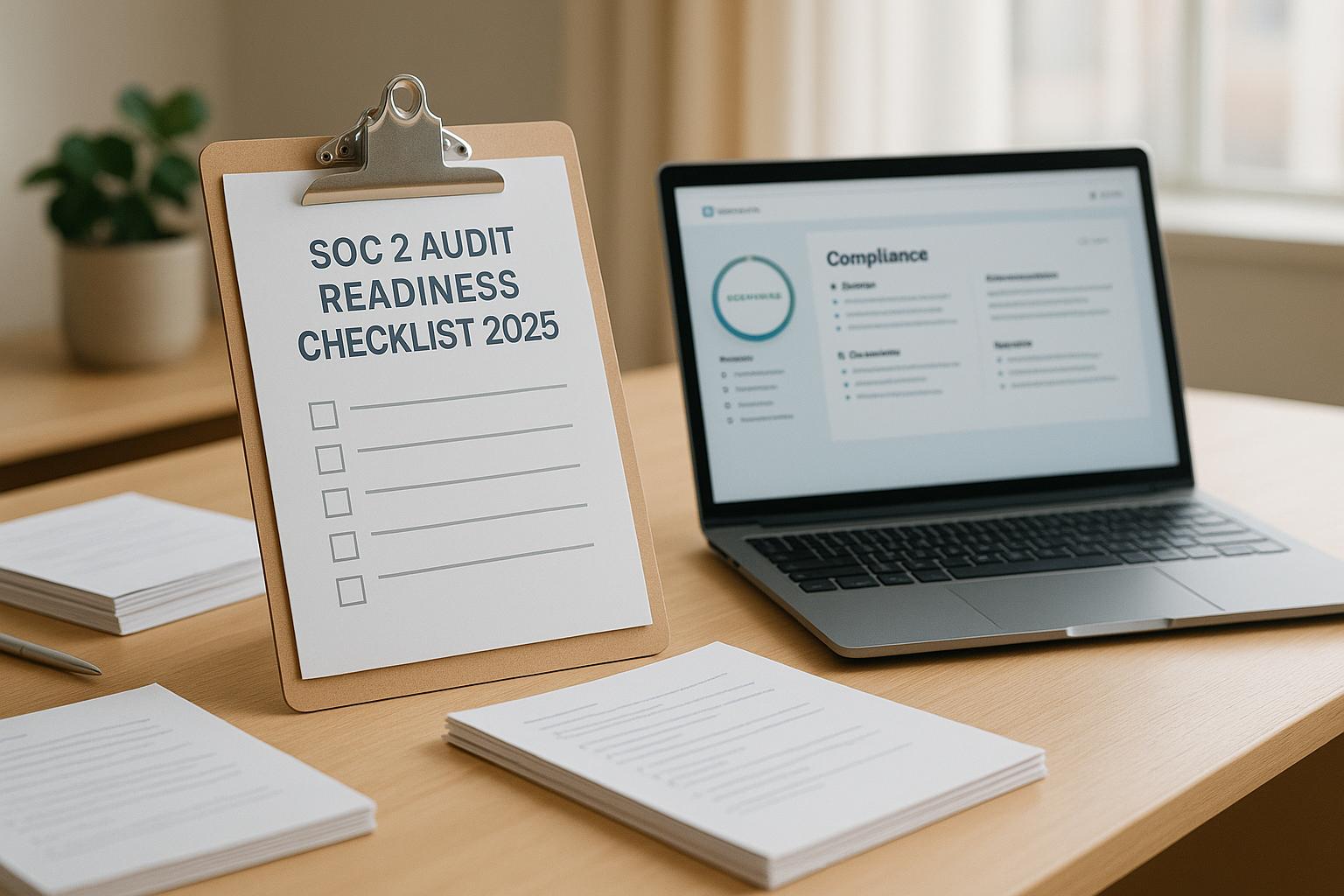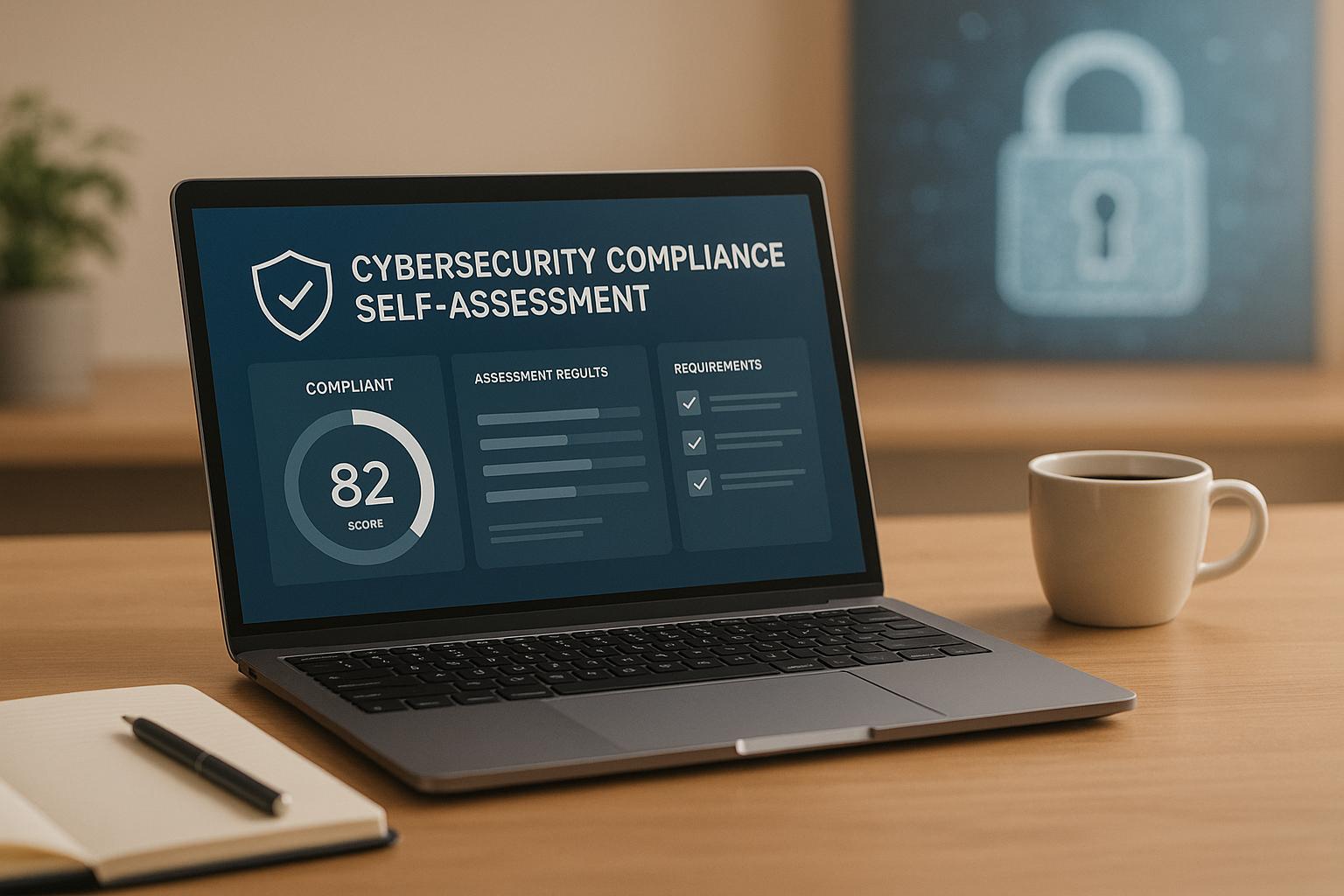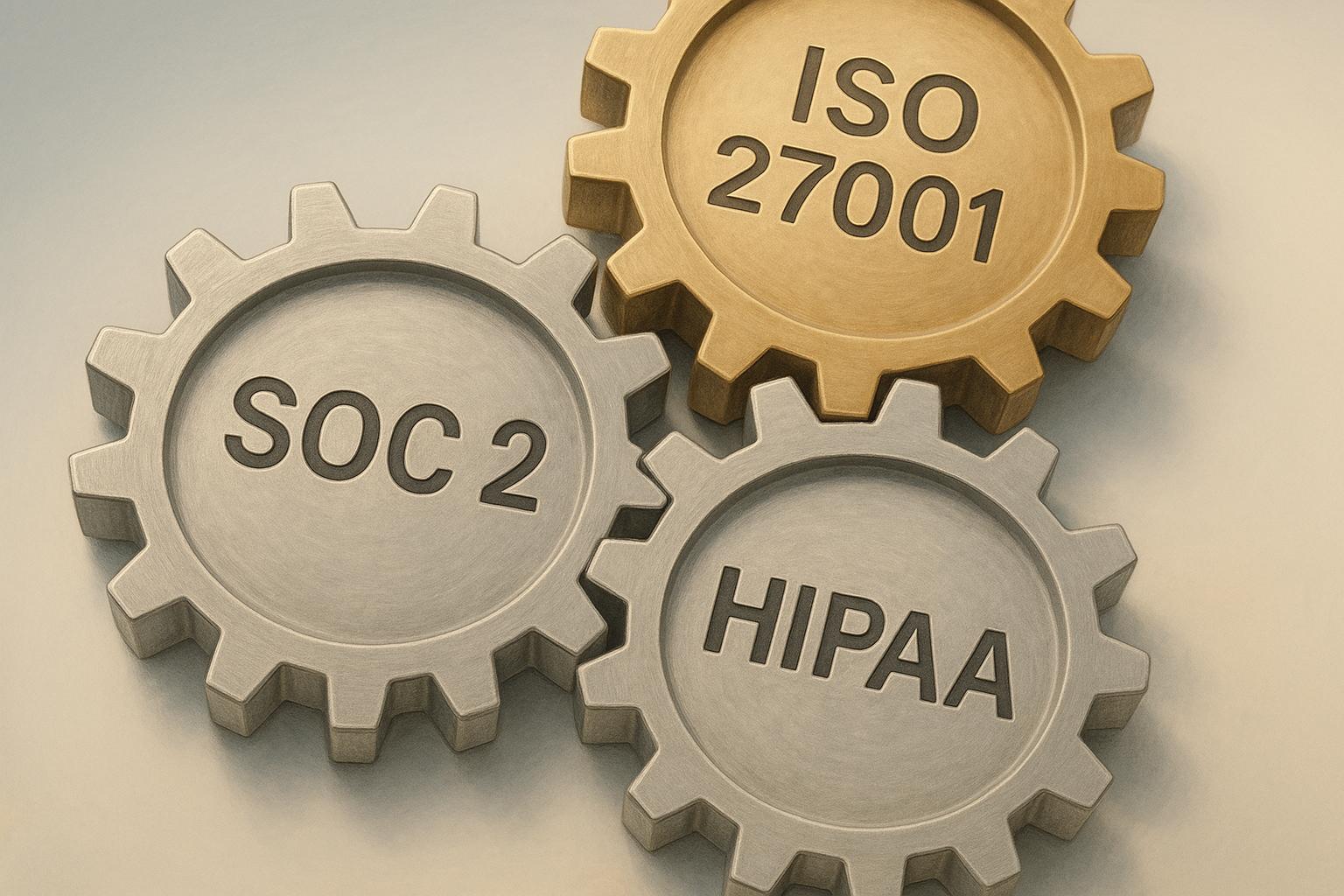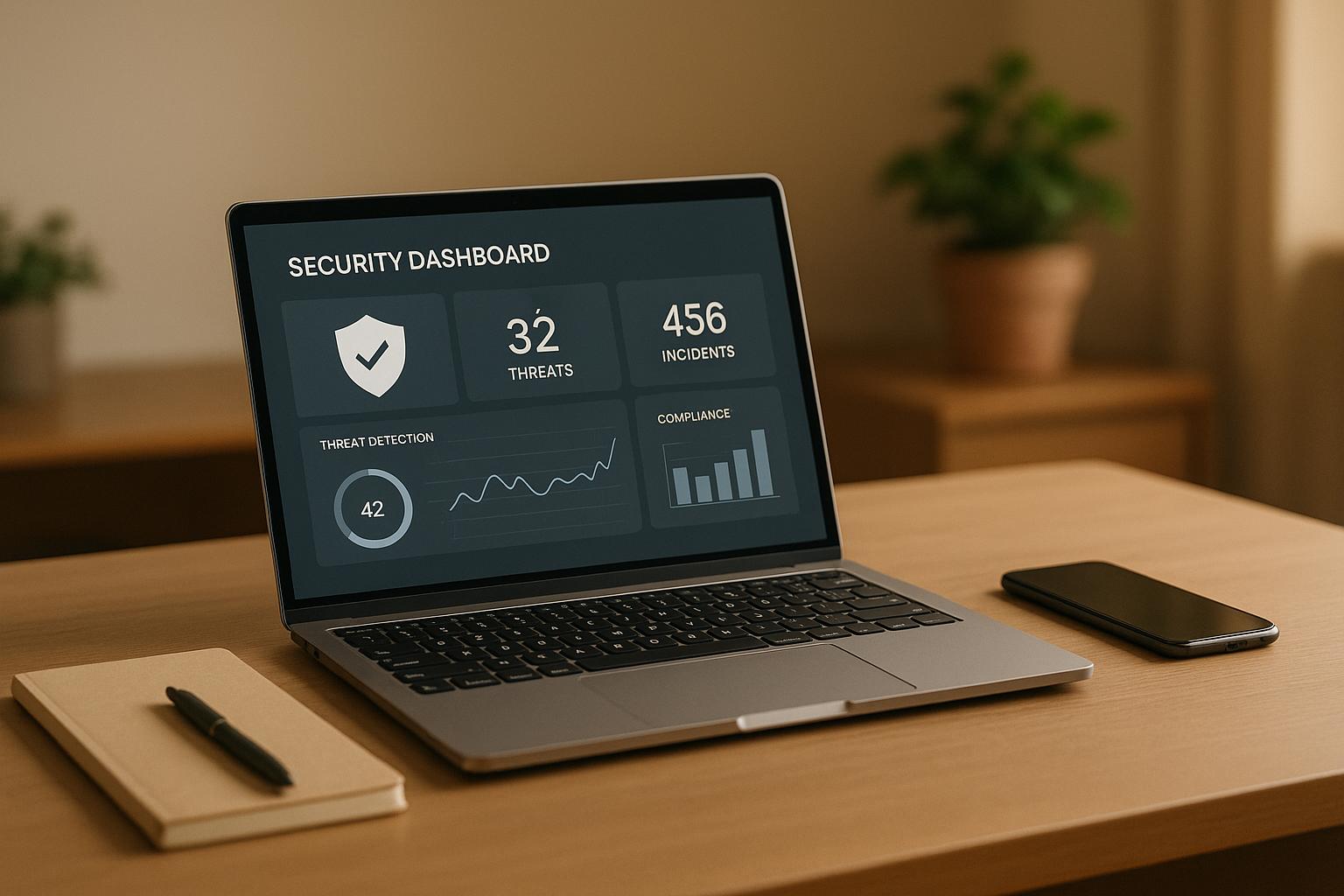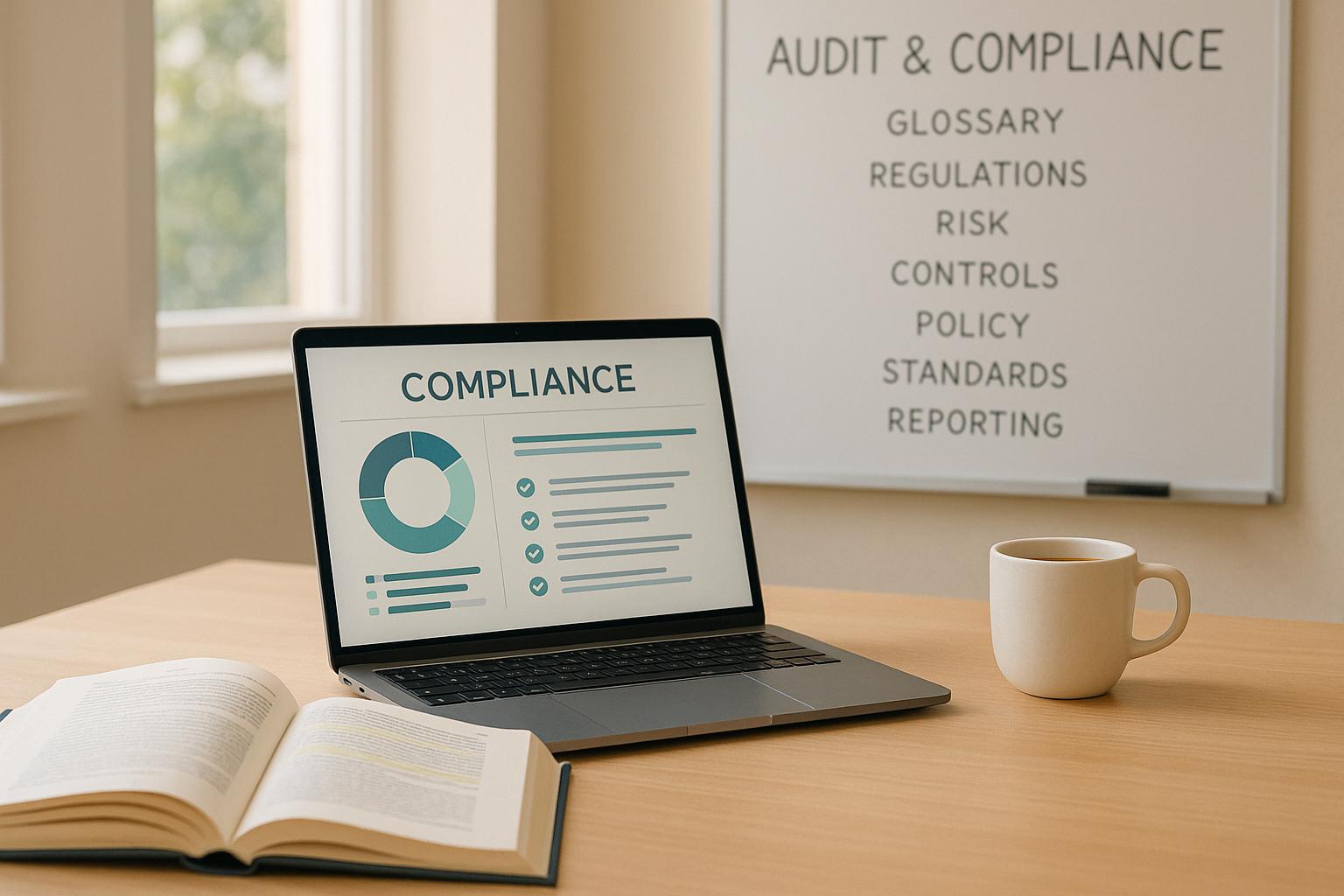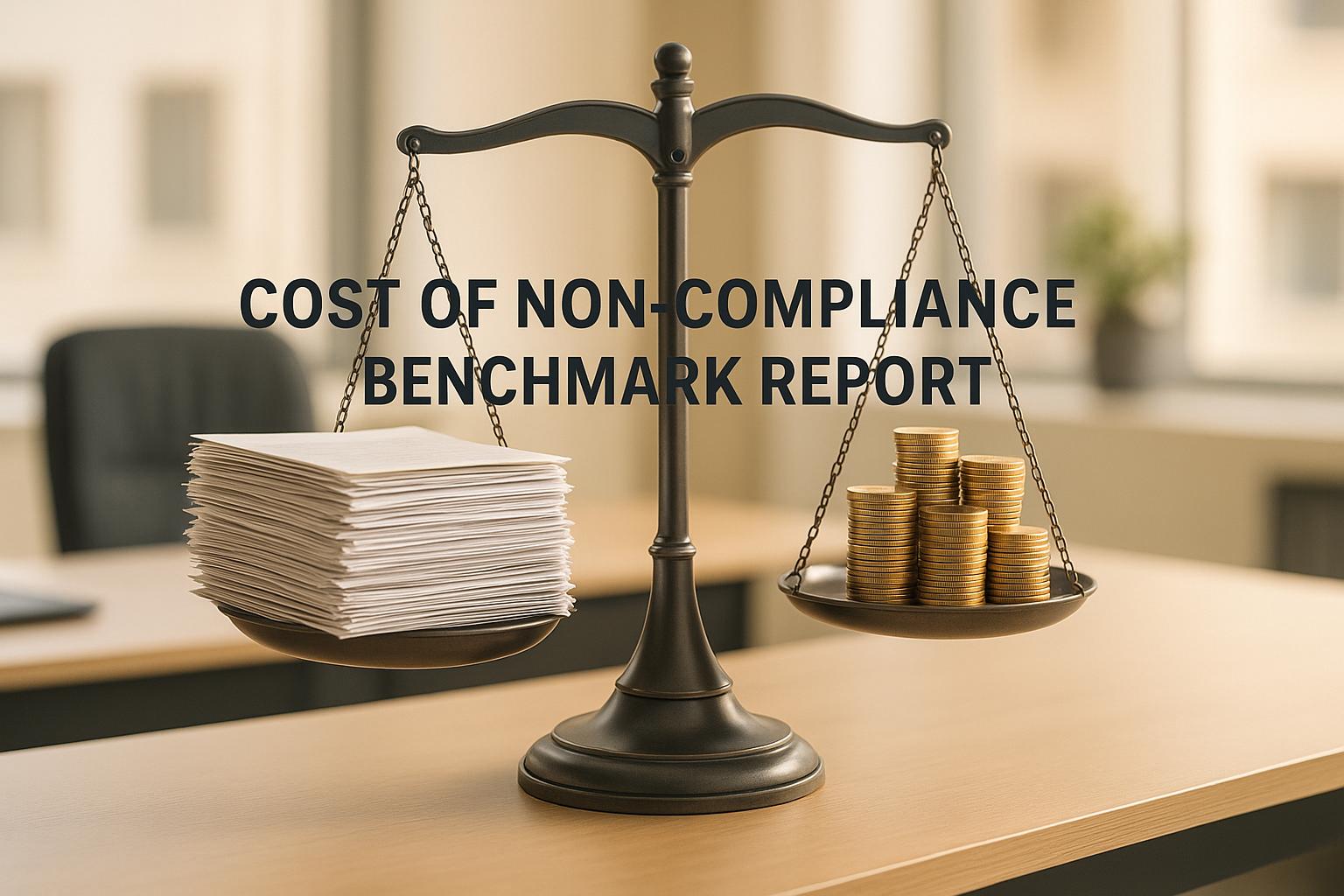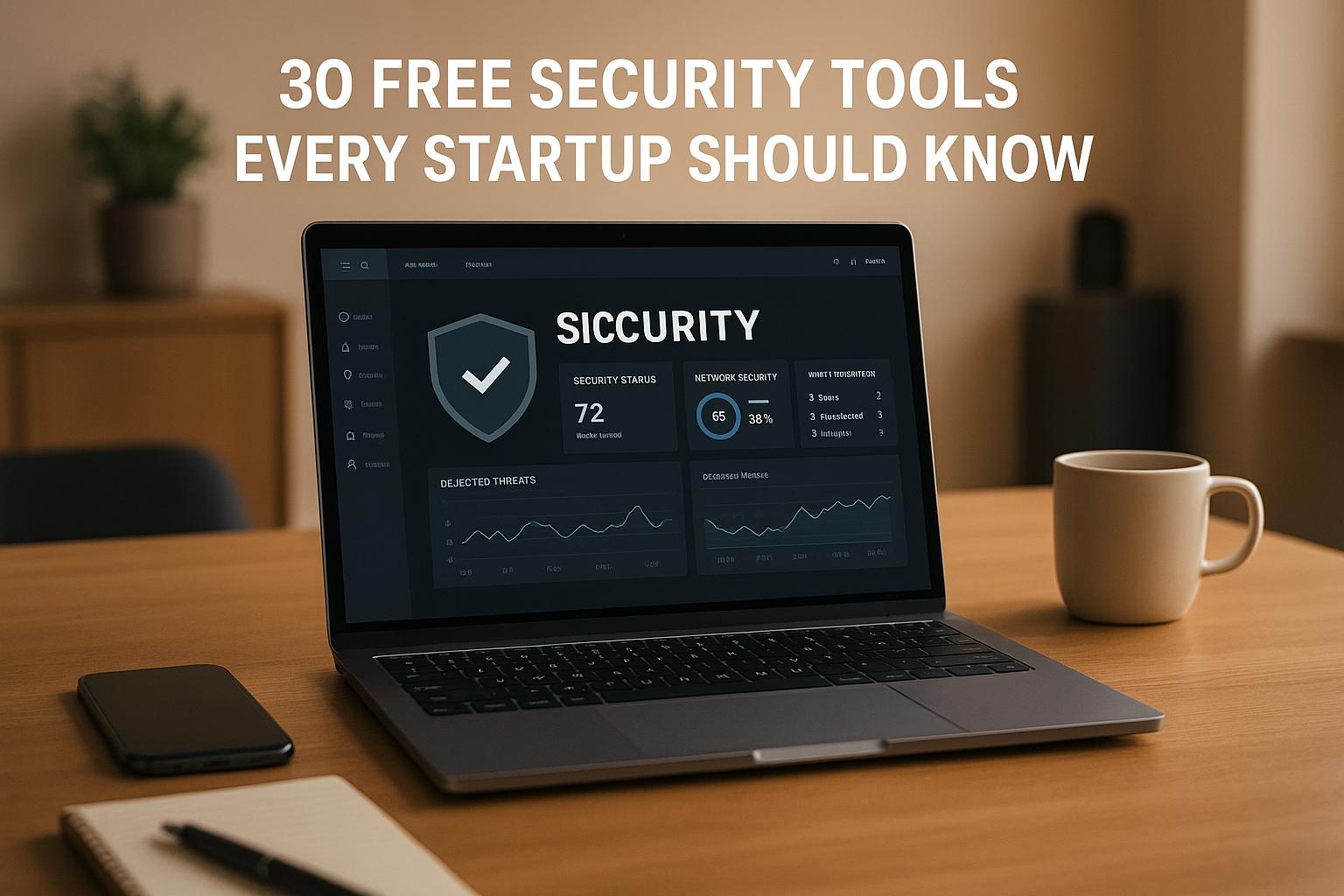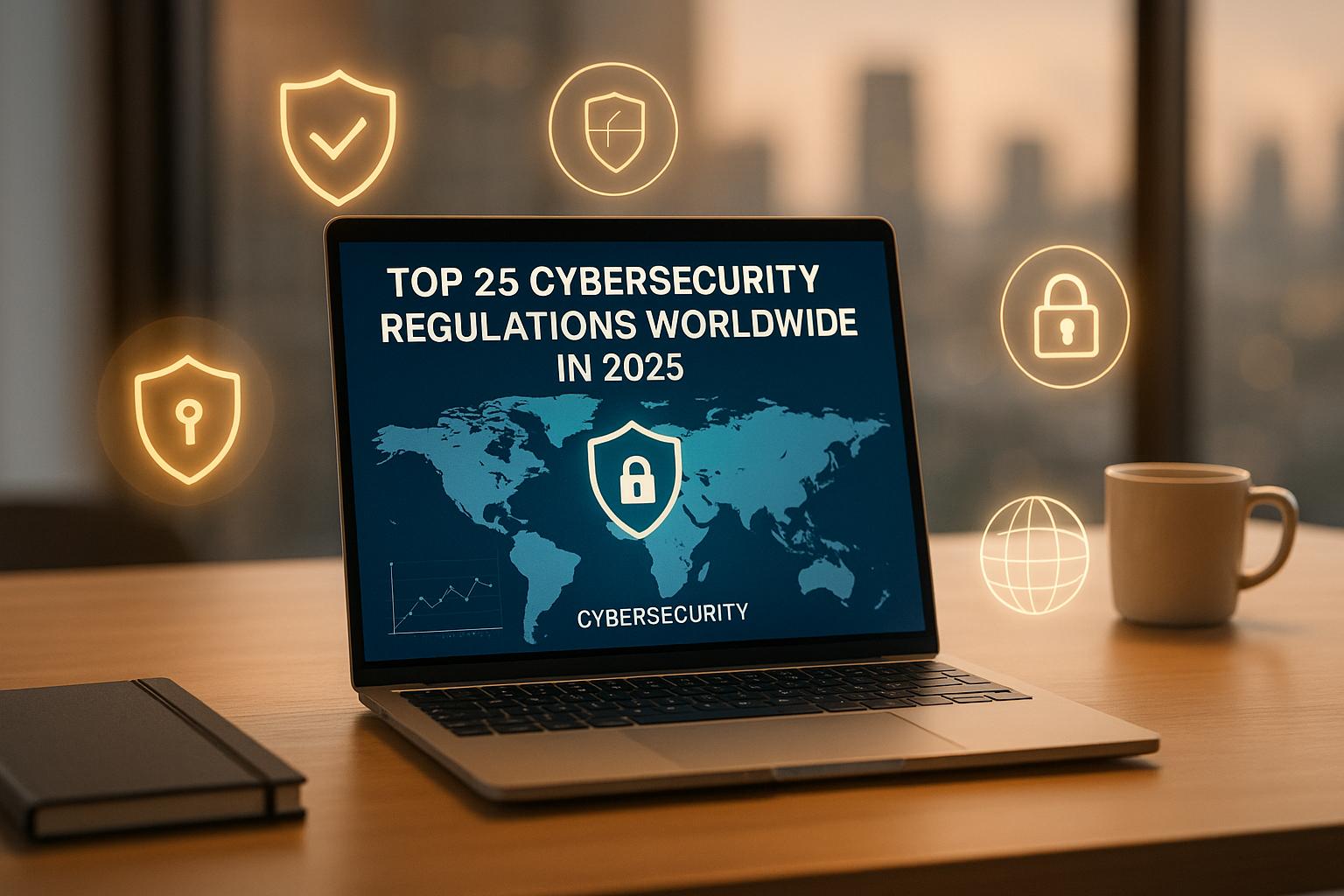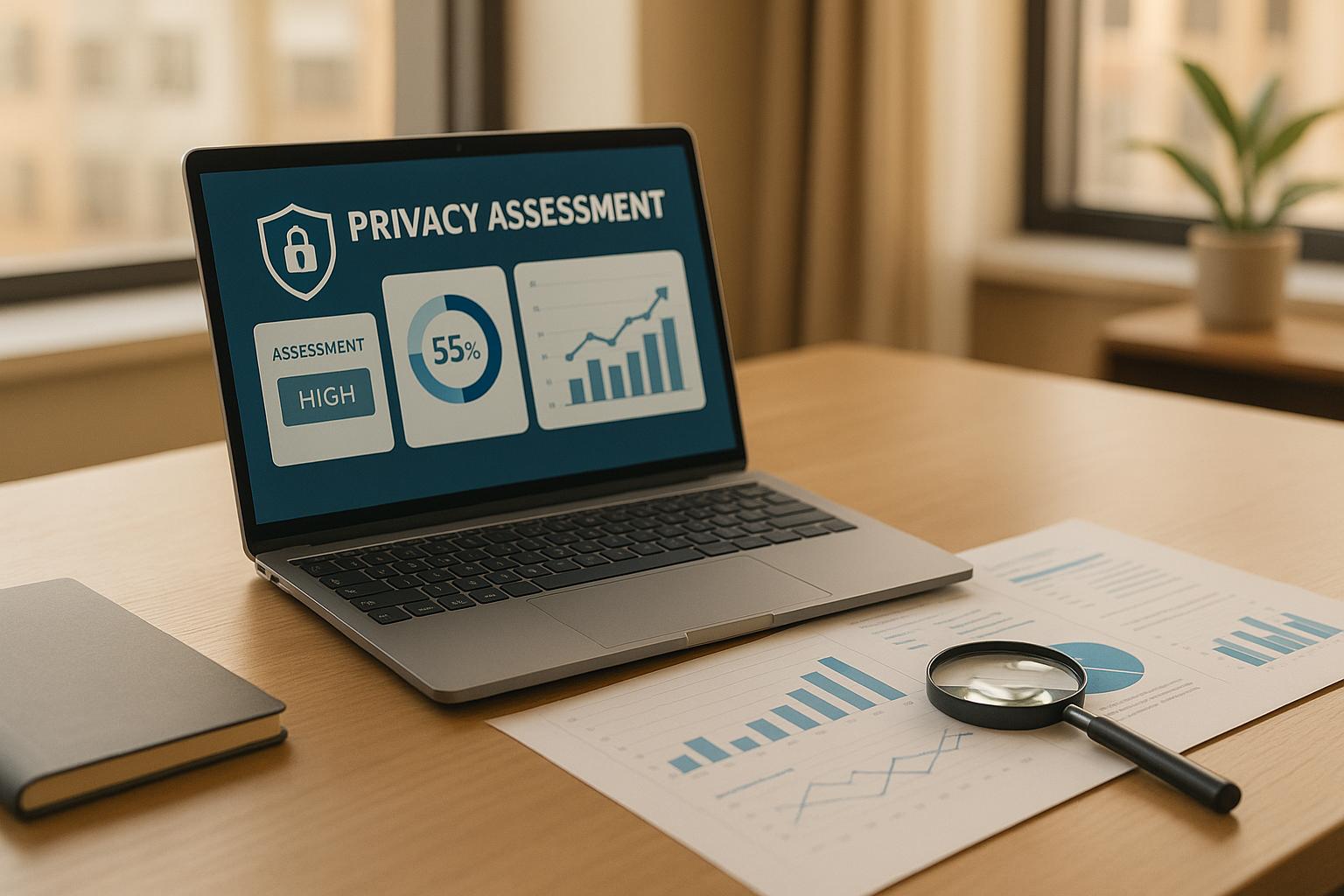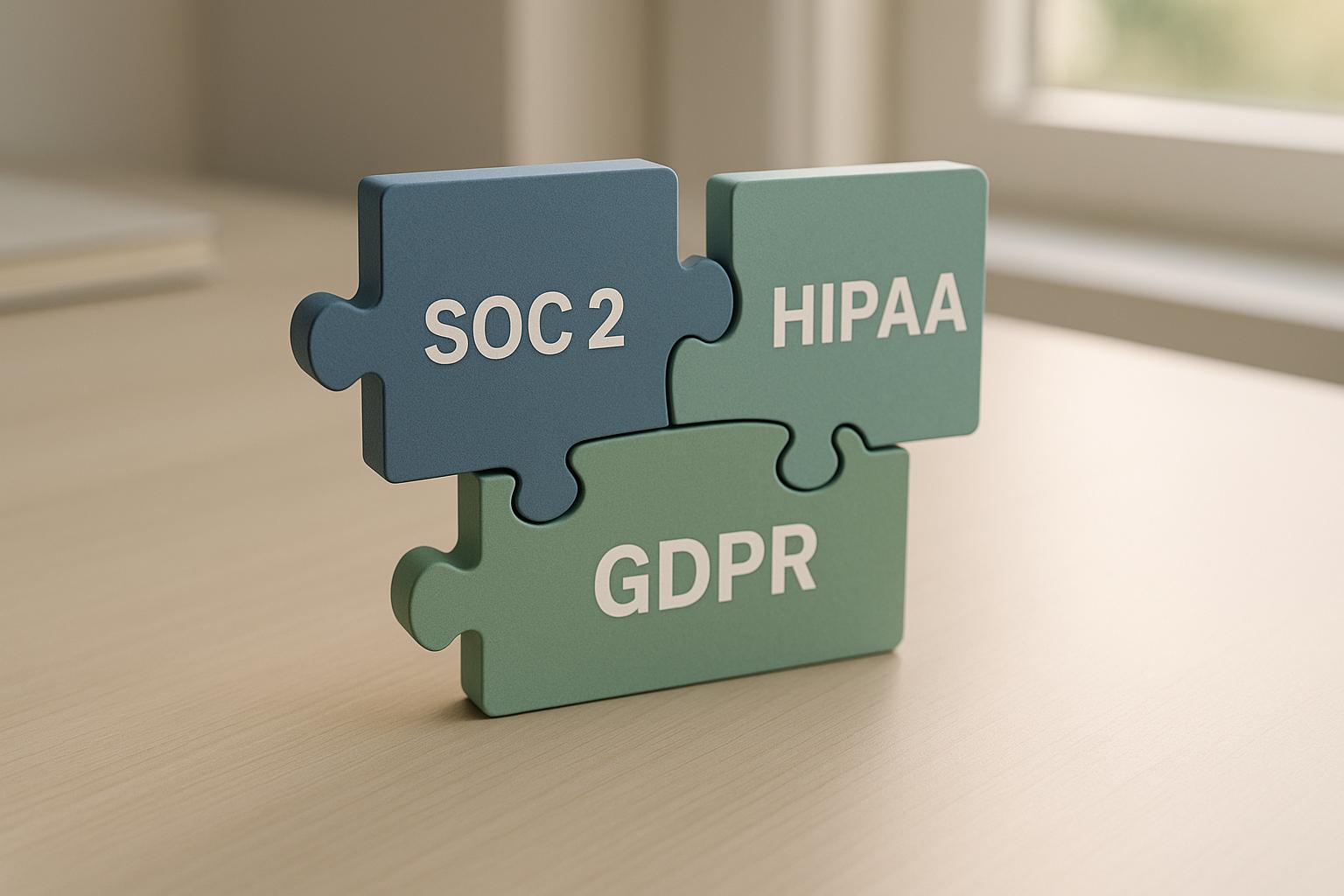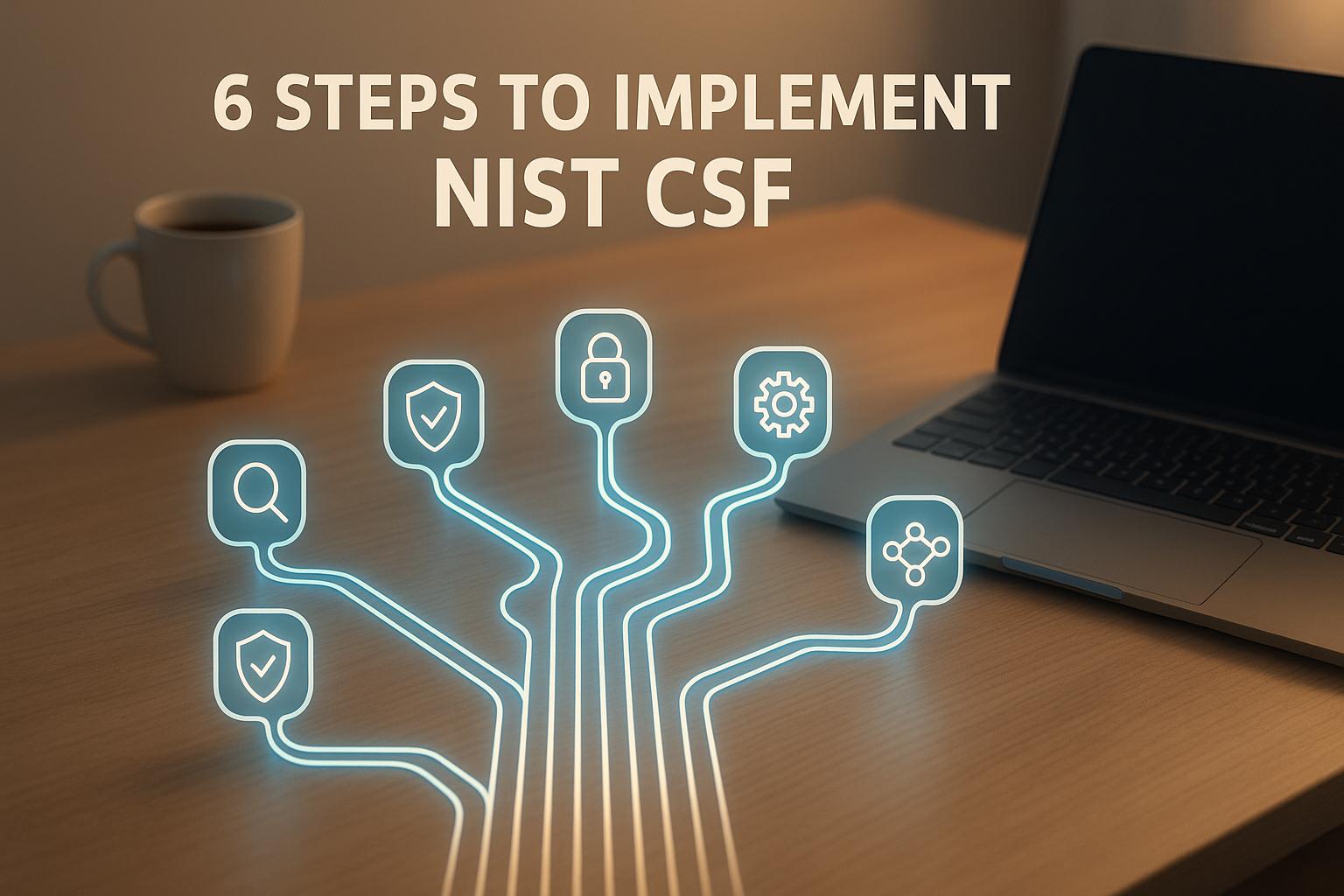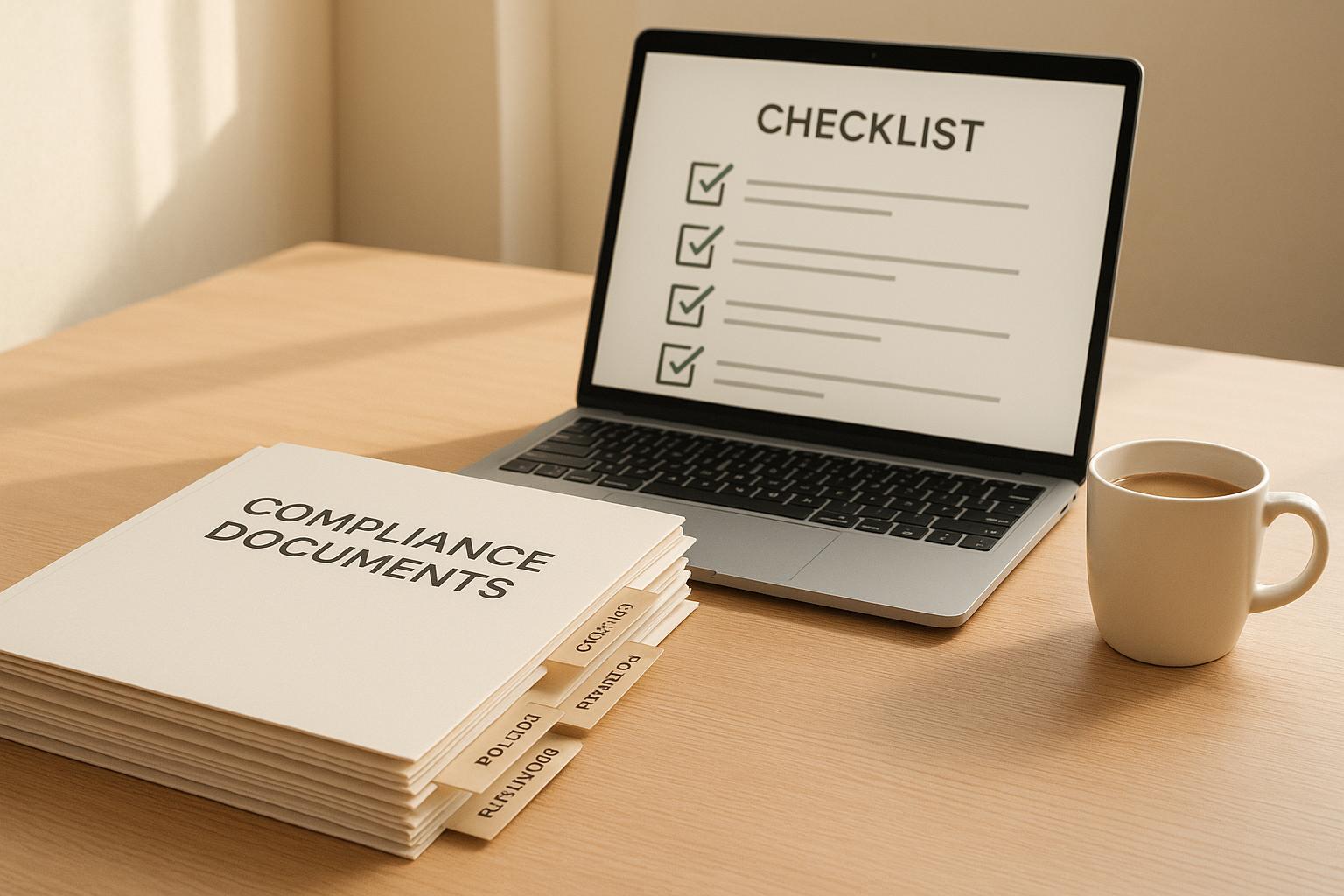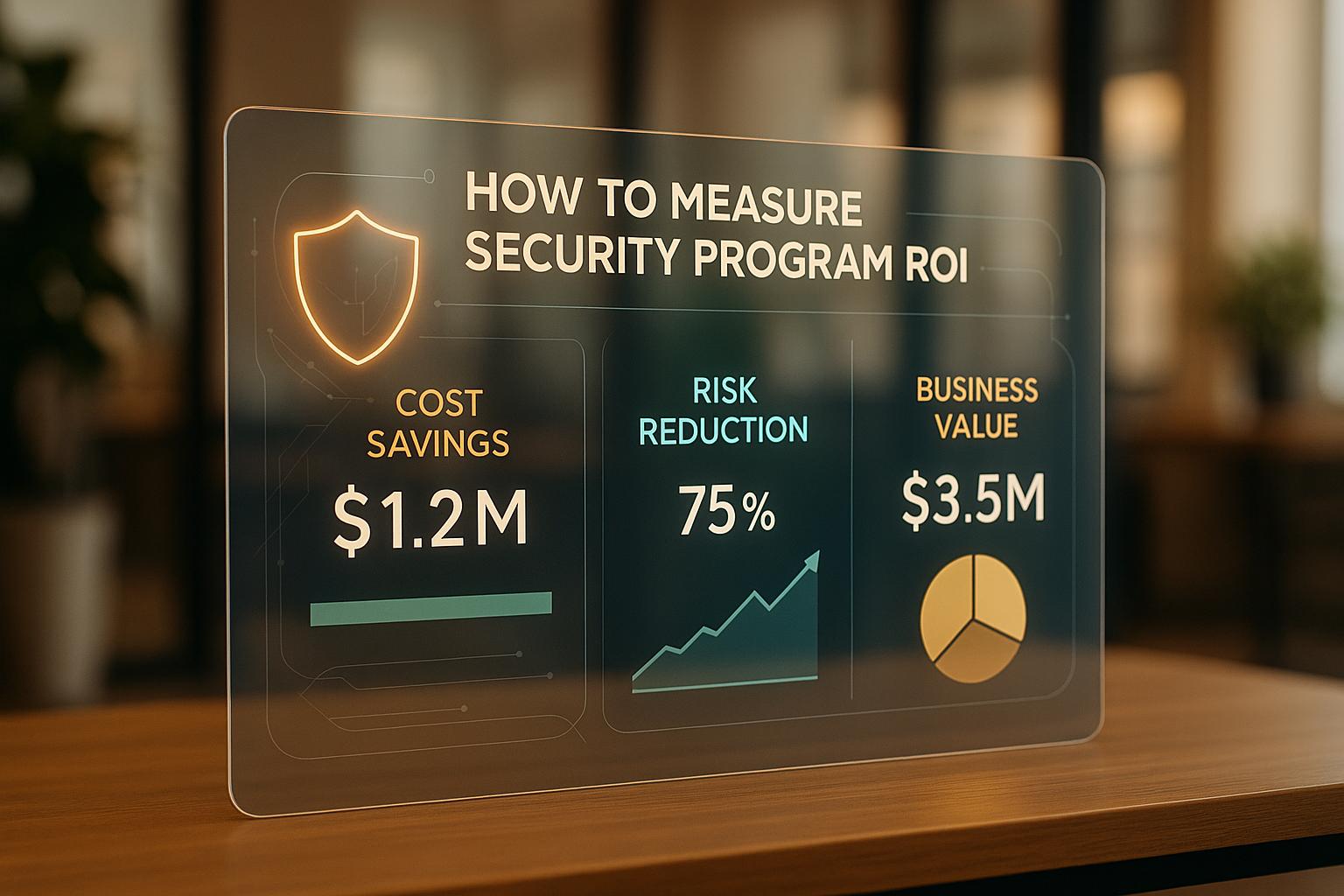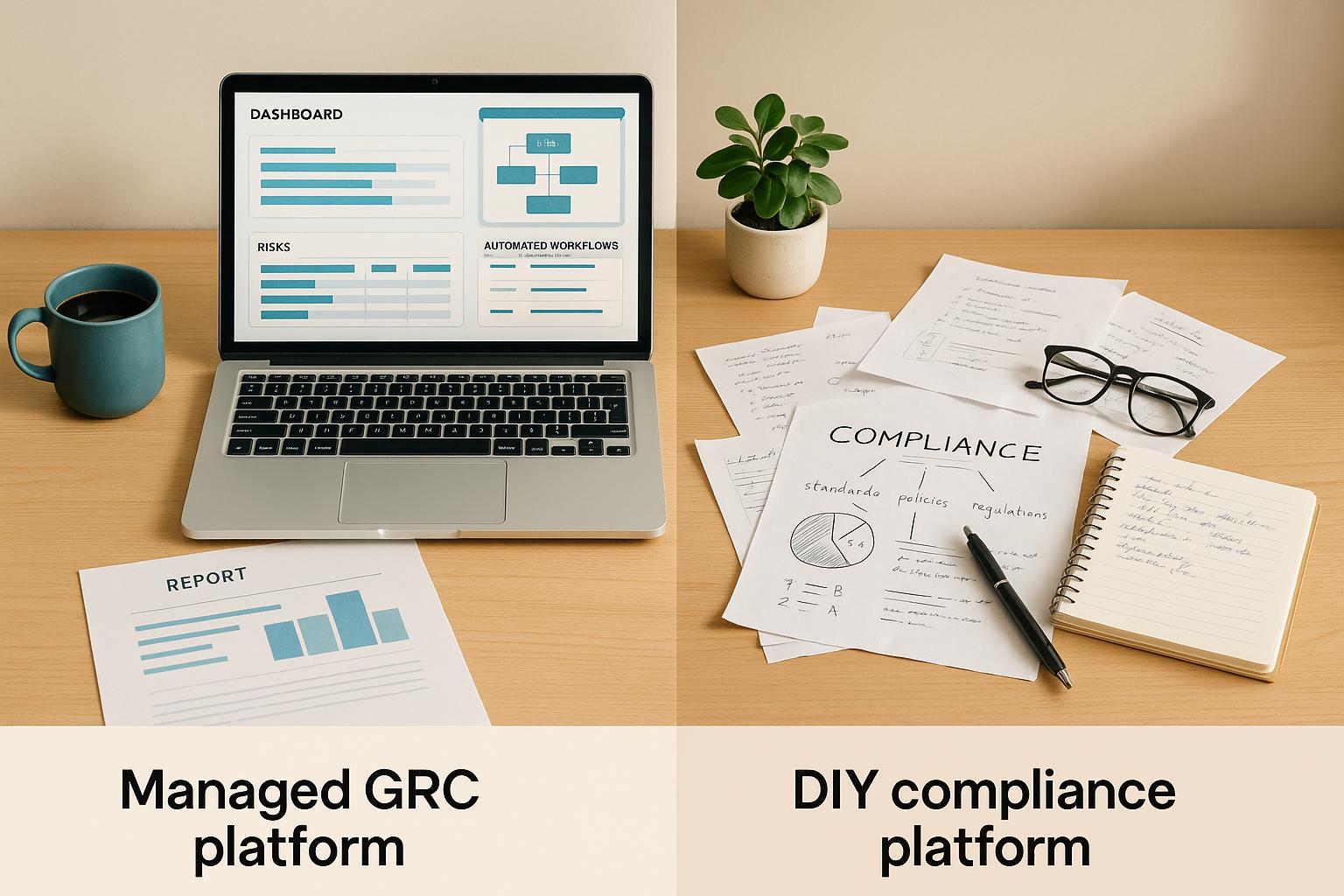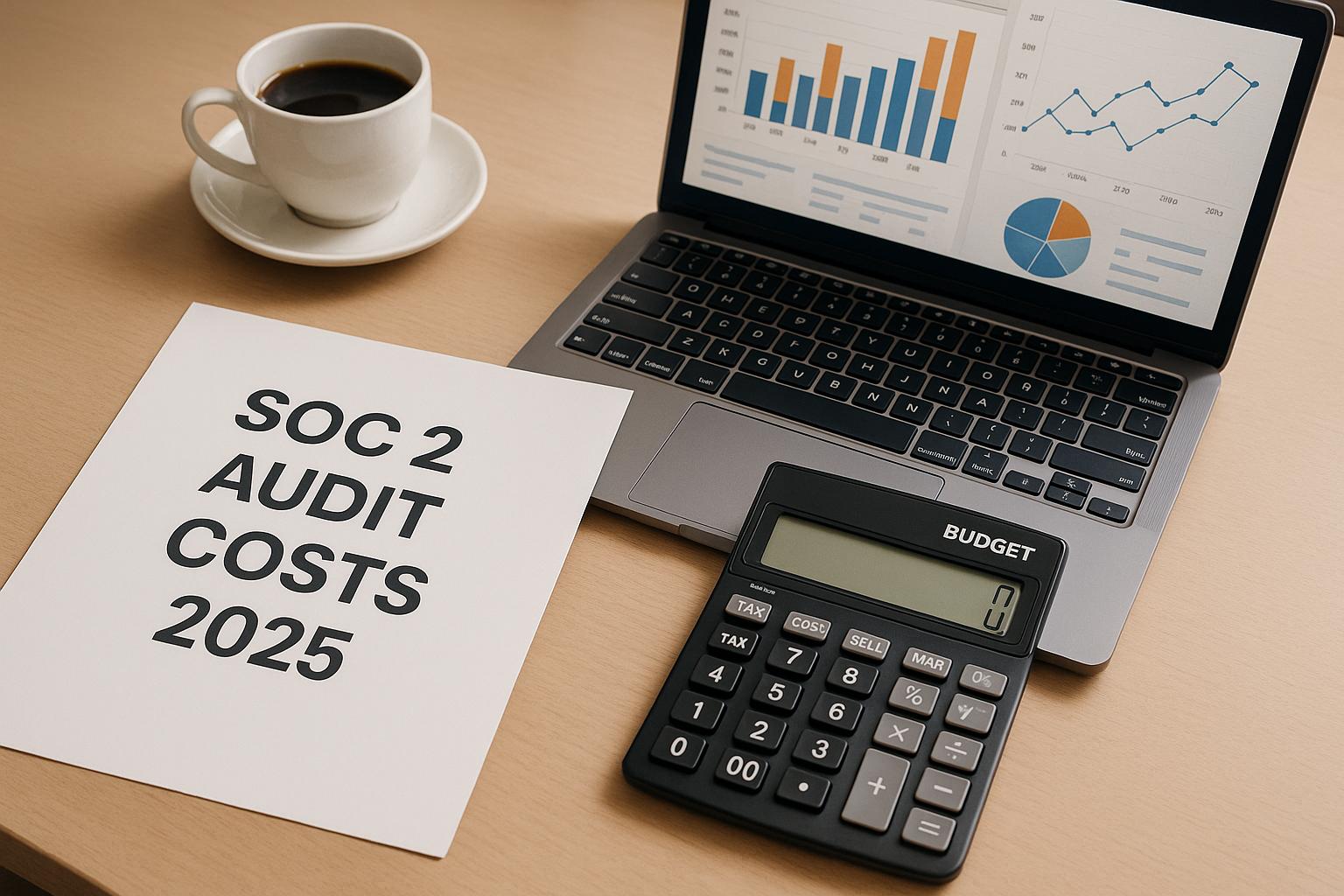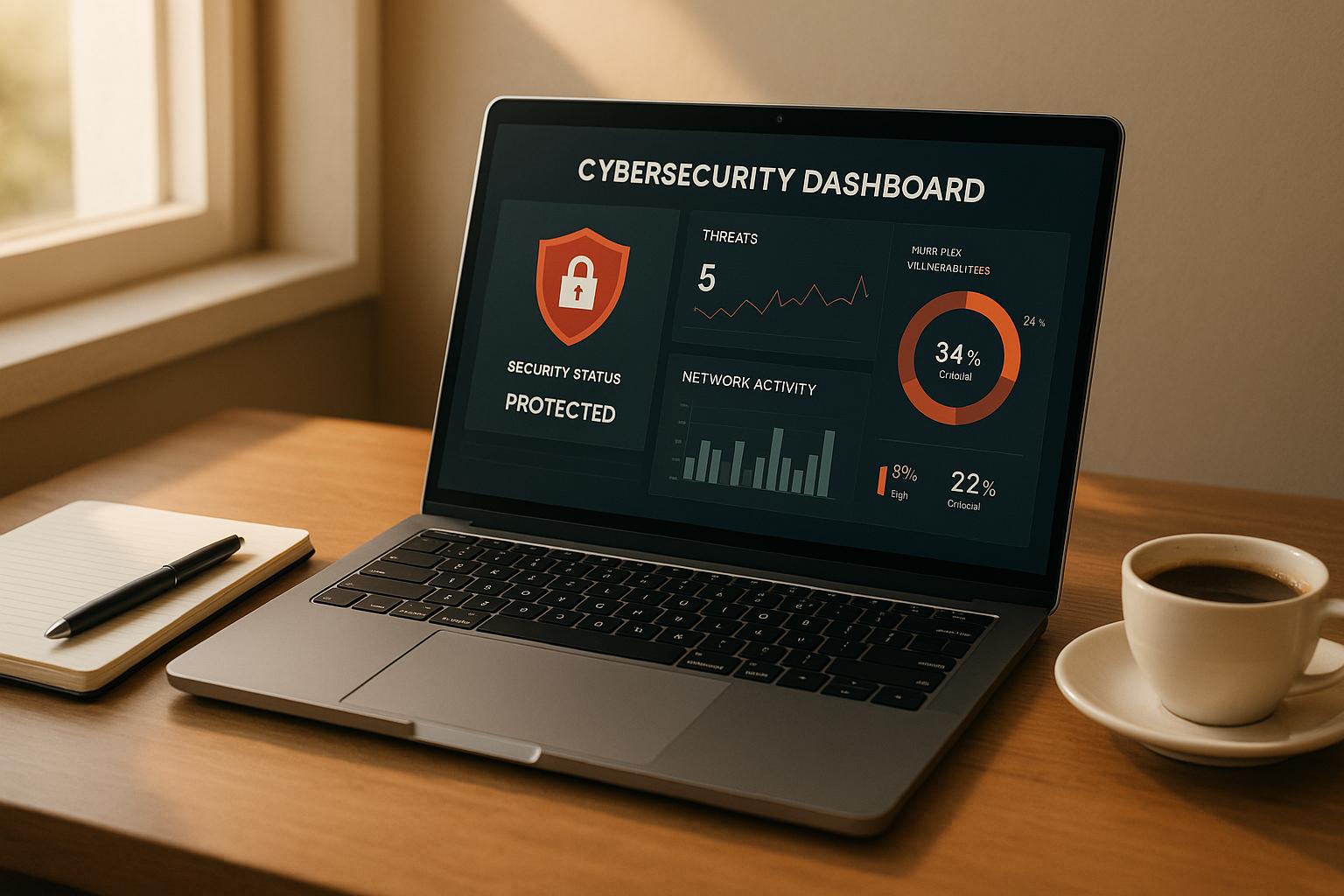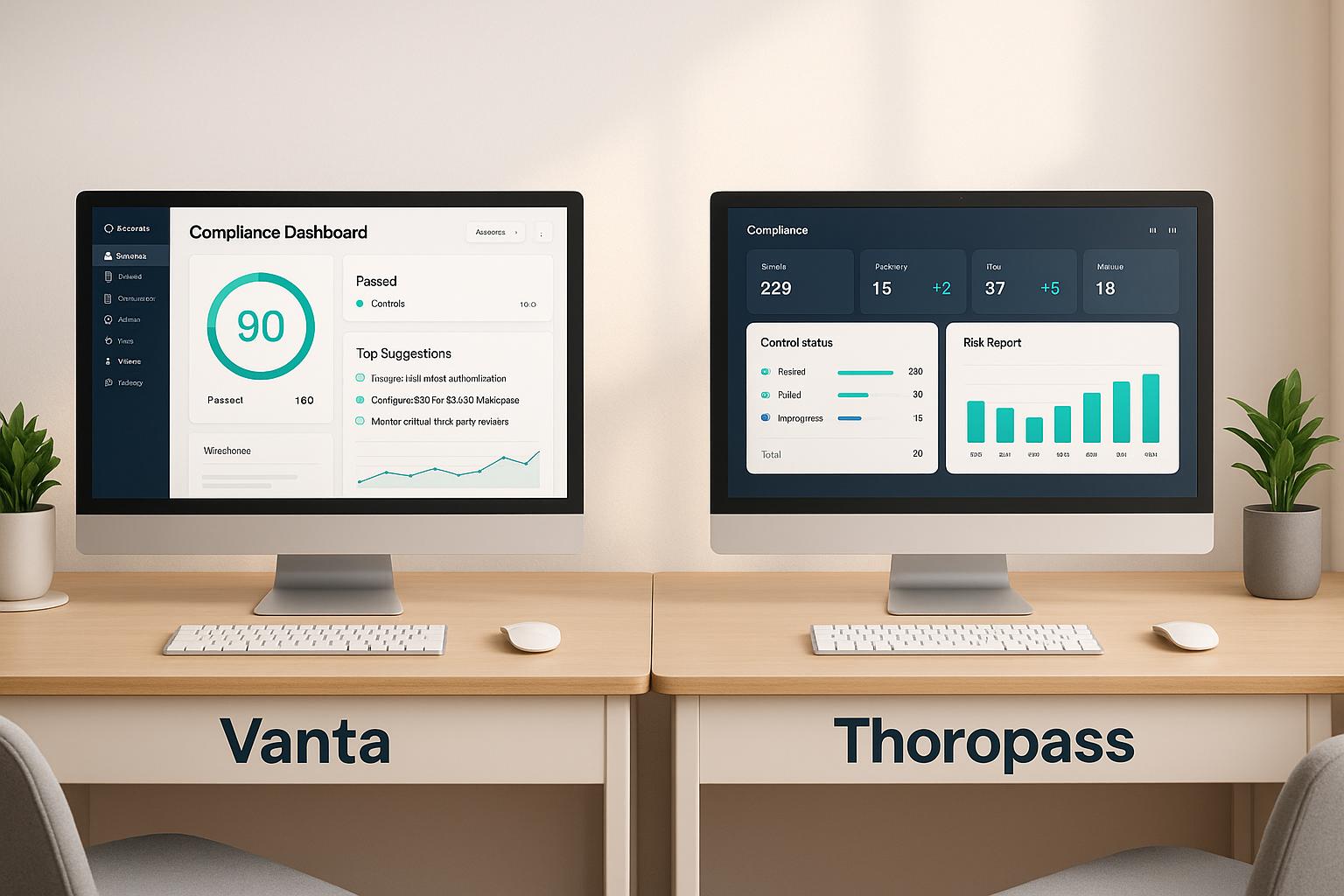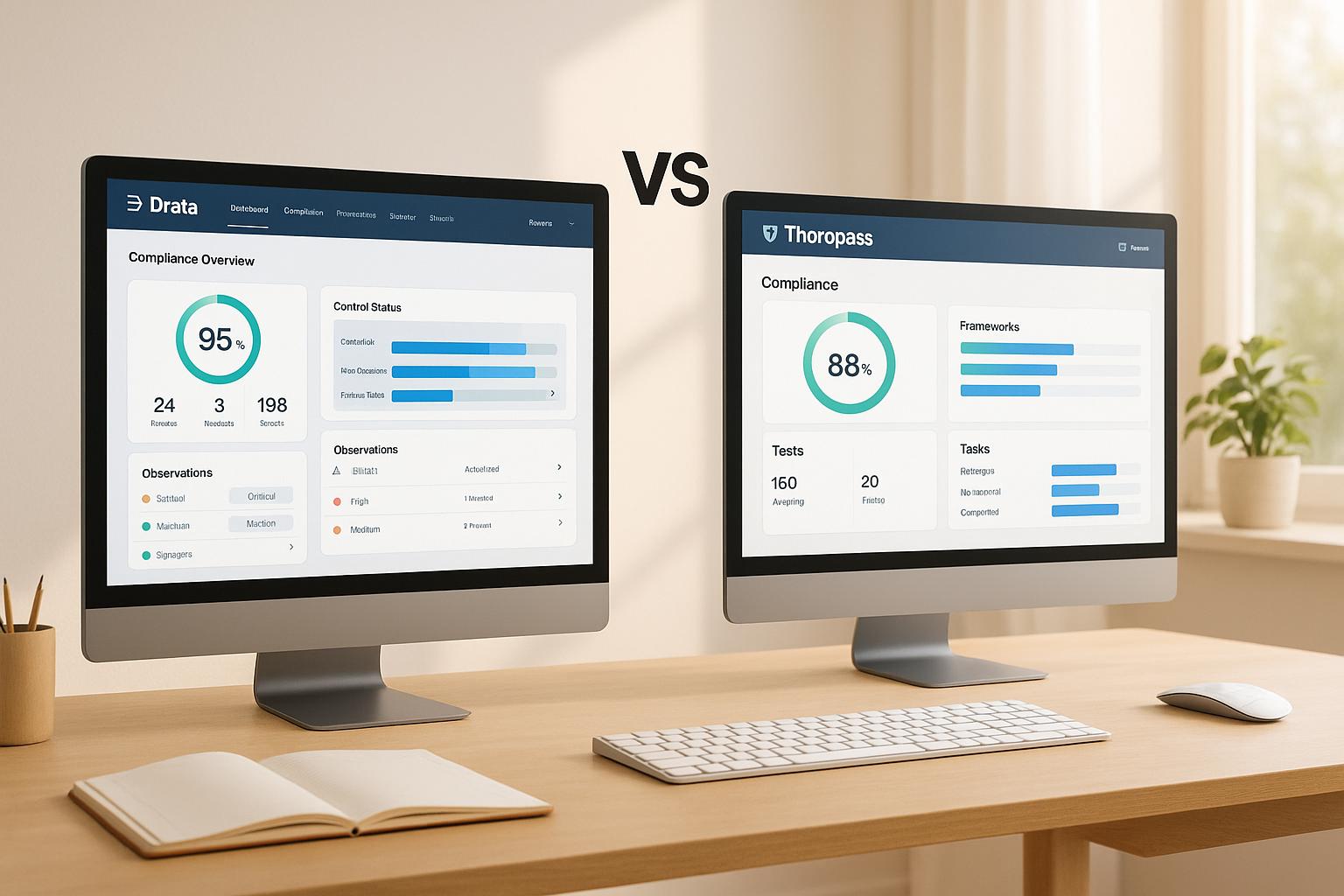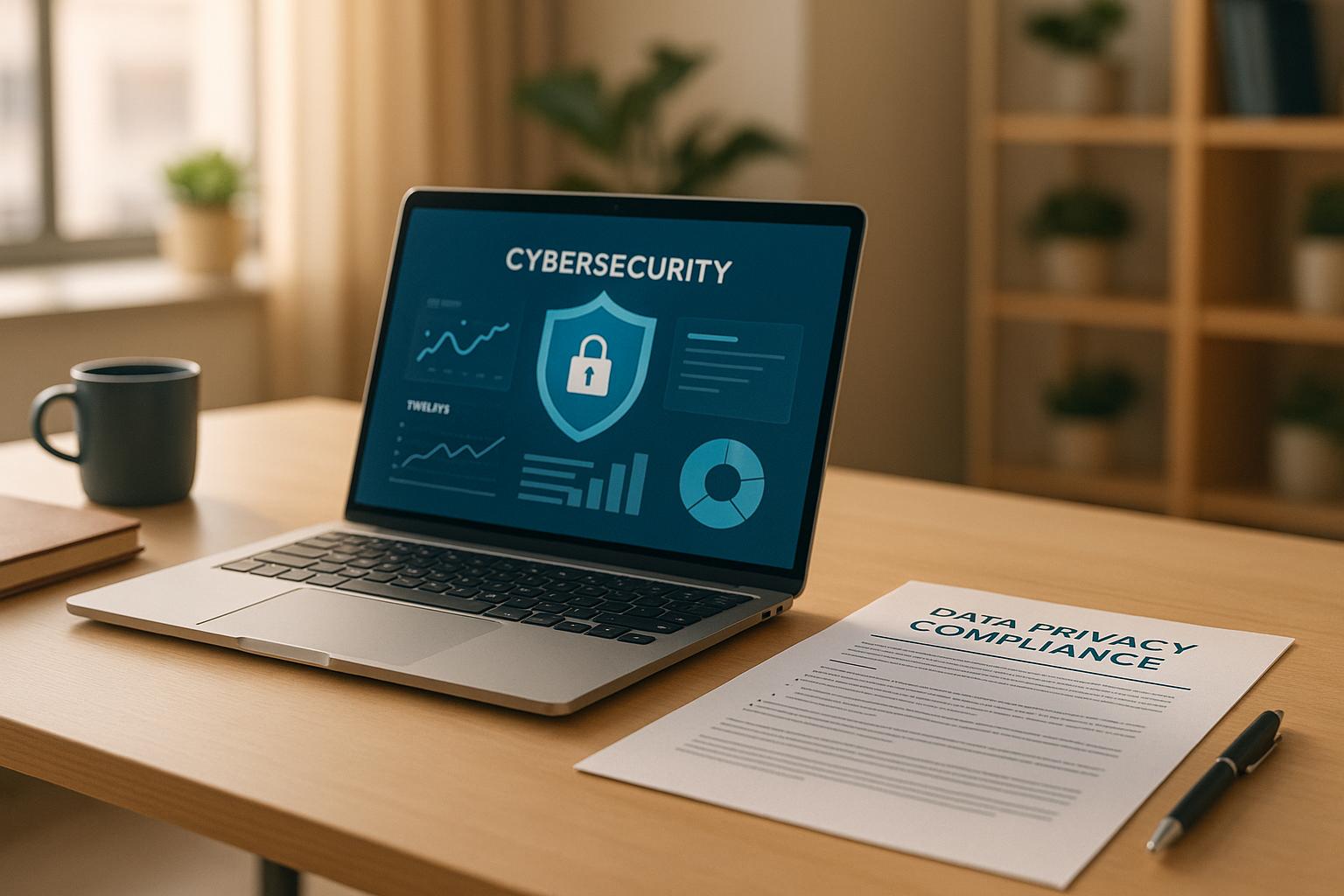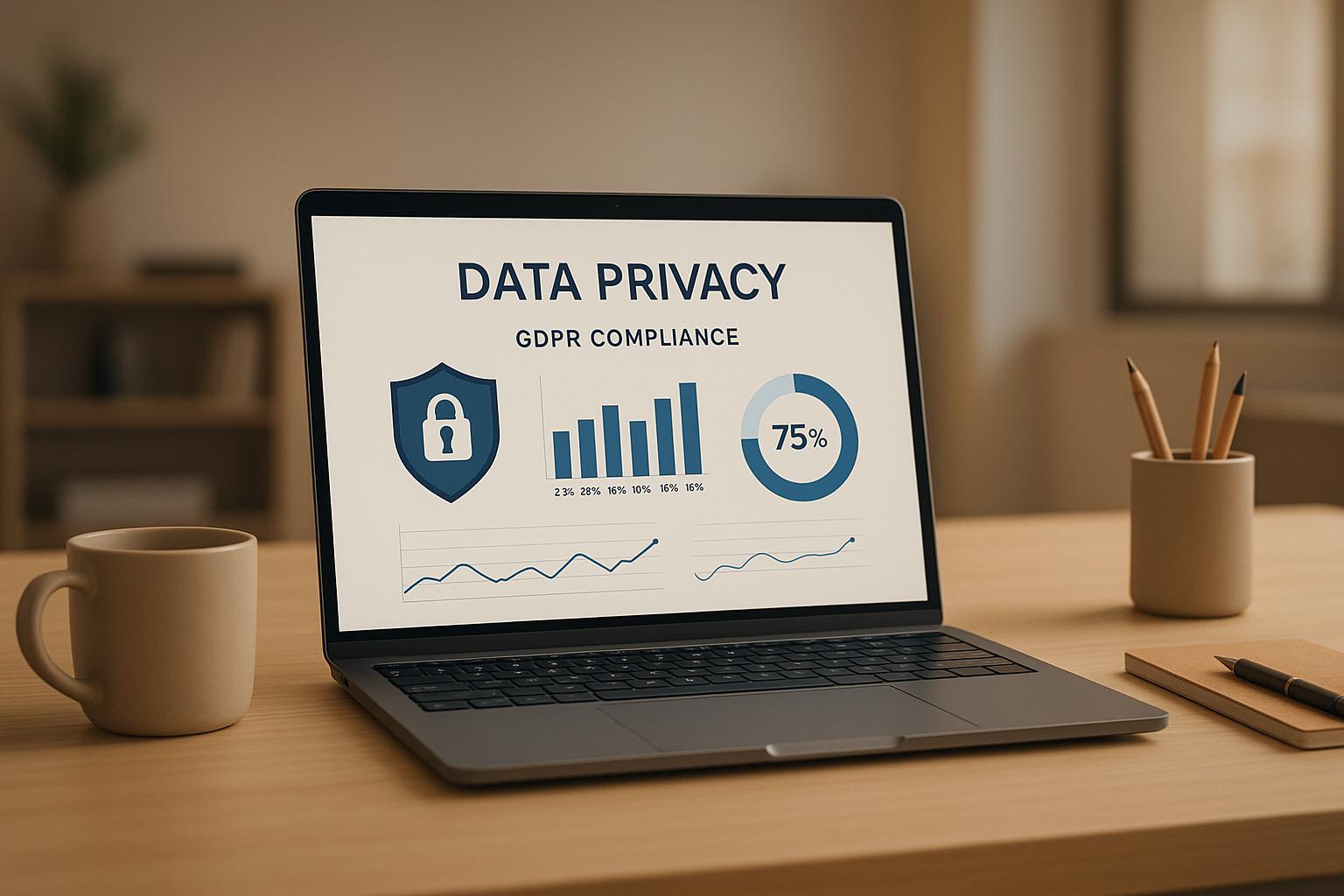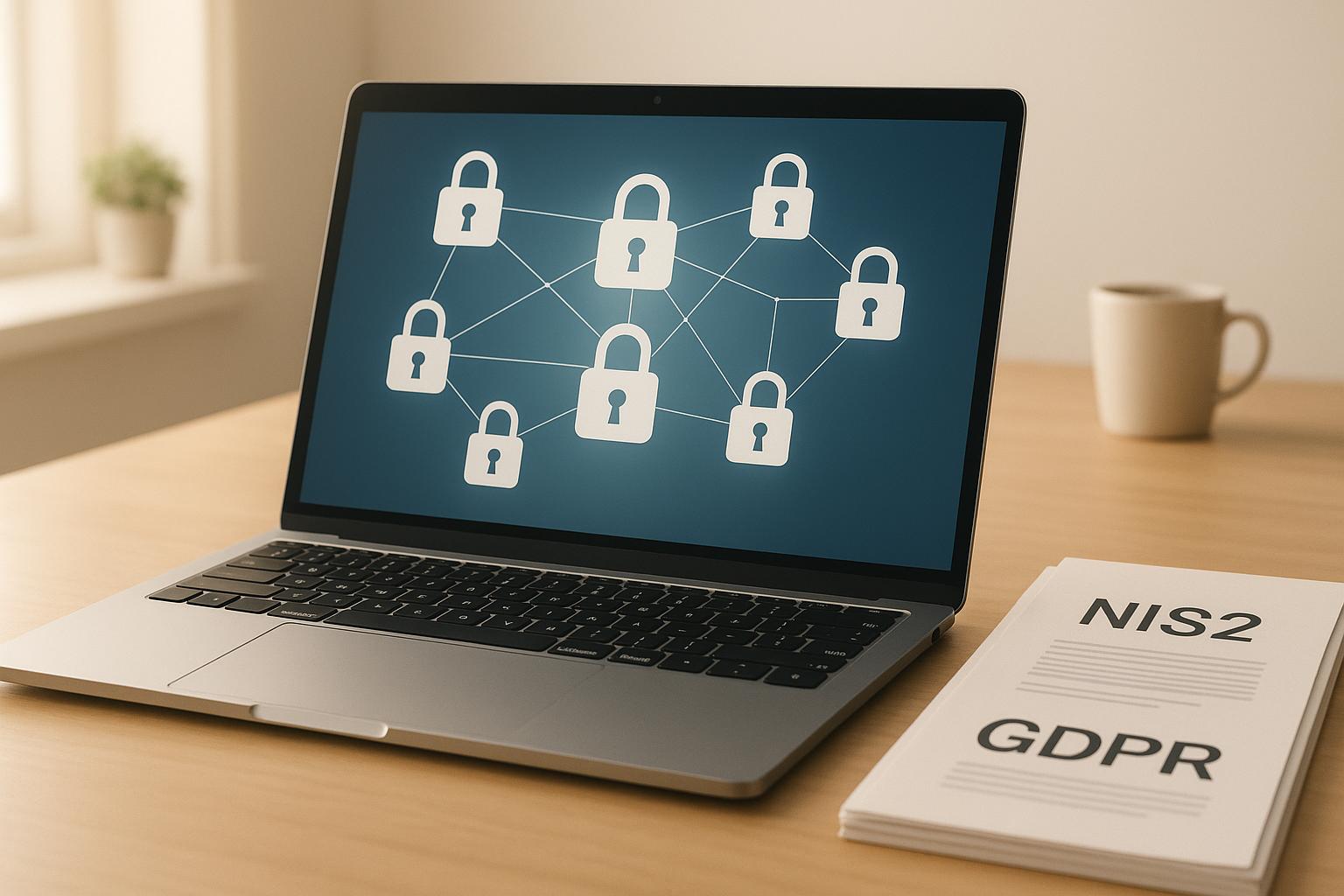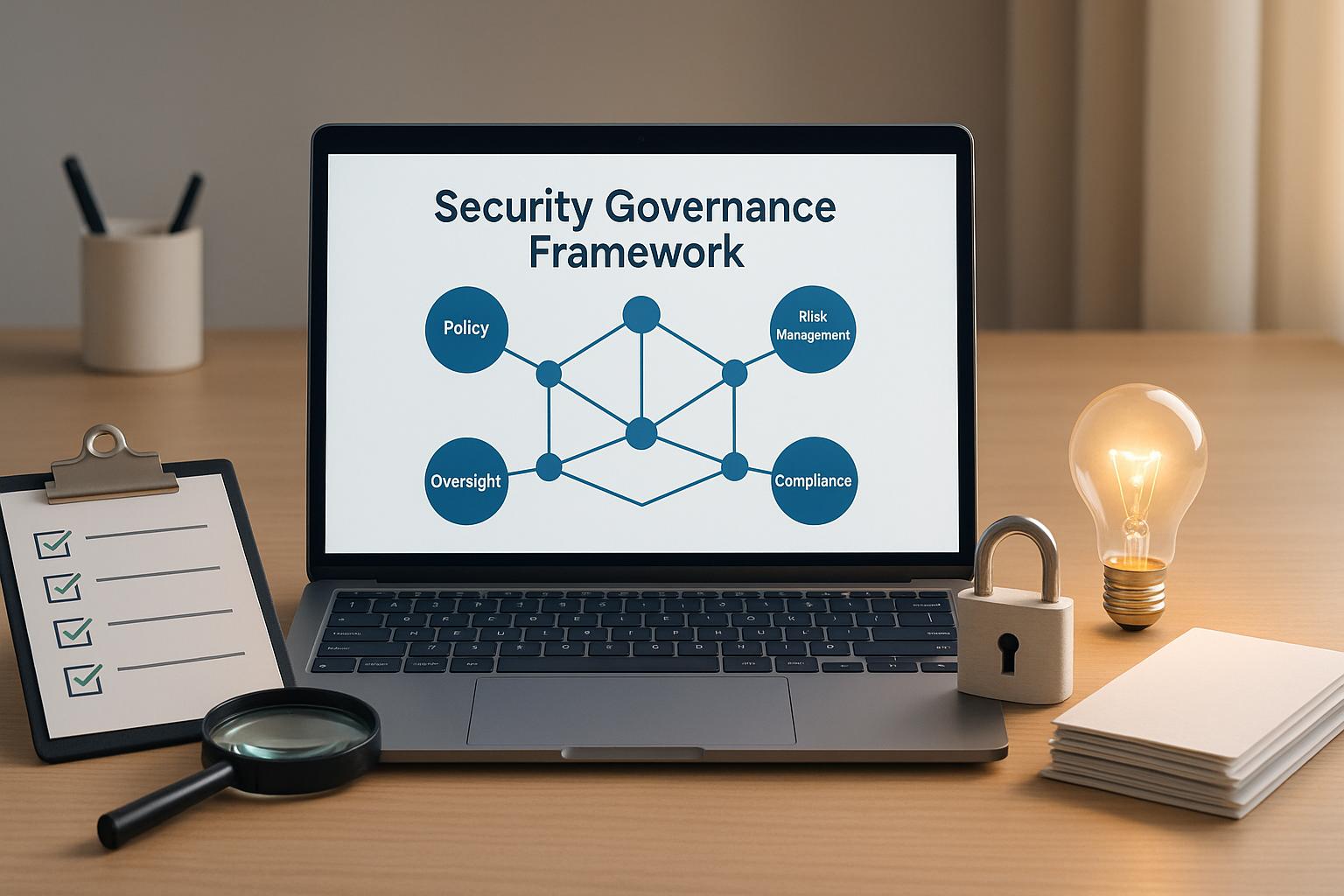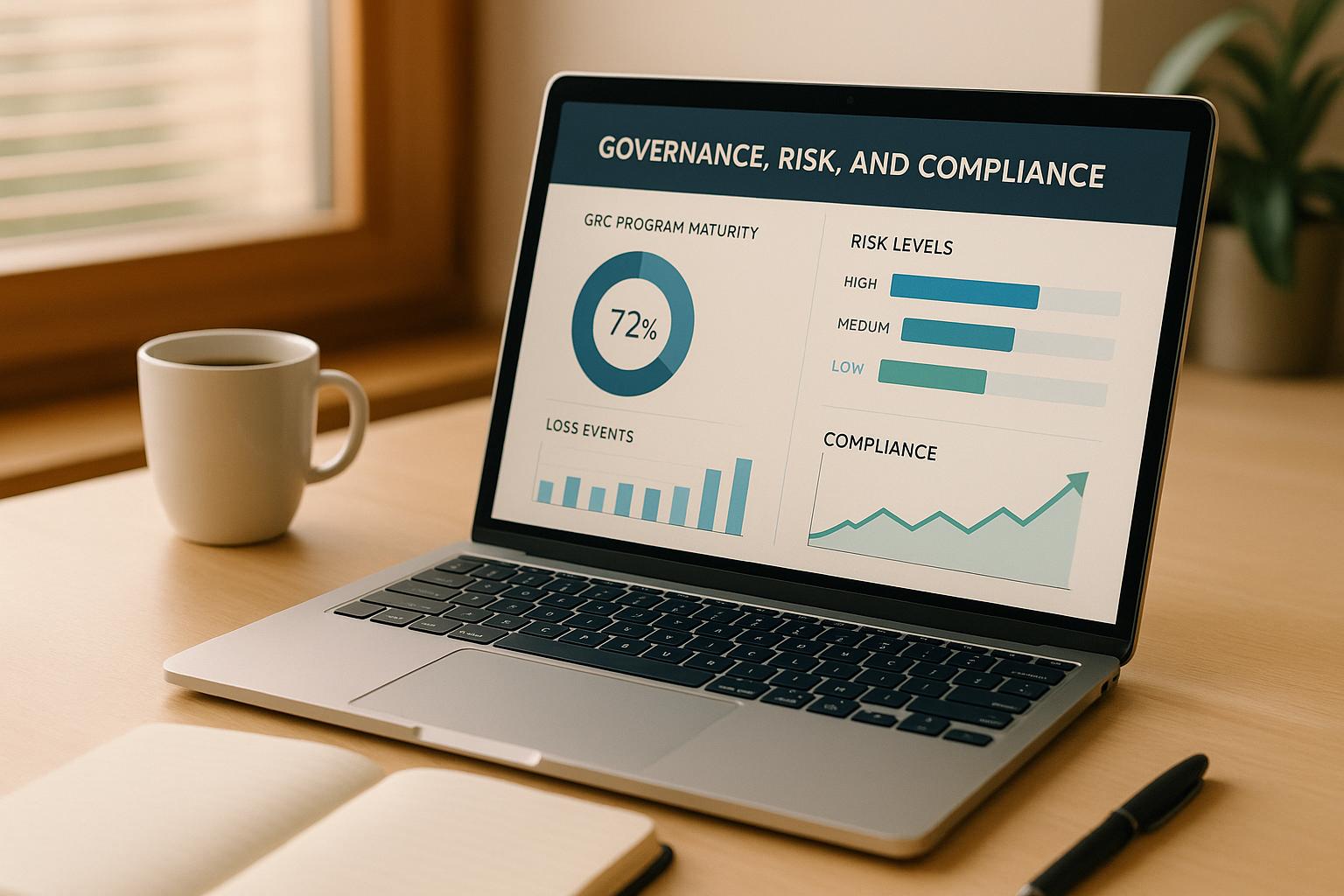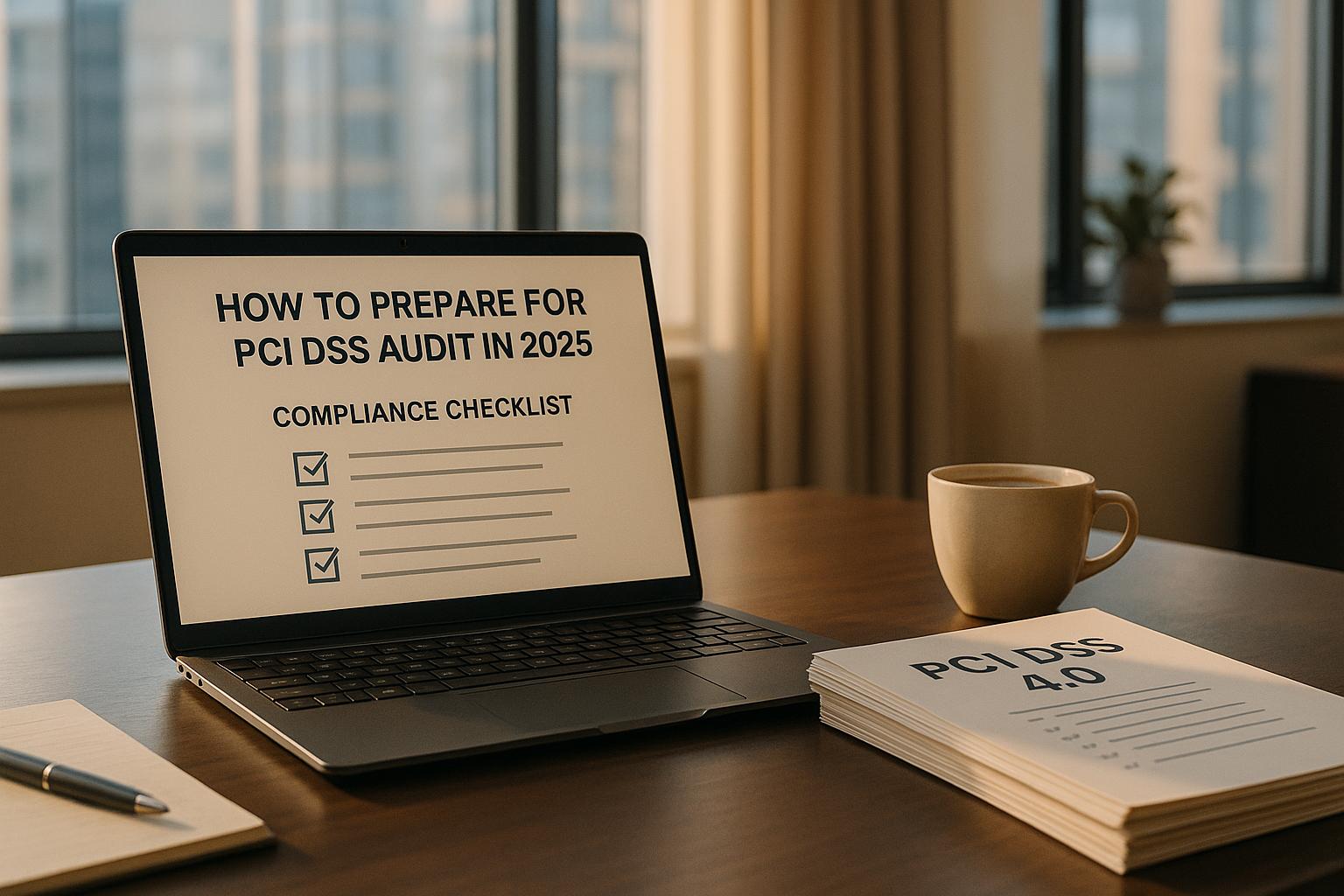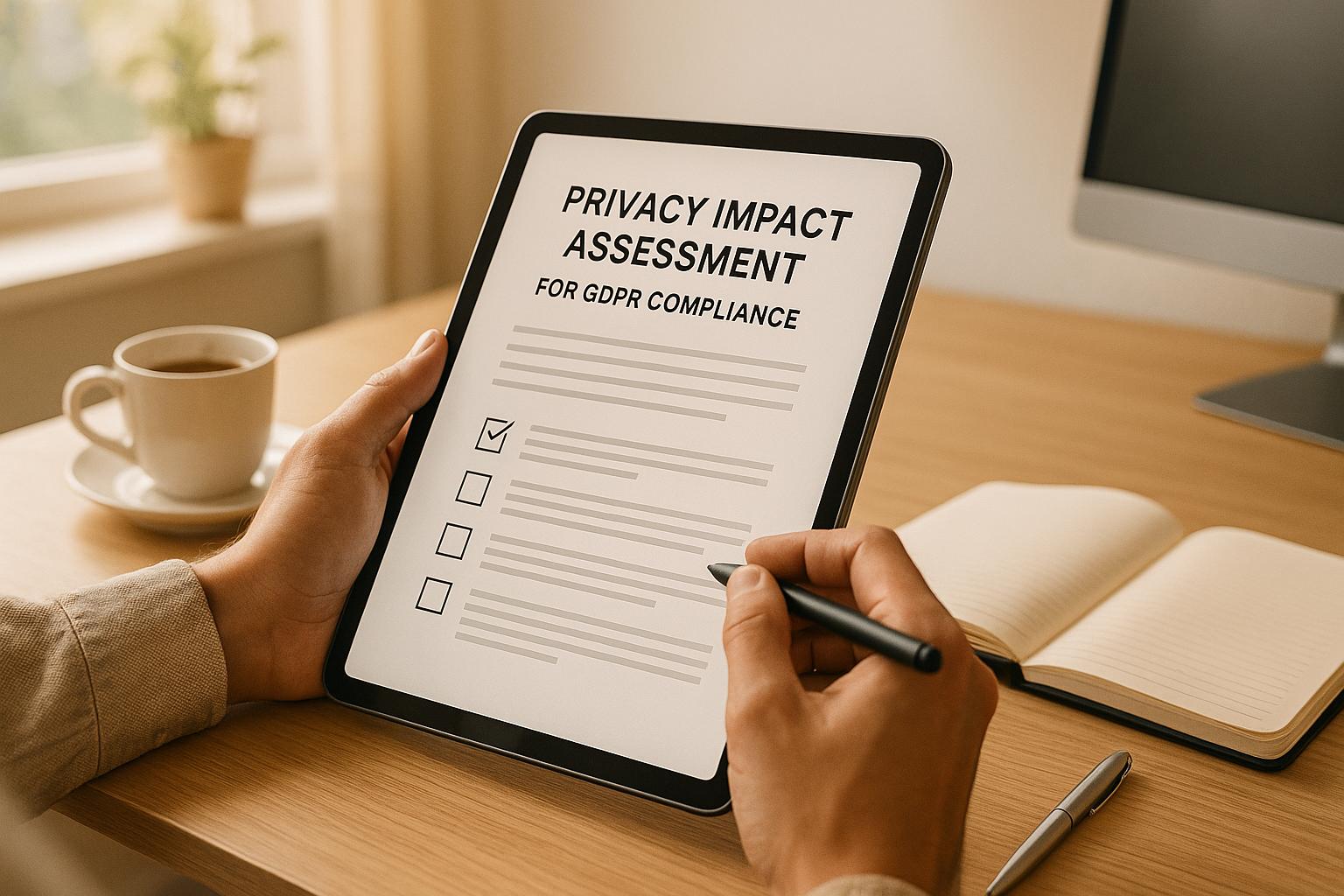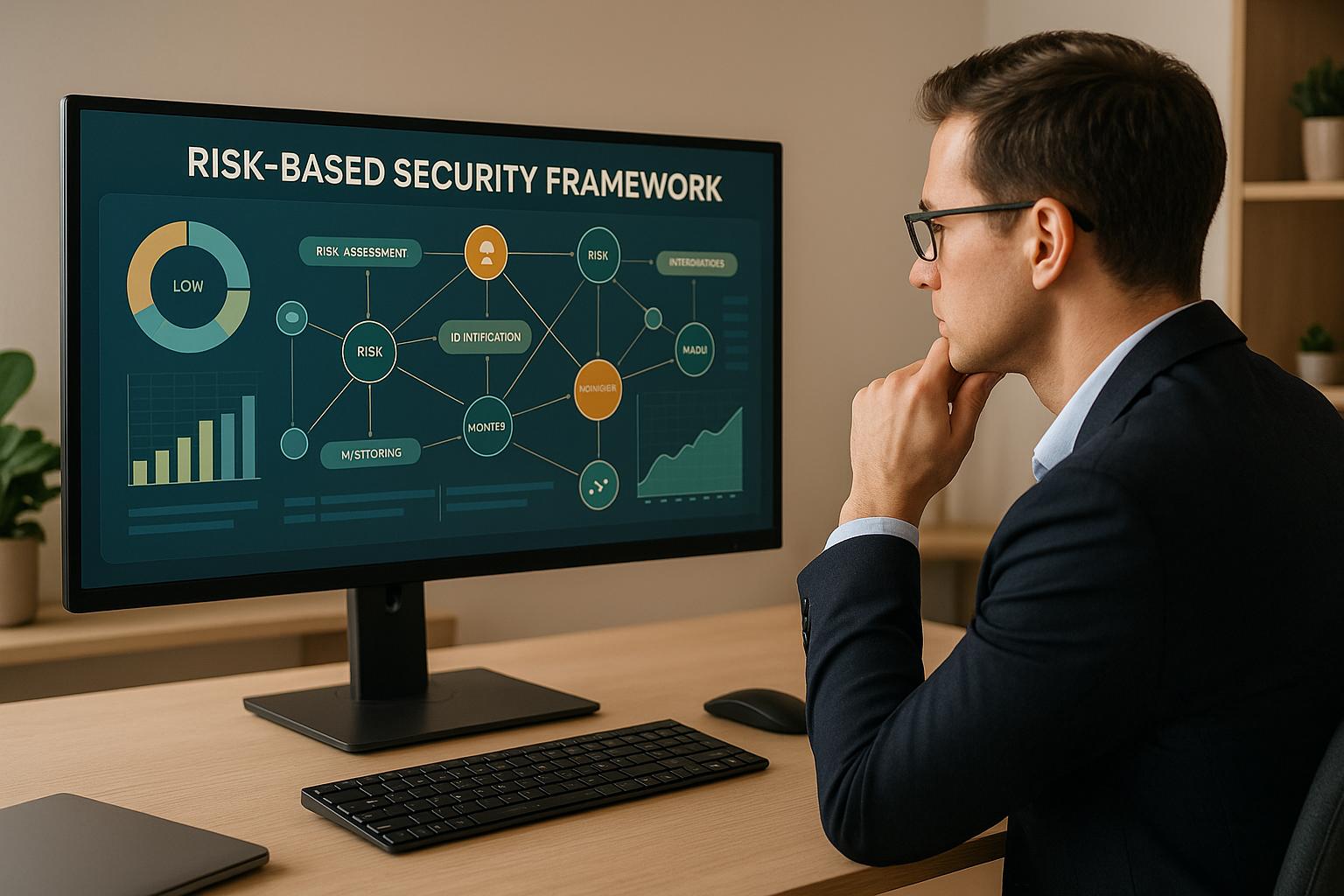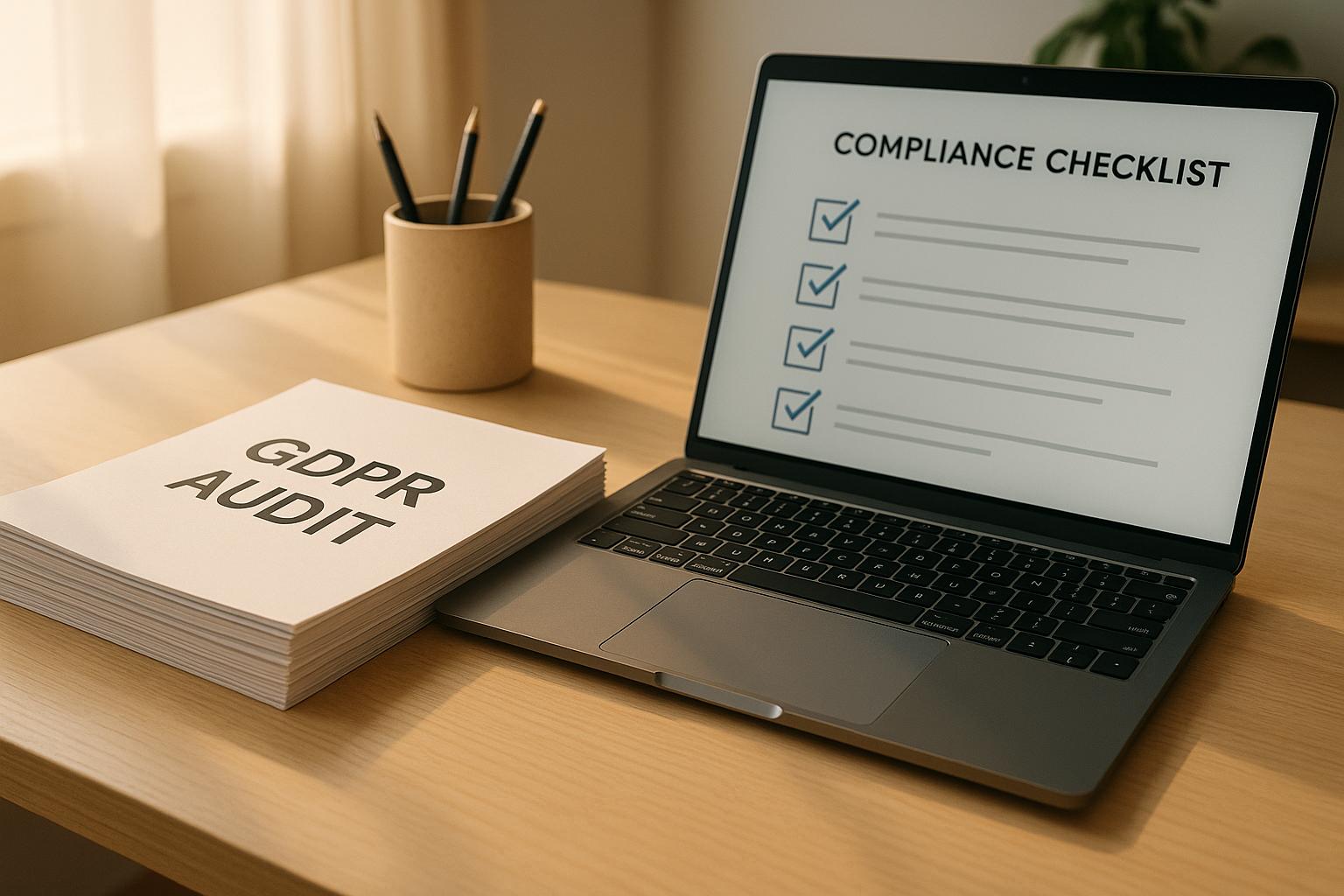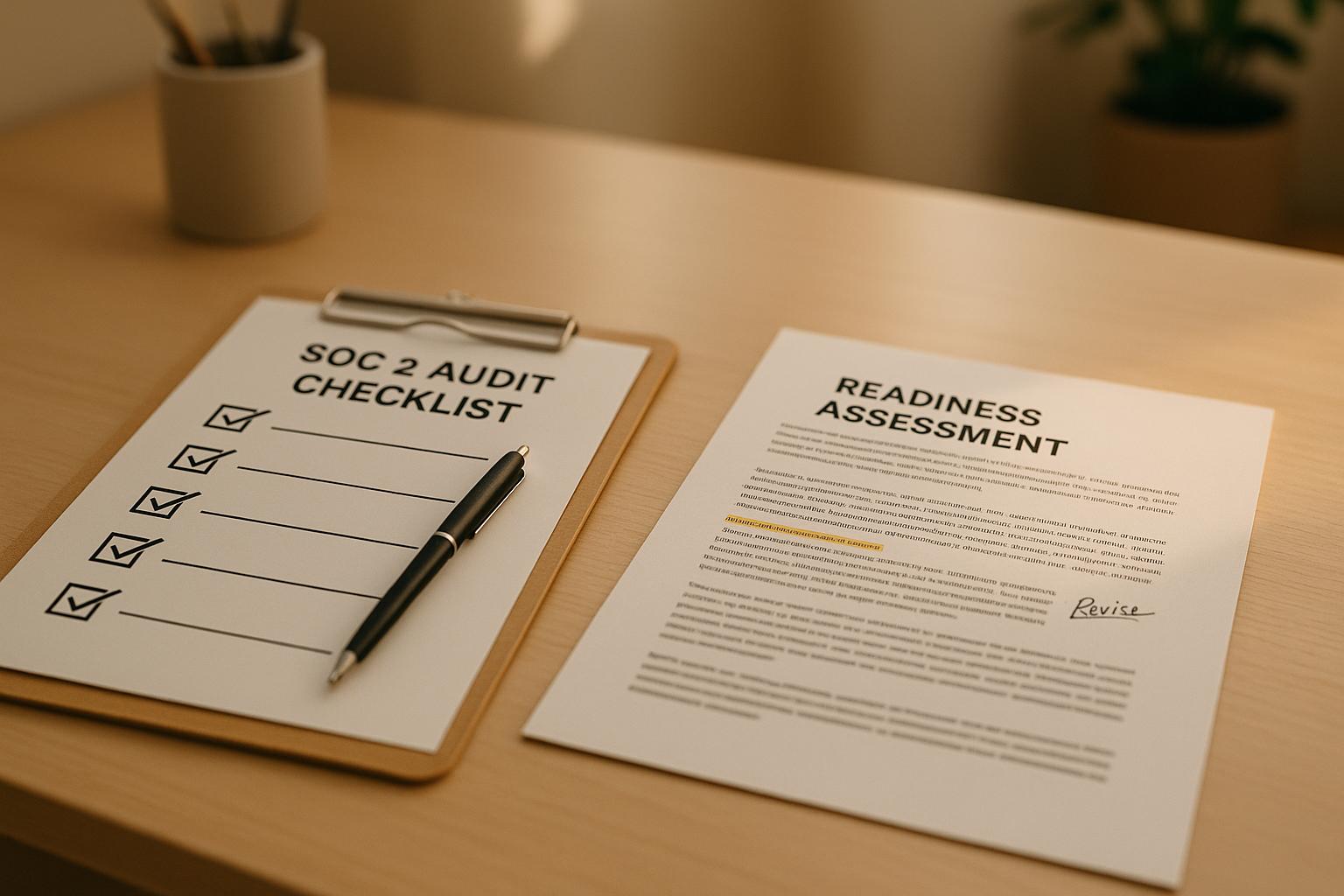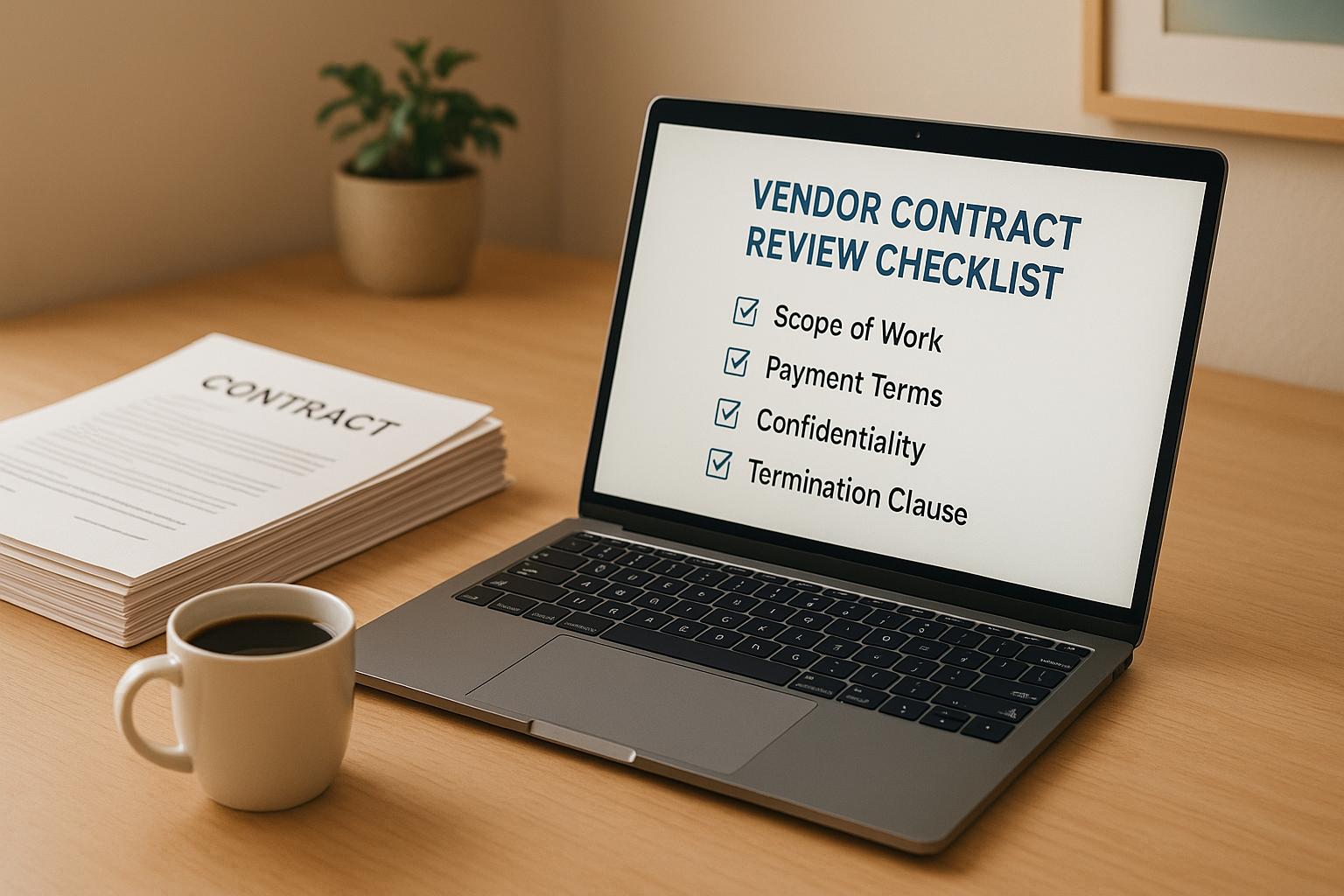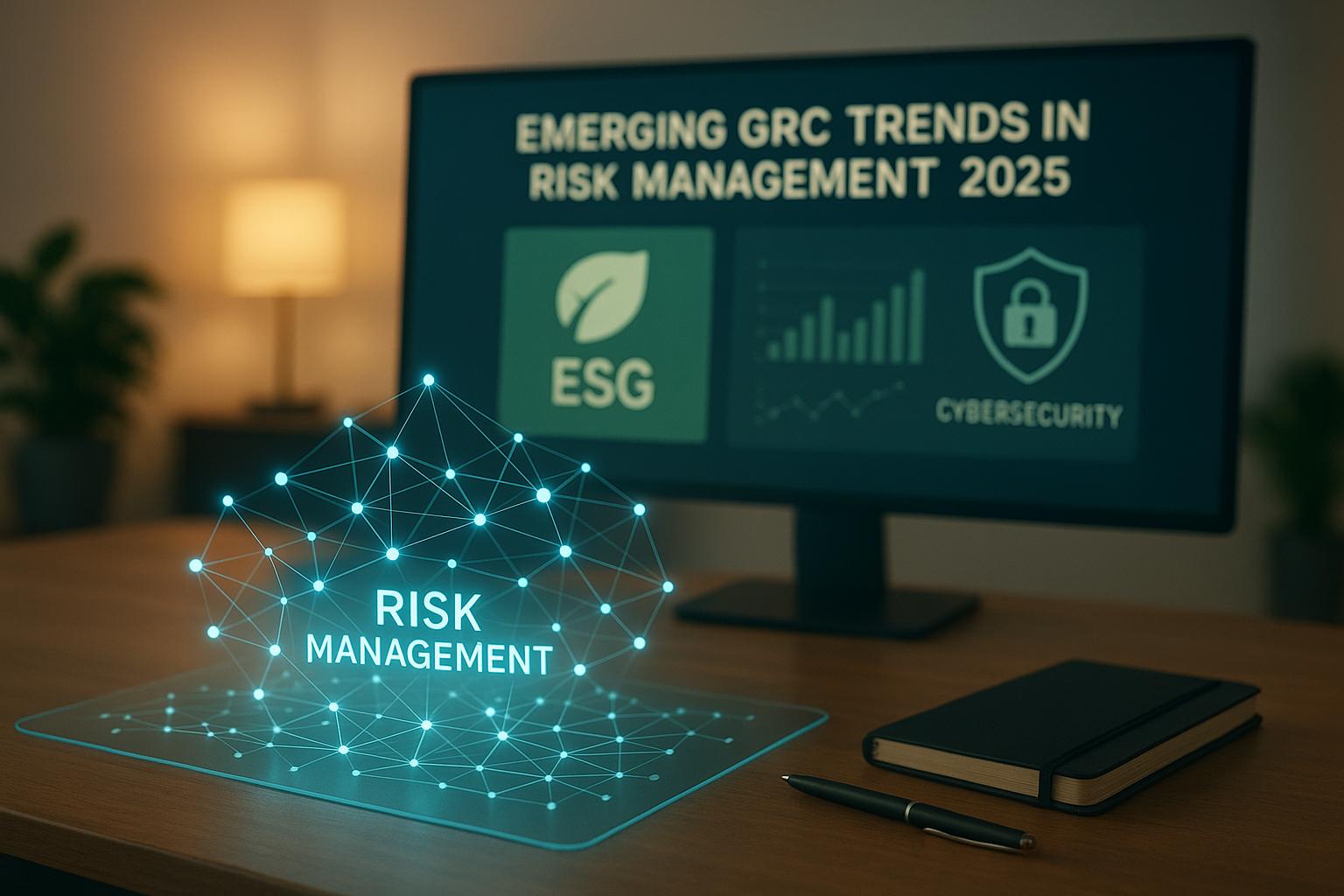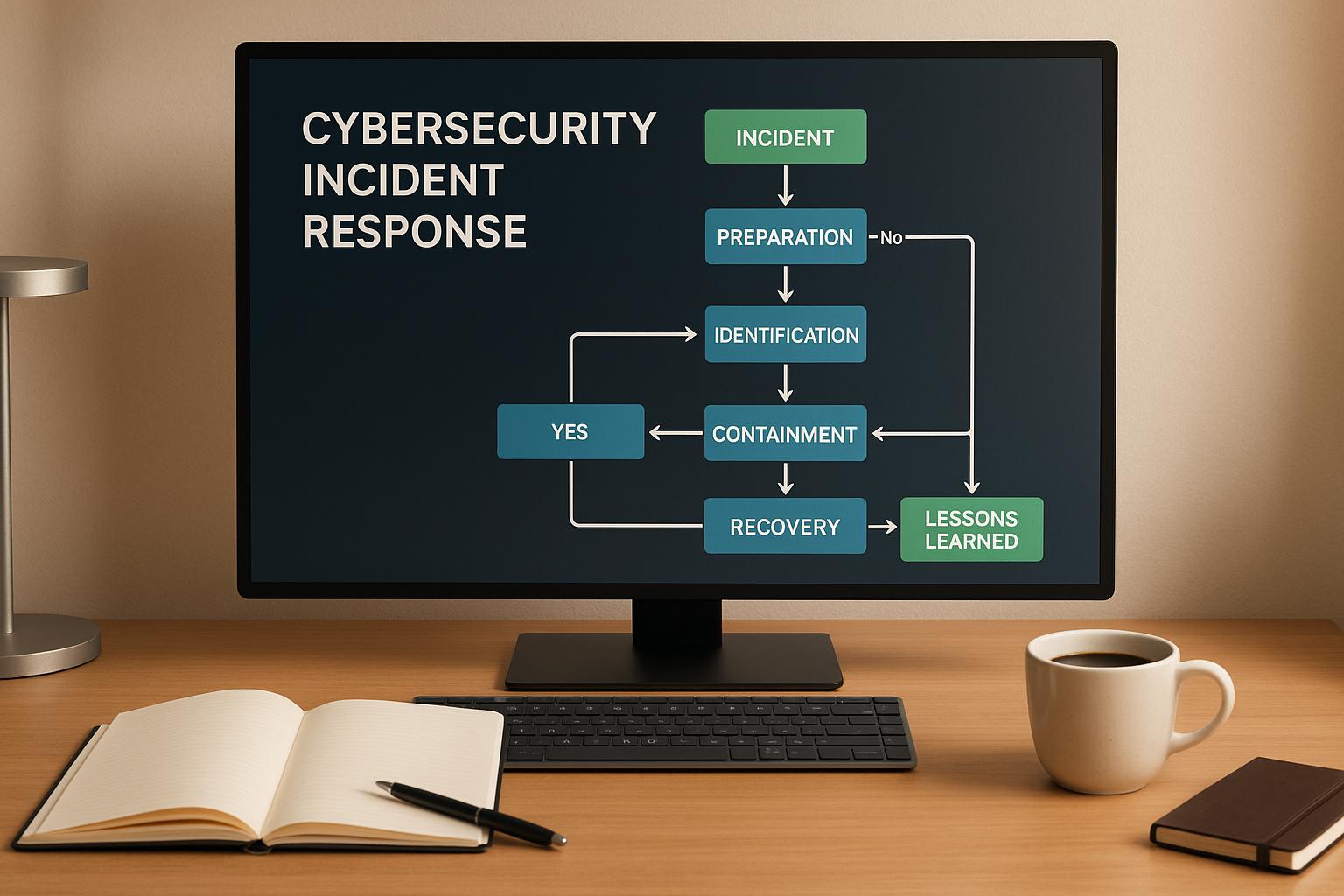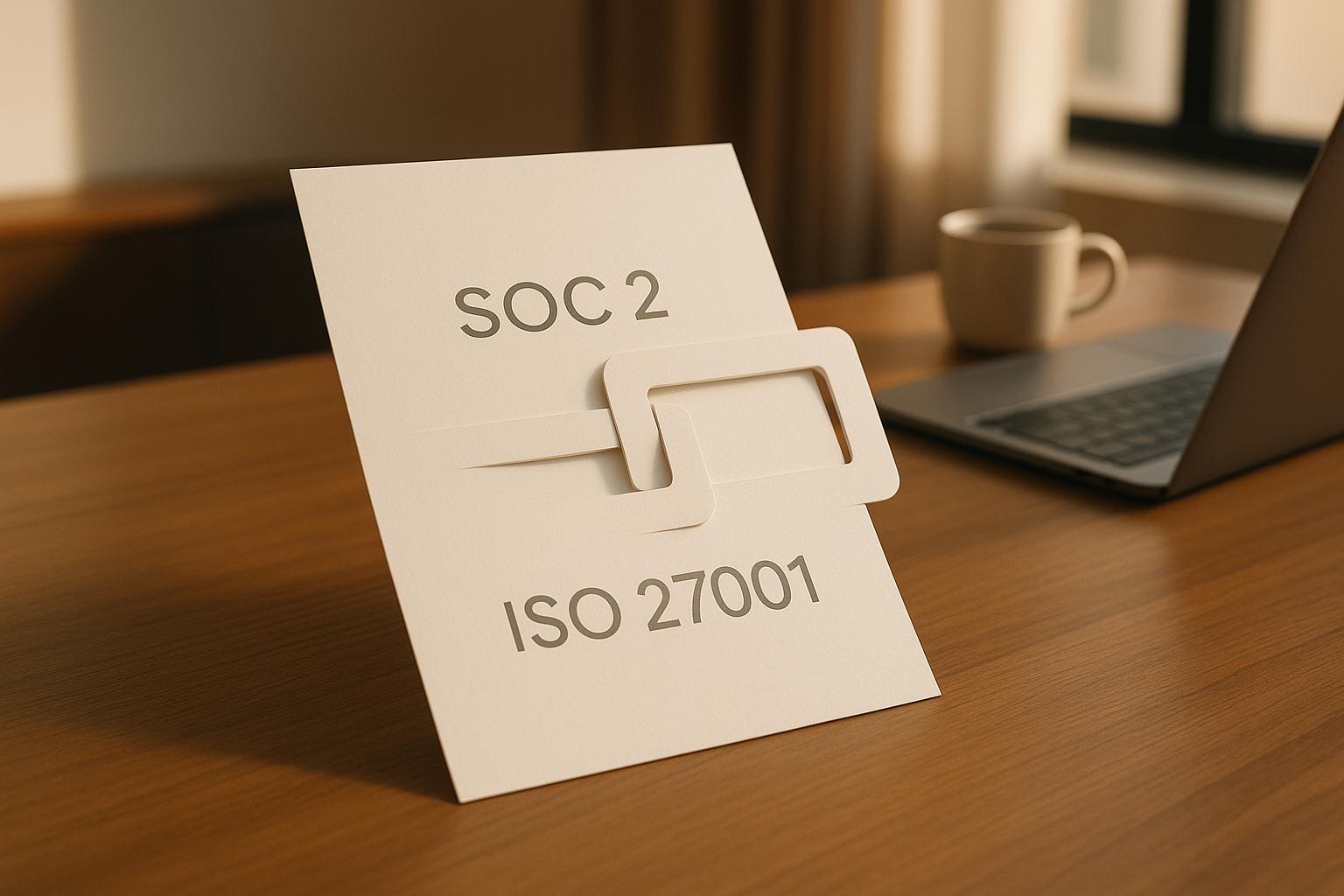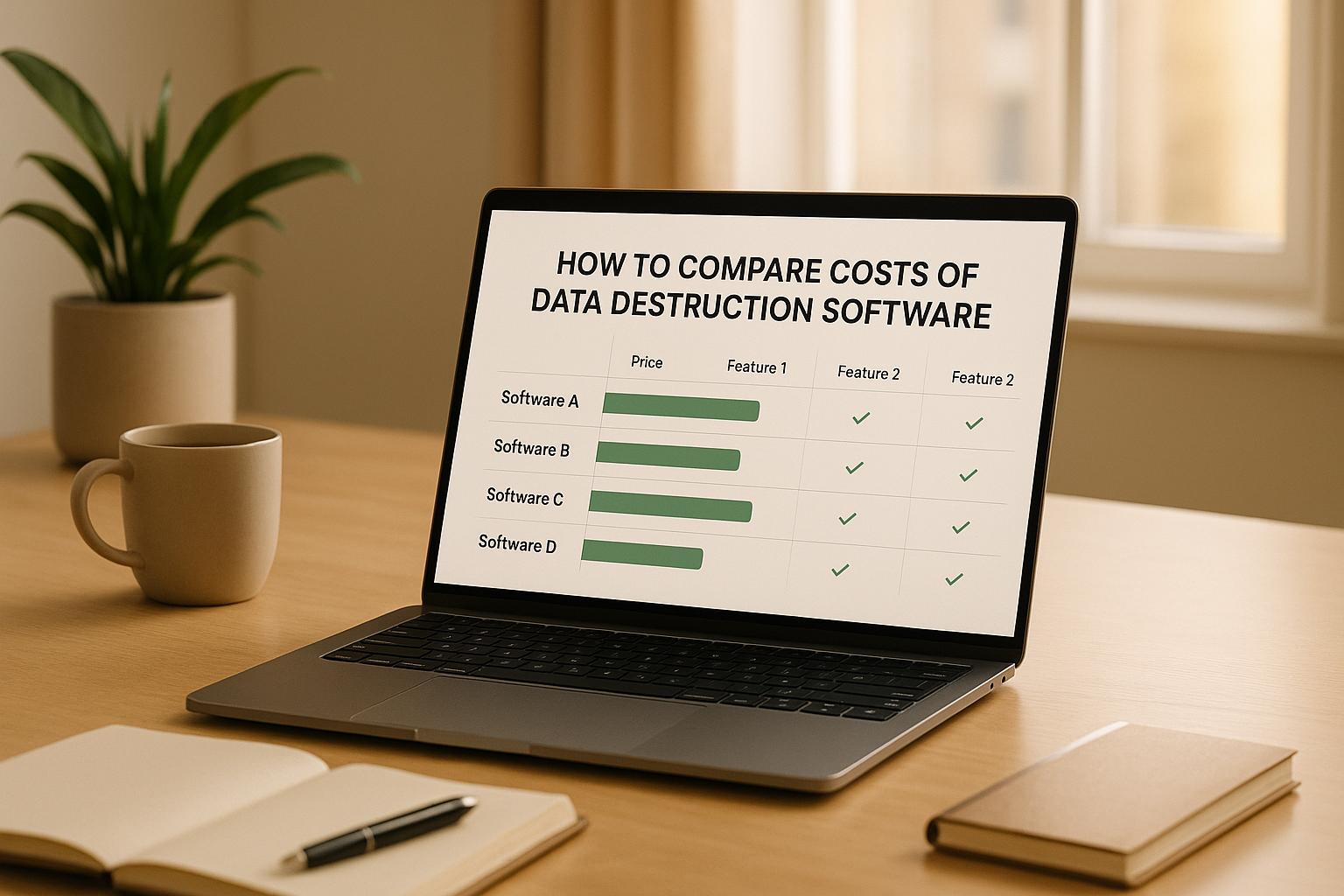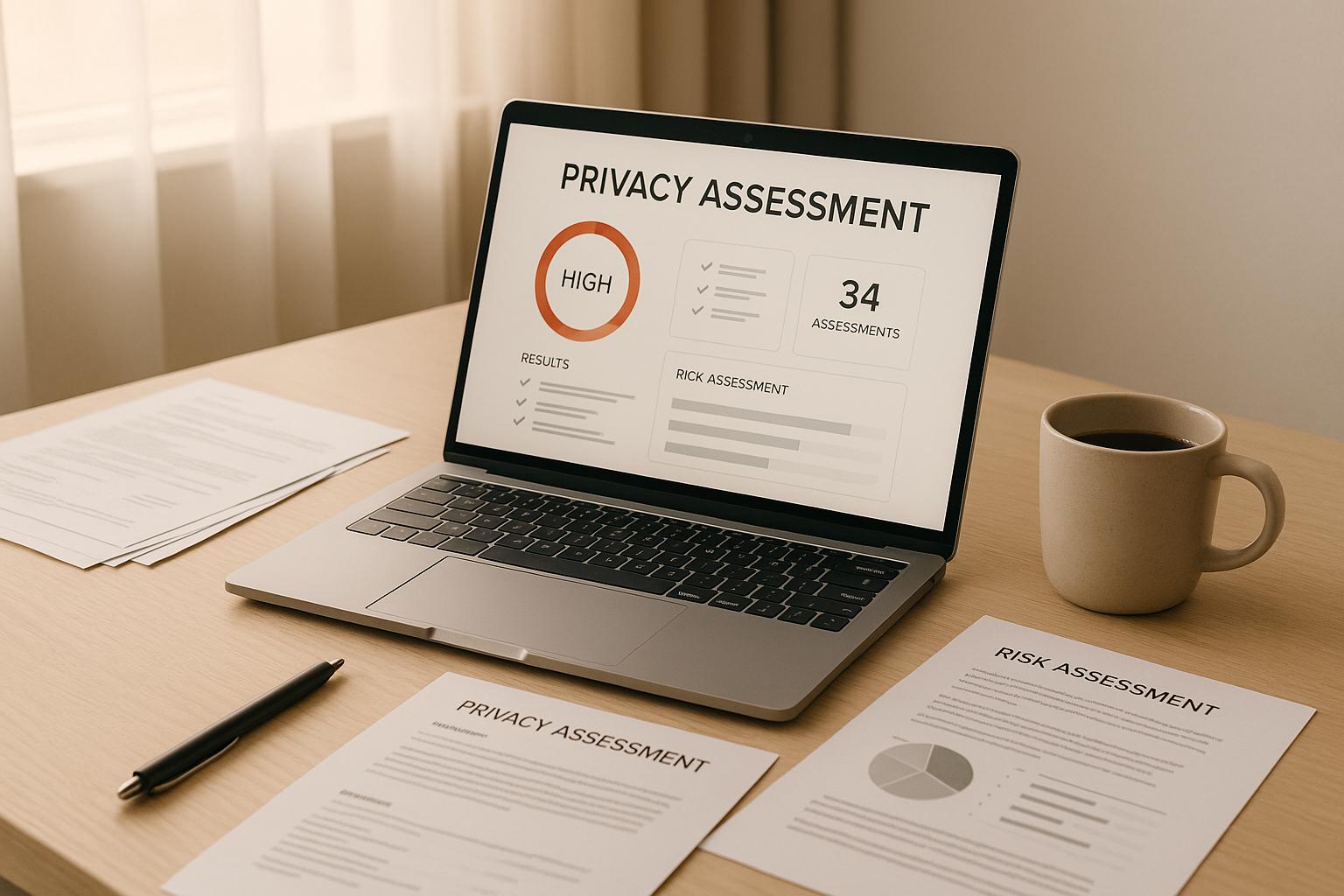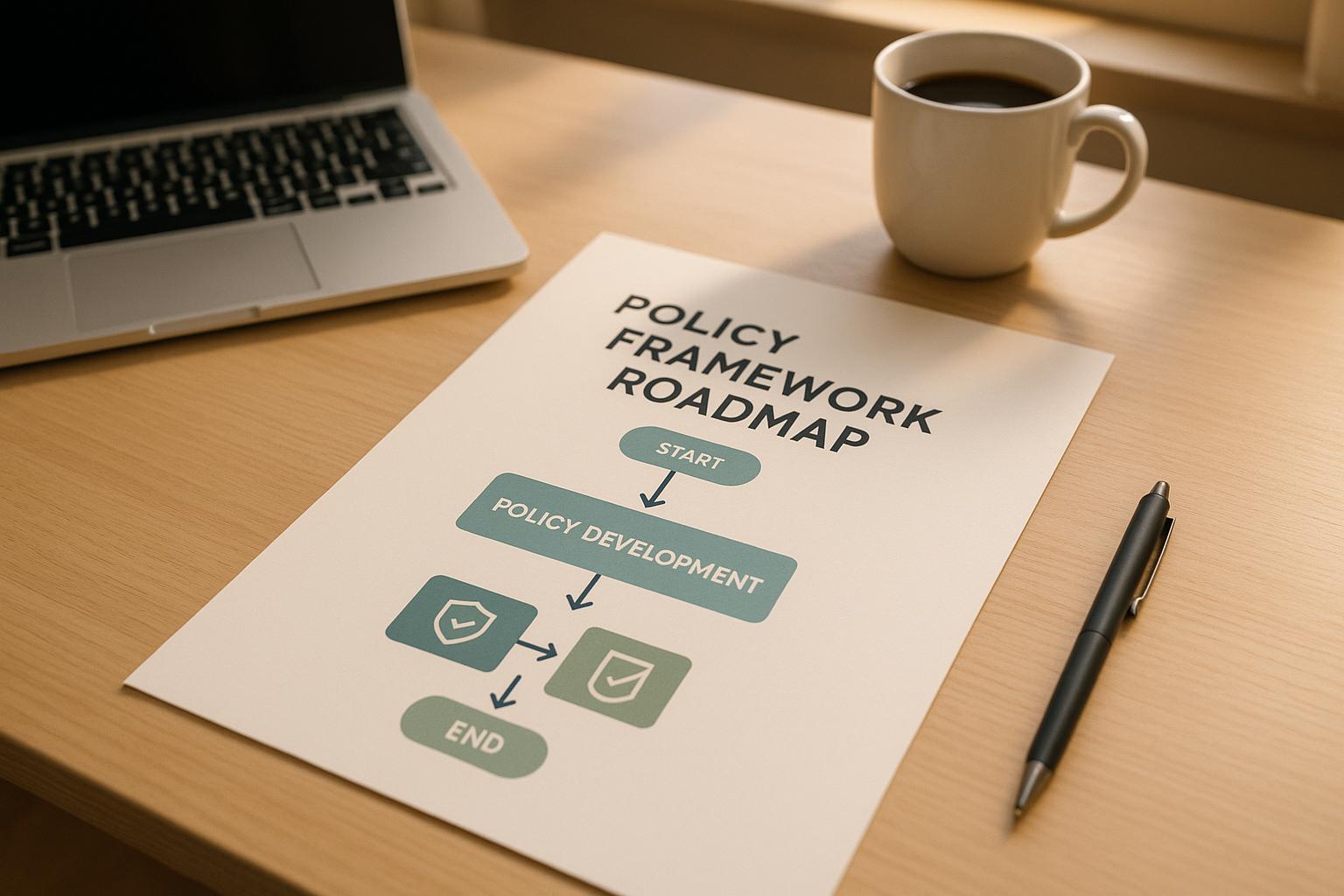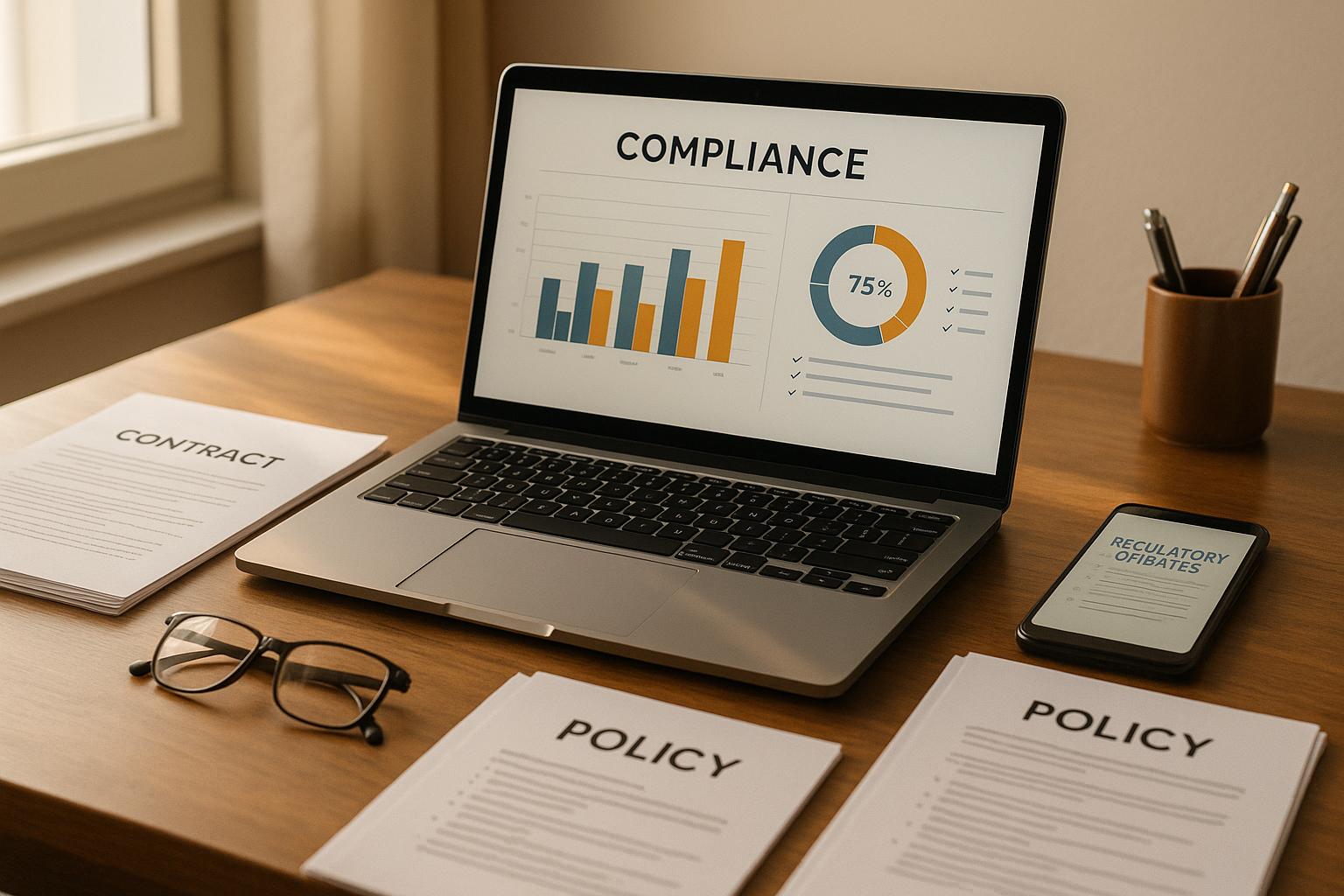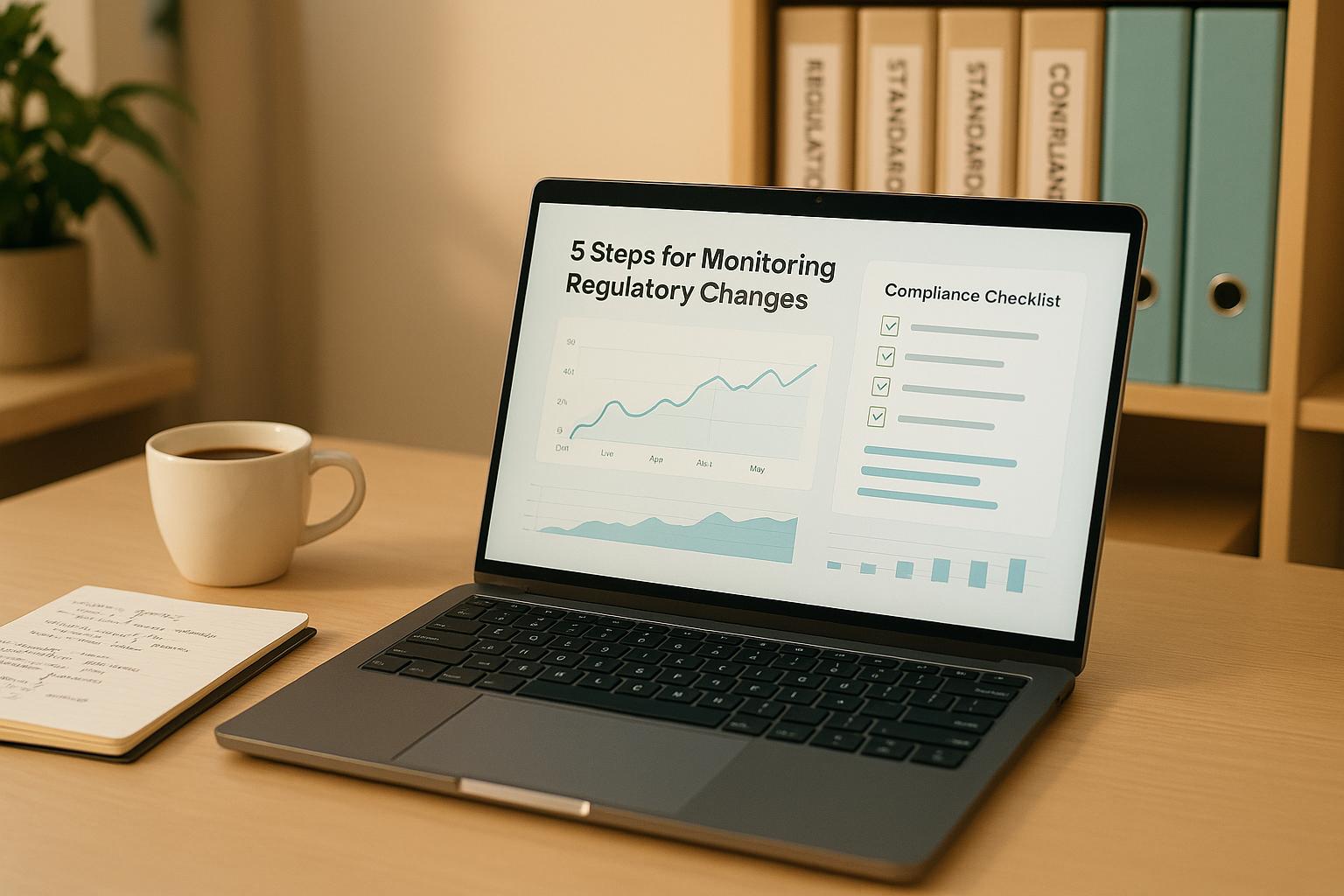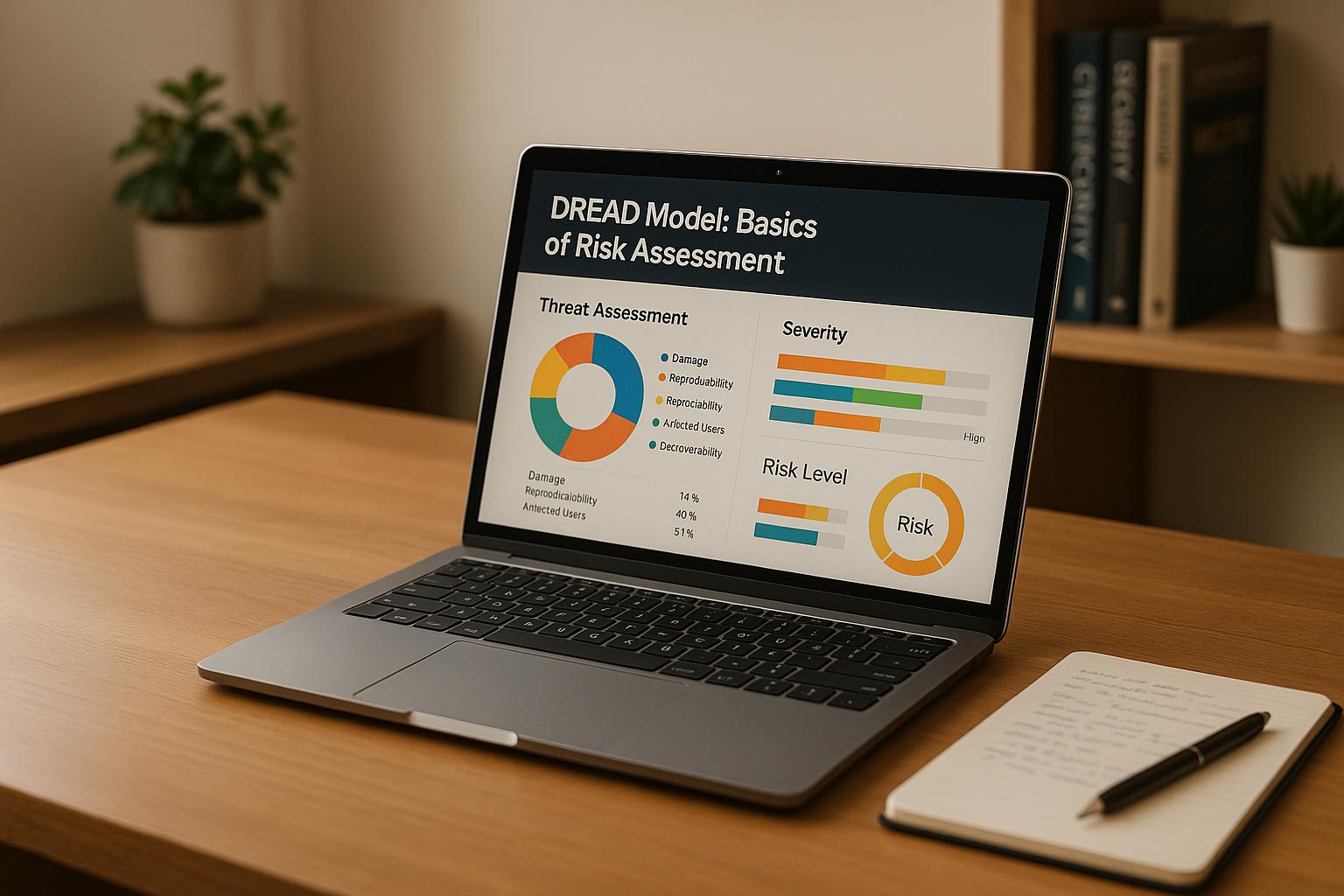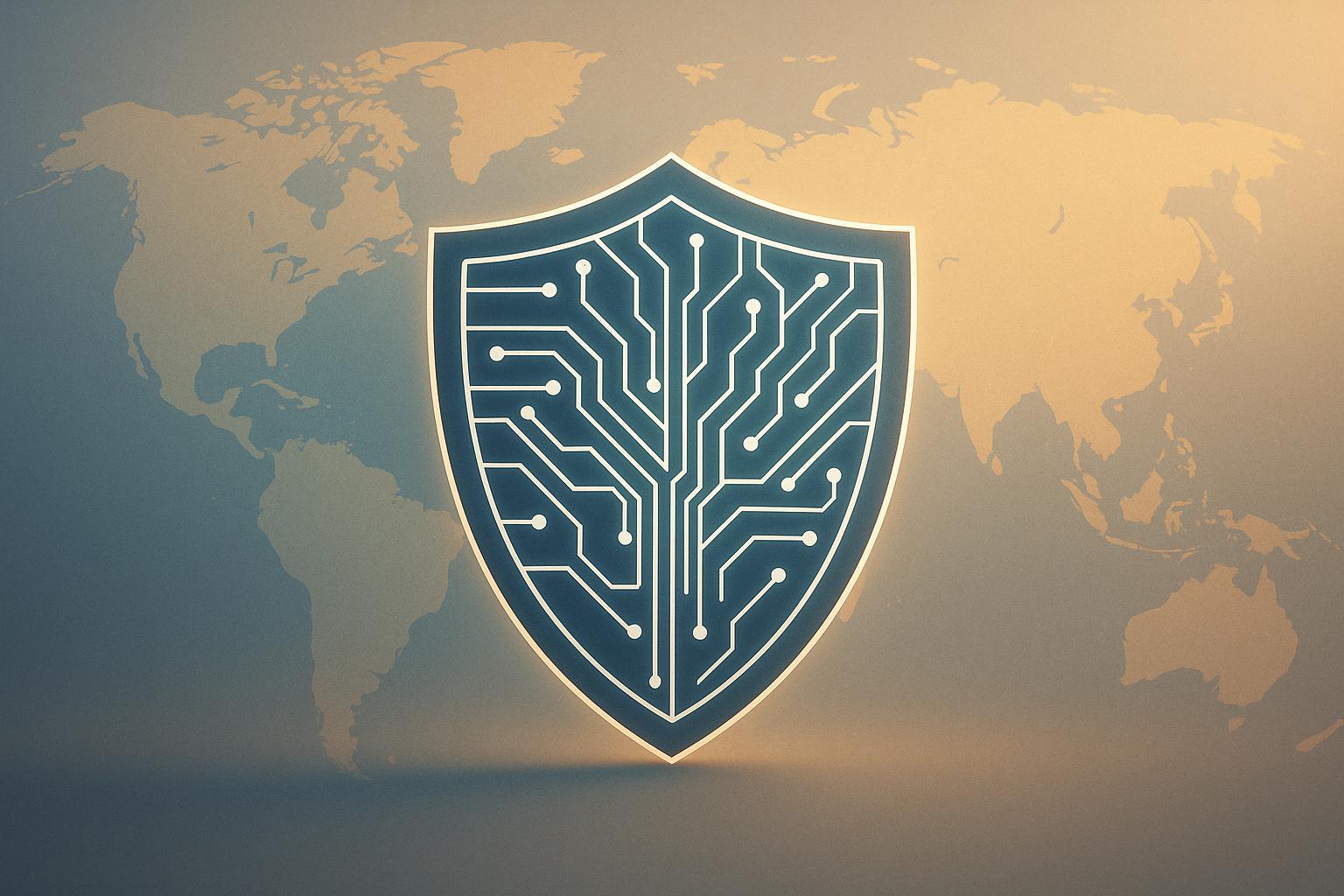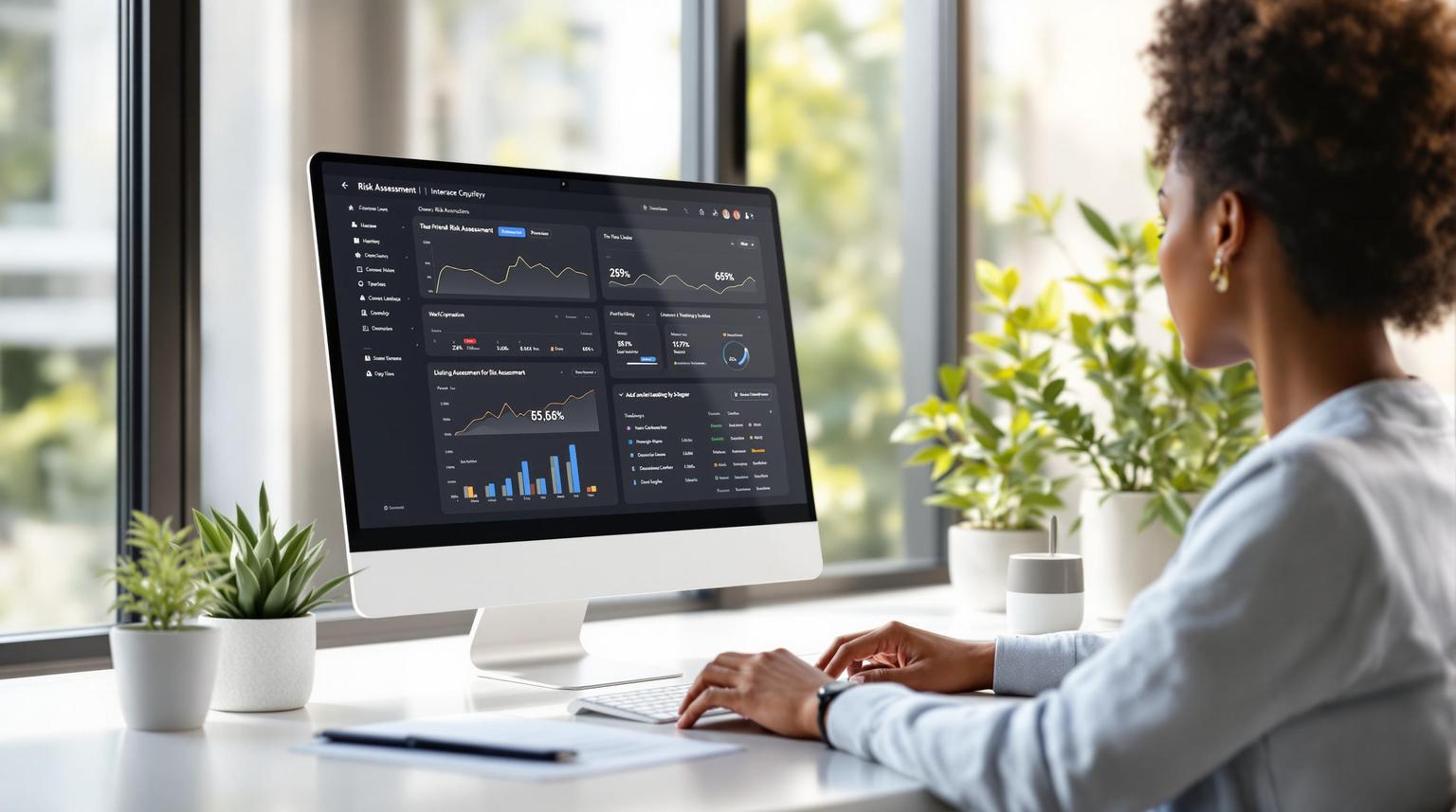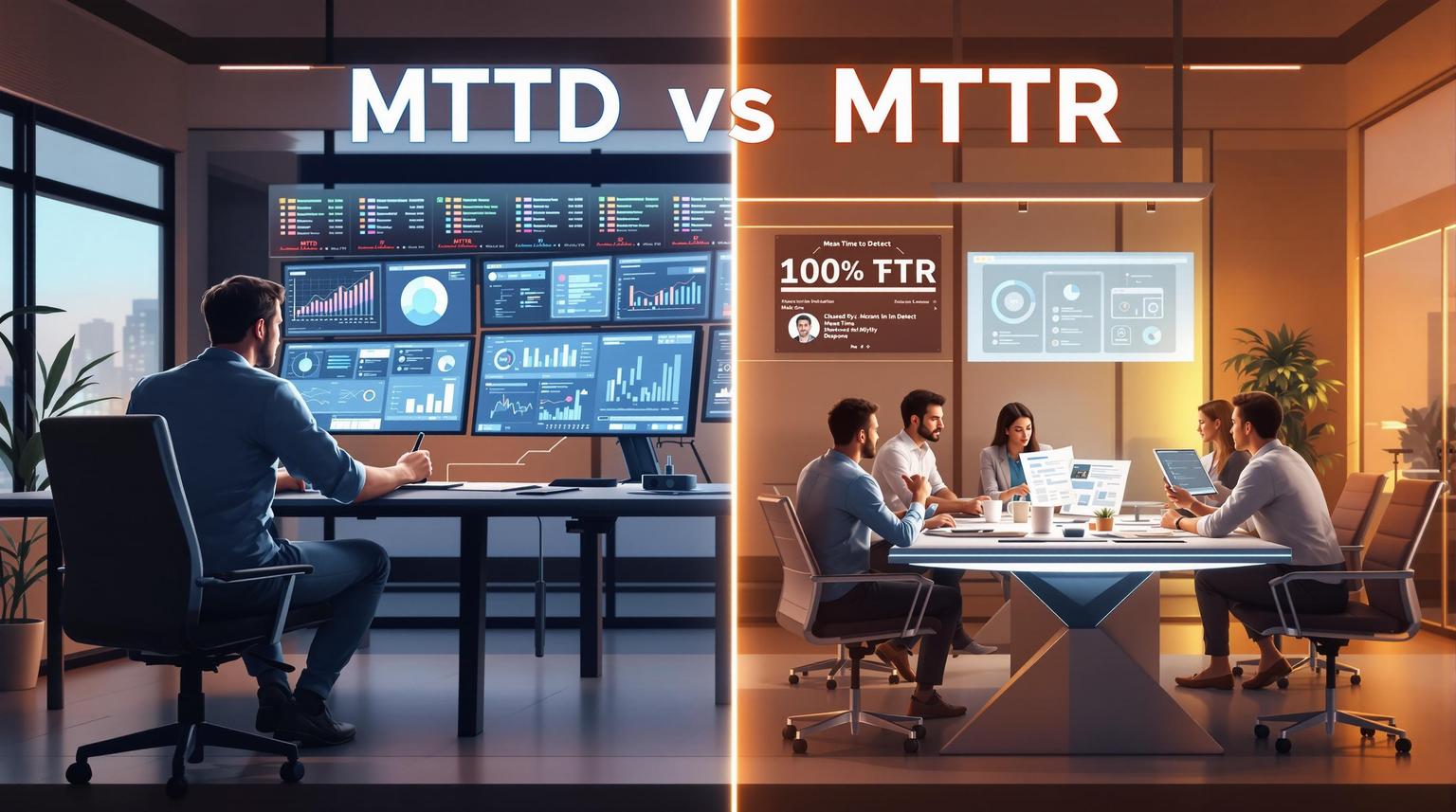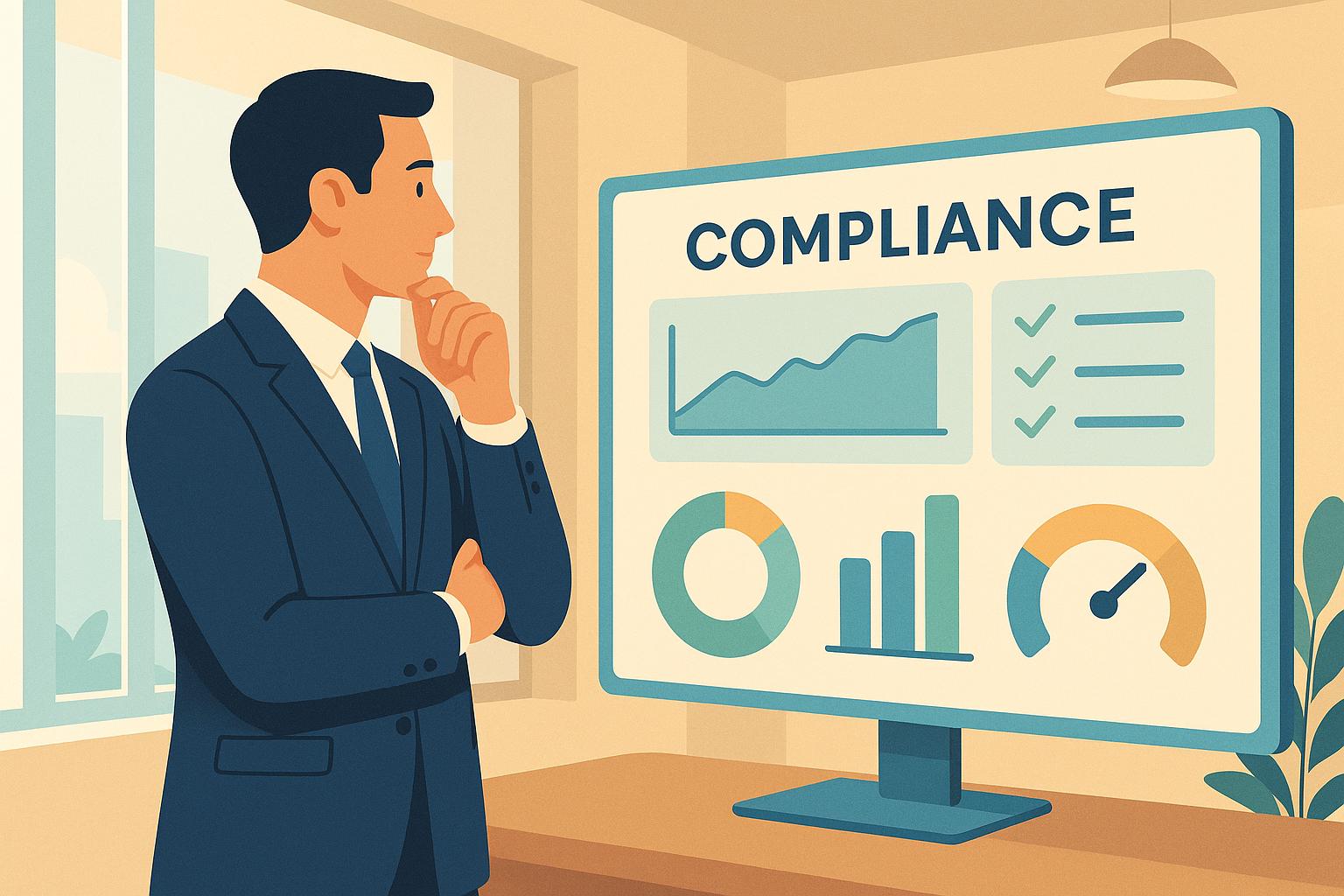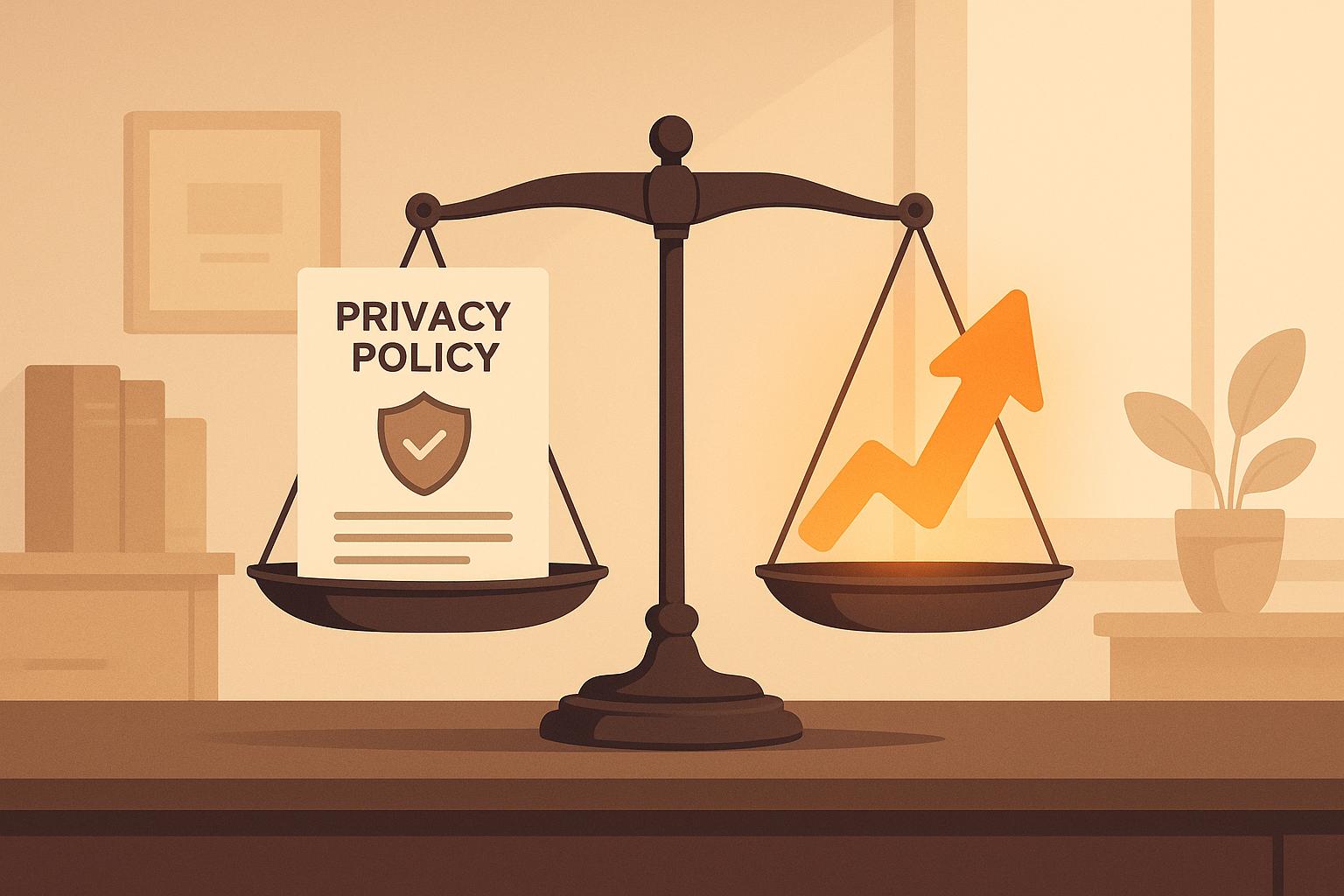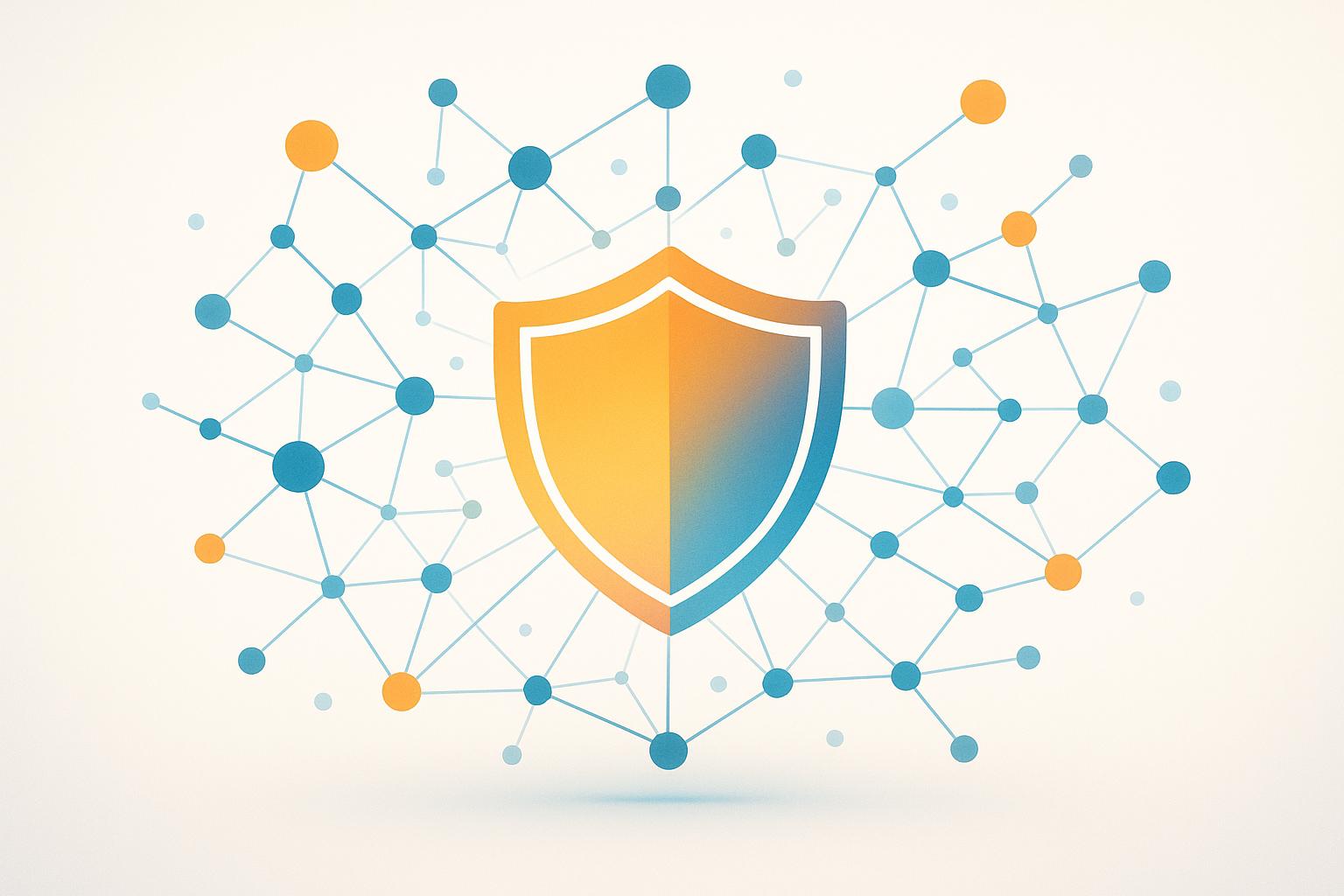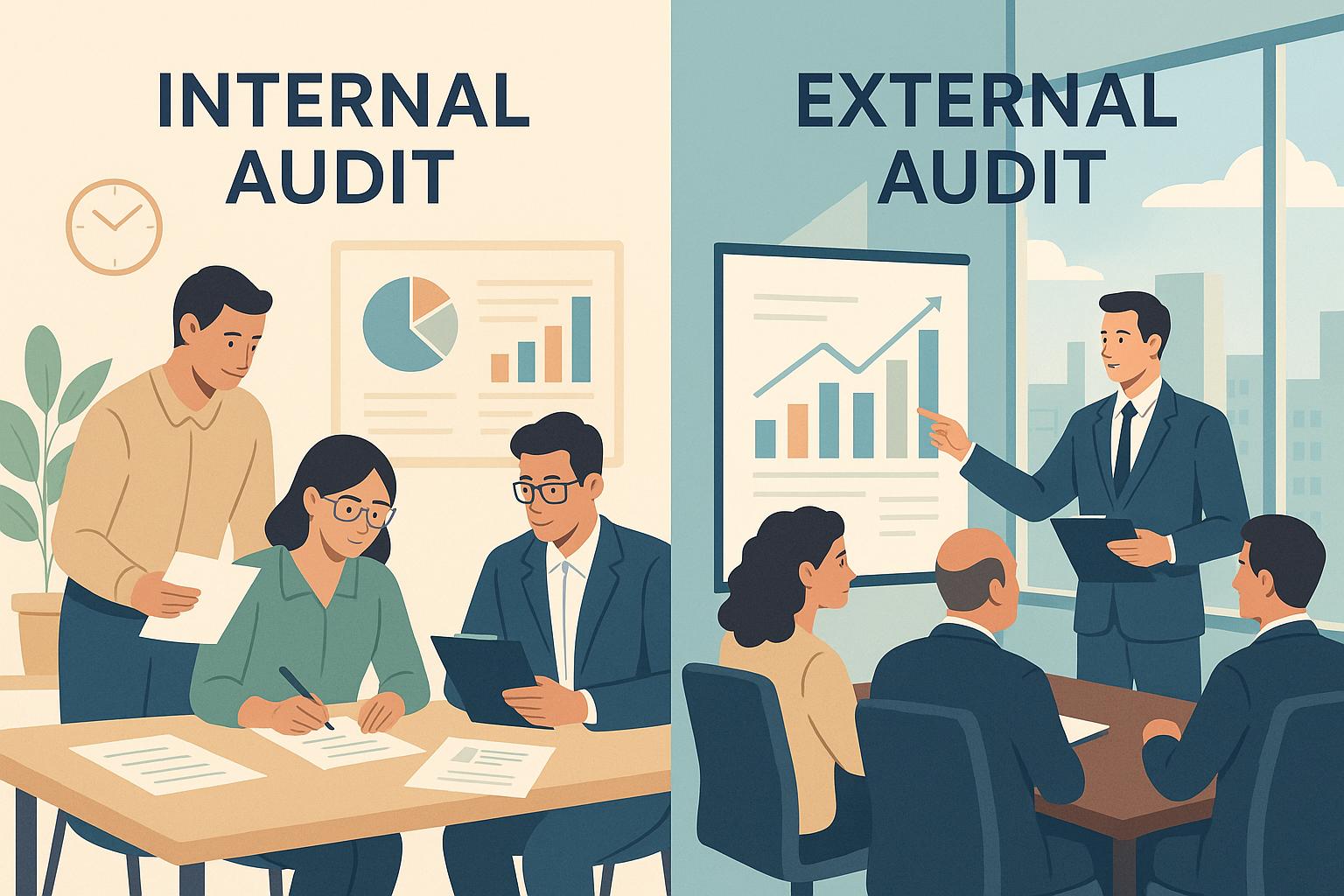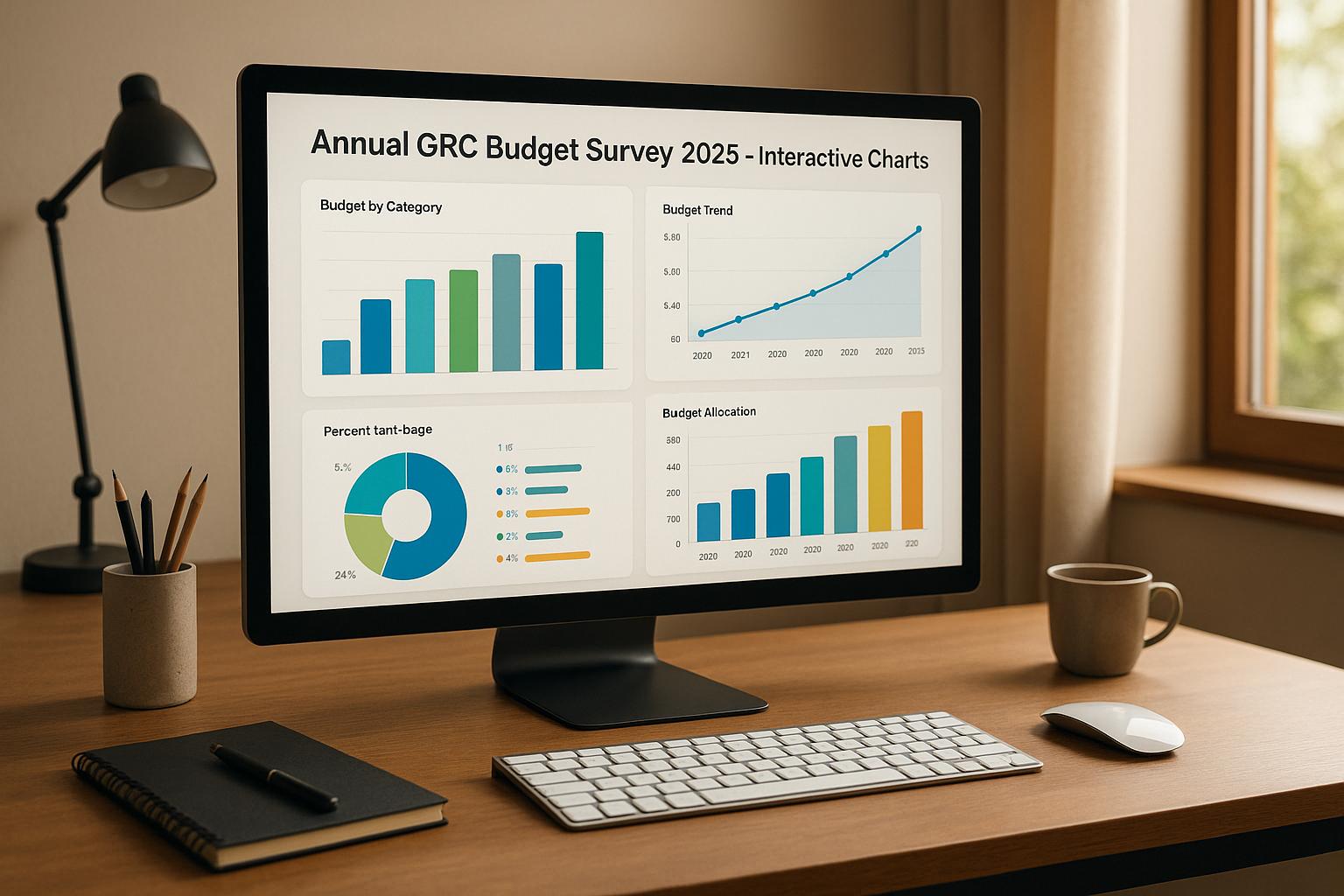
Organizations lose over $1 trillion annually due to gaps in Governance, Risk, and Compliance (GRC) programs. Yet, only 53% consider their GRC systems mature, highlighting a significant gap in readiness. The 2025 GRC Budget Survey reveals how companies are addressing these challenges, with 92% of respondents confident in their strategies and 77% expecting budgets to grow or remain steady this year.
Key Findings:
- Spending Trends: 64% of organizations plan to increase IT budgets in 2025, with 52% boosting security spending and 61% raising compliance budgets.
- Budget Allocation:
- 29% on GRC tools
- 26% on compliance audits
- 24% on staffing
- 22% on outsourcing
- Top Challenges: 51% struggle with complex regulations, while 48% face advancing cybersecurity threats.
- AI Adoption: Only 14% have integrated AI into GRC, despite 47% recognizing its potential value.
- Outsourcing: Outsourced GRC services save up to $44,700 per seat annually compared to in-house teams.
Quick Comparison Table:
| Category | Key Insights |
|---|---|
| Budget Growth | 77% expect steady or increased budgets in 2025. |
| Top Concerns | Regulatory complexity (51%), cybersecurity threats (48%). |
| AI in GRC | 14% adoption rate, with 47% seeing potential benefits. |
| Outsourcing Savings | $44,700 saved per seat annually compared to in-house teams. |
| Spending Priorities | GRC tools (29%), compliance audits (26%), staffing (24%), outsourcing (22%). |
Organizations are shifting from viewing GRC as a cost to treating it as a strategic investment. By leveraging technology, outsourcing, and proactive planning, companies are addressing risks while improving efficiency and resilience.
State of Study GRC: 2024 Highlights & 2025 Goals
Main Survey Results for 2025
The 2025 GRC Budget Survey highlights a growing trend: organizations are no longer seeing GRC (Governance, Risk, and Compliance) as just a necessary expense. Instead, they’re treating it as a strategic investment.
GRC Spending Patterns
This year, companies are putting more money into GRC initiatives. The survey shows 64% of organizations plan to increase their IT budgets in 2025, with total IT spending expected to rise by 9% compared to last year. A significant chunk of this increase is being funneled into GRC-related expenses.
Security and compliance are at the forefront, with 52% of organizations planning to boost security spending and 61% expecting to raise compliance budgets over the next two years. Regulatory compliance is a major factor, with 69% of respondents identifying it as the key driver behind their security investments.
When it comes to budget allocation, companies are spreading their resources across several areas:
- 29% goes to GRC tools
- 26% is spent on compliance audits
- 22% is allocated to outsourcing and consultants
- 24% is dedicated to staffing
This breakdown reflects a balanced approach, emphasizing both advanced technology and skilled personnel to strengthen GRC programs.
Looking ahead, nine out of ten respondents expect compliance-related costs to climb by up to 30% over the next two years. Budgets for GRC platforms alone are projected to grow by an average of 25% over the next 12 to 24 months. The main factors driving these increases? Expanding cloud infrastructures (47%), stricter regulatory requirements (45%), increased scrutiny (45%), and growing reliance on third-party data handling (45%).
These spending patterns reveal a clear priority: organizations are gearing up to tackle GRC challenges with a mix of technology, personnel, and strategic planning.
Top GRC Priorities for Organizations
Technology is at the heart of GRC strategies. Companies are ramping up their use of automation and AI for real-time monitoring, predictive analytics, and more efficient audits.
Cybersecurity and data privacy remain critical concerns. Over the past year, 60% of organizations experienced a data breach, and nearly 40% expect significant threats in the coming year. With regulations like GDPR and CCPA setting the bar for data protection, companies are making privacy a top priority.
The regulatory landscape continues to test organizations, with 60% admitting they struggle to meet compliance requirements. To address this, many are adopting flexible GRC frameworks designed to adapt quickly to regulatory changes.
ESG (Environmental, Social, and Governance) compliance is also gaining traction. As stakeholders demand more transparency, companies are integrating ESG risk assessments, reporting, and monitoring into their GRC processes.
Global expansion adds another layer of complexity. Cross-border compliance challenges have led 41% of organizations to adjust their GRC budgets in response to increased regulatory scrutiny. Crisis management and resilience are also high on the agenda, with organizations implementing detailed crisis plans, simulation exercises, and resilience testing.
Growth in Outsourced GRC Services
While internal budgets are growing, outsourcing has become a practical solution for addressing expertise gaps. In 2024, 70% of organizations turned to cloud-based compliance platforms to meet requirements like SOC 2.
Third-party risk management is a key reason for this shift. With 61% of organizations reporting incidents involving third-party data in the past year, frameworks like DORA are becoming essential. Outsourcing to specialists helps companies navigate complex vendor relationships and meet regulatory demands effectively.
"While legal spend is increasing, the efficiency and quality of that spend are improving, thanks to the addition of legal operations."
Services like Virtual CISO (vCISO) and Virtual Data Protection Officer (vDPO) are also gaining traction. These roles provide executive-level guidance on cybersecurity and compliance without the cost of full-time hires. By leveraging these services, internal teams can focus on core business activities while ensuring robust risk management.
Interestingly, 62% of organizations now view risk as an opportunity rather than a threat. This shift in mindset is driving investments in both internal capabilities and external partnerships, reflecting a more proactive and strategic approach to GRC.
Budget Breakdown and Industry Benchmarks
Building on earlier discussions about GRC spending, this section dives into how businesses allocate their budgets across key areas. The data reveals clear trends, offering actionable insights for resource planning.
Budget Distribution by Category
In 2023, GRC budgets were divided across several categories: GRC tools (29%), compliance audits (26%), staff costs (24%), and outsourcing/consultant work (22%). This balanced allocation highlights the diverse needs of GRC programs.
Staffing remains a dominant cost driver in research and compliance. Combined, headcount (32%), participant recruitment (20%), and tooling platforms (19%) make up 71% of these budgets.
Spending on GRC is only increasing. By 2024, 74% of surveyed organizations reported security budgets exceeding $1 million. Key factors driving this growth include expanding cloud usage (47%), new regulatory demands, stricter regulatory scrutiny, and handling more third-party data, each cited by 45% of respondents. As a result, 72% of organizations expect their compliance teams to grow.
Failing to invest in GRC can be costly. 42% of companies reported breaches with financial losses ranging from $1 million to $5 million per incident. Larger organizations (over 2,500 employees) often faced damages between $5 million and $20 million, while smaller companies typically incurred losses between $100,000 and $1 million. These figures emphasize the importance of strategic spending, especially in tools that streamline compliance operations.
Compliance Tool Usage Rates
To improve efficiency, many organizations are adopting specialized platforms for compliance management. According to the survey, 91% of respondents have centralized GRC teams. However, challenges remain - 52% of respondents spend 30% to 50% of their time on administrative tasks, such as manual data entry.
Testing practices also show variability. 59% of organizations test all controls, rather than focusing on high-priority ones. Additionally, 55% use a common controls framework to simplify their processes. Notably, companies managing risks reactively - only addressing issues after incidents occur - faced a higher likelihood of data breaches, with 60% experiencing breaches in 2024. This underscores the value of proactive investments in GRC tools and structured processes.
In-House vs Outsourced GRC Comparison
When comparing in-house GRC management to outsourcing, the cost differences are striking. Here's a breakdown:
| Cost Component | In-House (North America) | Nearshore Outsourced |
|---|---|---|
| Base wage + benefits (per FTE) | $48,000 – $55,000 | $22,000 – $28,000 |
| Attrition rate | 35% | 18% |
| Replacement/retraining | $7,000 per seat | $2,000 per seat |
| Annualized Cost per Seat | ≈ $72,700 | ≈ $28,000 |
Outsourcing offers significant savings - around $44,700 per seat annually - making it an attractive option for organizations with heavy GRC demands. Personnel costs alone can account for up to 38% of a cybersecurity budget, so reallocating these funds can support other priorities.
Experience is another advantage of outsourcing. Specialists at outsourced providers average 7.3 years of domain expertise, compared to 3.8 years for in-house teams. This expertise is invaluable for navigating complex compliance challenges.
Automation is a further differentiator. Companies using in-house tools typically automate 20% to 30% of processes, while those working with specialized providers achieve 50% to 65% automation. This reduces the administrative workload for internal teams.
The reasons for outsourcing also matter. Companies focusing solely on cost reduction saw 15% savings in the first year, though these diminished over time. In contrast, those outsourcing to enhance capabilities achieved 9% initial savings and reported a 27% faster time-to-market for new products or services.
One example comes from a regional insurance company that adopted a hybrid model. By outsourcing routine inquiries and handling complex cases internally, they achieved same-day customer support response times within six weeks, while cutting their customer service budget by 12%.
For businesses exploring outsourced GRC options, Cycore offers scalable solutions tailored to different stages of growth. Their tiered approach allows companies to start with basic compliance support and expand to full-scale GRC management as needs evolve - delivering flexibility without long-term commitments or the overhead of full-time hires.
sbb-itb-ec1727d
Charts and Data Visualization
Building on the spending patterns discussed earlier, visual tools provide a clearer lens into GRC data. Raw information from GRC budget surveys can feel overwhelming. But interactive charts transform those numbers into actionable insights, helping organizations make smarter decisions.
How to Create Effective Interactive Charts
The secret to effective GRC data visualization is keeping things simple and engaging. Interactive charts let users explore spending habits, compliance trends, and resource allocation. This is especially useful when presenting to stakeholders with varying levels of technical expertise.
Real-time dashboards are a game-changer for modern GRC teams. Organizations using interactive dashboards report a 30% boost in user engagement compared to static reports. Financial teams that incorporate visual tools also see a 25% cut in analysis time. These tools are particularly valuable for managing multiple compliance frameworks and meeting tight audit deadlines.
For example, in early 2025, one company integrated Tableau into its quarterly financial reviews. This move shaved 30% off their analysis time and uncovered a $50,000 overspend in marketing. Within two quarters, they improved budget alignment by 25%.
Customization is another key element for GRC dashboards. Different users need tailored views - executives might prefer high-level summaries, while compliance officers require detailed updates on controls. Modern dashboards now come equipped with self-adjusting insights, which automatically detect trends, flag anomalies, and even suggest actions to streamline decision-making.
Consider Costa Coffee’s example: they enhanced employee accountability by 100%, improved timely task completion by 85%, and reduced compliance issues by 80%. These results highlight the tangible benefits of well-designed interactive dashboards.
Interactive tools also make it easier to present survey data visually, improving clarity and decision-making.
Displaying Survey Data Visually
Building on the power of dashboards and interactivity, specific visualization techniques can bring GRC survey data to life. Heat maps, for instance, are excellent for showing risk levels across business units or compliance areas. They provide instant visual cues, helping teams quickly identify where attention and resources are most needed.
Budget distribution charts are another effective tool. When designed with drill-down capabilities, they allow users to move from high-level categories to detailed spending breakdowns. For example, clicking on a segment labeled "GRC Tools" could reveal spending by vendor, department, or compliance framework. This layered approach avoids overwhelming users while still offering detailed insights.
Trend analysis works well for visualizing year-over-year changes in GRC spending. Interactive line charts can highlight budget growth, headcount changes, and tool adoption rates, helping organizations benchmark against industry standards and plan future investments.
Organizations that conduct quarterly reviews using visual tools can cut budgeting discrepancies by up to 30%. A McKinsey report also found that continuous feedback improves budget accuracy by 40%.
The importance of real-time insights is hard to ignore. According to the Business Intelligence Group, 73% of organizations see real-time data as a key driver for better resource allocation. This trend is fueling the adoption of interactive dashboards among GRC teams.
Comparison charts are another valuable tool, especially when weighing in-house versus outsourced GRC options. Side-by-side visualizations of costs, timelines, and outcomes help stakeholders quickly grasp the financial impact of different strategies - without wading through endless spreadsheets.
A Deloitte study found that 57% of companies reported improved engagement and understanding among non-financial teams when using visual insights. This cross-departmental clarity is vital for GRC decisions that affect multiple areas of a business.
When exploring GRC visualization tools, it’s important to prioritize platforms offering real-time updates, customizable layouts, and automated reporting. Interactive visualizations support data storytelling by blending numbers with narrative context, making it easier to share insights in presentations and ensure decision-makers receive the information in their preferred format.
Summary and Next Steps
The 2025 GRC Budget Survey paints an optimistic picture, with 77% of respondents anticipating steady or increased budgets and 92% expressing confidence in their strategies. Yet, moving forward demands sharp strategic thinking and efficient use of resources.
These findings provide a foundation for exploring the survey's core insights in greater depth.
Main Survey Findings
Organizations are navigating a challenging landscape. Regulatory complexities and advanced cybersecurity threats remain at the forefront, while 46% of respondents are prioritizing enterprise resilience.
A notable gap exists in the adoption of AI, presenting both a hurdle and an opportunity for those aiming to modernize their compliance processes.
"The GRC landscape is evolving at an unprecedented pace. By leveraging AI and an integrated approach to risk, compliance, and audit, organizations are successfully managing increasing regulatory pressures and emerging operational resilience requirements while balancing resource constraints."
– Manu Gopeendran, SVP of Strategy and Marketing at MetricStream
Enterprise Risk Management (ERM) has also emerged as a critical focus, with 45% of GRC professionals emphasizing its importance. Meanwhile, growing regulatory complexity continues to challenge organizations as they juggle overlapping compliance requirements across various frameworks and jurisdictions.
Action Steps for U.S. Organizations
To address these challenges, U.S. organizations should focus their GRC investments on key areas for maximum impact.
- Adopt agile compliance strategies: Use technology to automate tracking and stay ahead of regulatory changes.
- Strengthen cybersecurity frameworks: Gartner projects a 14.3% increase in global security and risk management spending. Enhance threat intelligence and implement continuous monitoring to mitigate risks effectively.
- Leverage AI for compliance and risk management: AI-powered tools can reduce compliance breach costs by 33%. Start by automating risk monitoring and compliance tasks while improving threat detection capabilities.
"Organizations that proactively integrate AI and automation into their programs will gain a competitive edge by improving agility and efficiency."
– Michael Rasmussen, GRC Pundit at GRC 20/20 Research
- Build enterprise resilience: Invest in scenario planning, stress testing, and integrated risk management frameworks. Foster a risk-aware culture across all levels of the organization and align ERM strategies with broader business goals.
- Plan budgets effectively: Engage management and business leaders to align GRC spending with strategic priorities. This collaborative approach supports the 63% of organizations planning to increase their budgets in 2025.
- Encourage team collaboration: Strengthen cooperation between risk, compliance, and operations teams to maximize resource efficiency. For those exploring outsourced solutions, prioritize platforms offering robust automation, real-time monitoring, and comprehensive coverage. This is especially critical as 72% of surveyed organizations intend to expand their compliance teams in 2025.
FAQs
How can organizations use AI to enhance their governance, risk, and compliance (GRC) programs?
Organizations looking to improve their Governance, Risk, and Compliance (GRC) programs with AI should start by clearly defining their objectives. Pinpoint areas where AI can make a difference - like automating repetitive tasks or enhancing risk analysis. Once the goals are clear, it’s crucial to ensure the organization’s data infrastructure is prepared to support AI integration. Choosing AI solutions that align with existing compliance frameworks is equally important to ensure a smooth implementation.
To get the most out of AI, businesses should adopt tools specifically designed for GRC tasks. Features like dynamic control mapping and real-time monitoring can be game-changers. However, to stay ahead of emerging risks and changing regulations, organizations must regularly review and fine-tune their AI models. When implemented thoughtfully, AI can simplify compliance processes, cut down on manual work, and help businesses address risks proactively.
What are the benefits of outsourcing GRC services instead of managing them in-house?
Why Outsourcing GRC Services Makes Sense
Outsourcing Governance, Risk, and Compliance (GRC) services can offer some clear advantages over handling them internally. One of the biggest perks? Cutting costs. By outsourcing, you can skip the expenses tied to recruiting, training, and maintaining a dedicated in-house team. Plus, providers often operate at scale, which means you can benefit from cost efficiencies. In fact, some organizations have reported operational cost savings of up to 30%.
Another major benefit is gaining access to specialized expertise and cutting-edge tools. These providers are well-versed in compliance frameworks like SOC 2, ISO 27001, and GDPR, ensuring your business stays on track with industry standards. This way, you can focus your energy on growing your business while relying on flexible, scalable solutions tailored to meet your compliance needs.
That said, outsourcing isn’t without its challenges. Reduced direct control and potential security concerns are risks to keep in mind. It’s crucial to manage these carefully to ensure your outsourcing strategy aligns with your broader GRC goals.
How can companies effectively allocate their GRC budgets to meet regulatory requirements and address cybersecurity risks?
To make the most of GRC budgets, businesses should aim to merge governance, risk, and compliance frameworks in a way that tackles both regulatory demands and cybersecurity challenges. By focusing on continuous control monitoring and proactive risk management, companies can stay aligned with standards like SOC 2, ISO 27001, and GDPR while addressing new and evolving threats.
Spending should also reflect industry benchmarks, with a focus on critical areas that boost cybersecurity strength, such as threat detection, incident response, and risk assessment tools. This thoughtful allocation not only ensures compliance but also reinforces defenses, enabling organizations to get the most value from their GRC investments.



